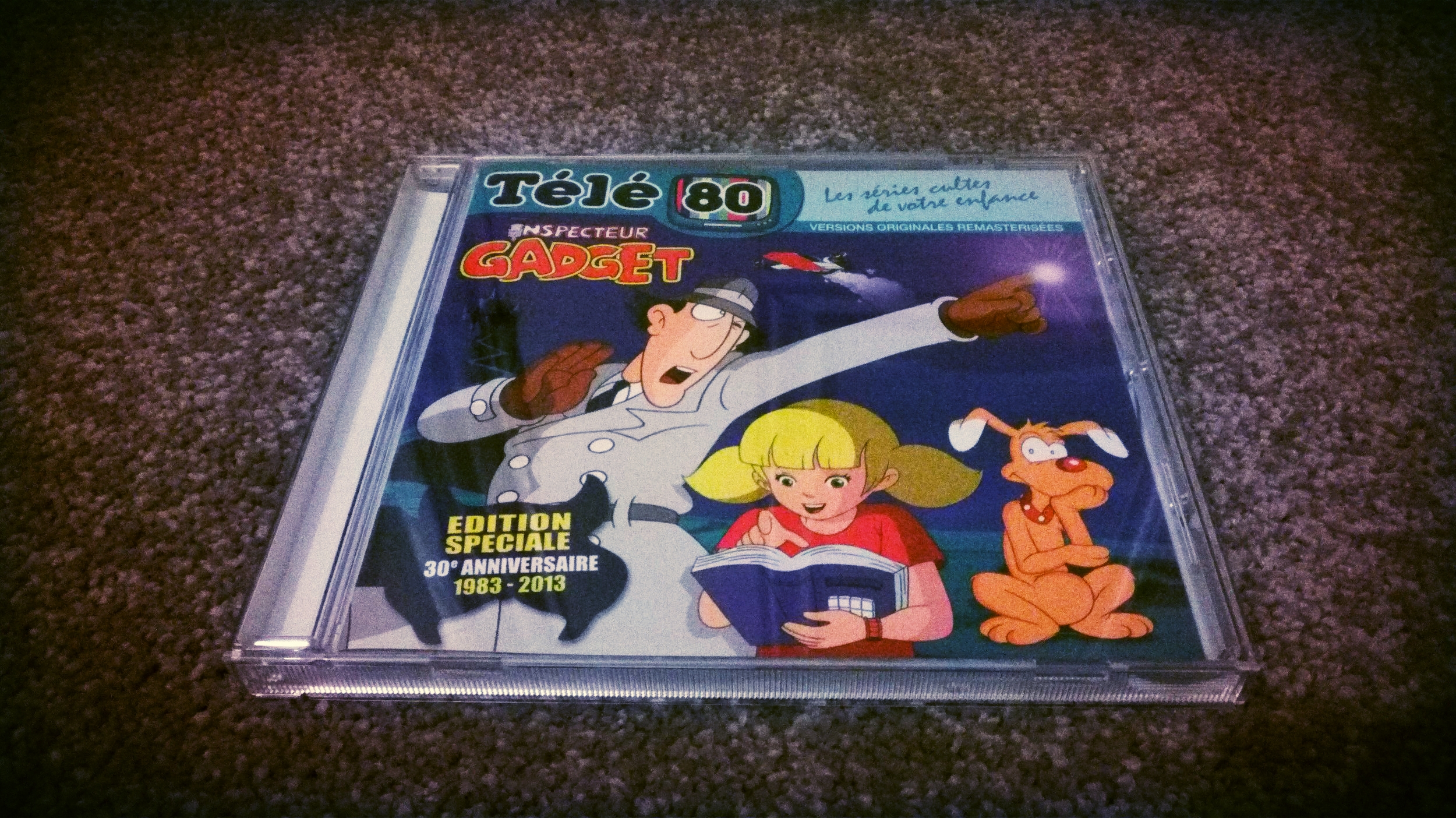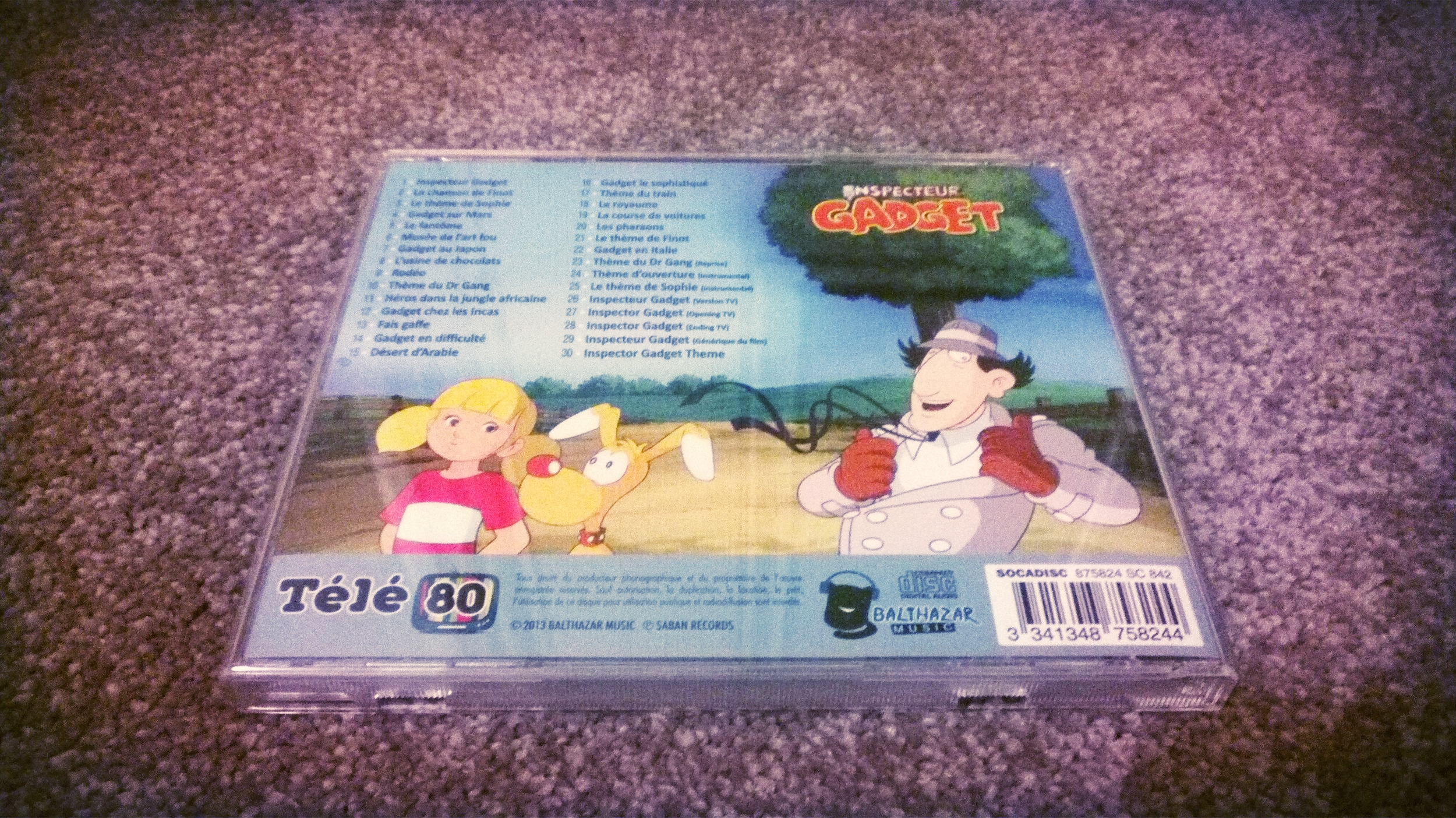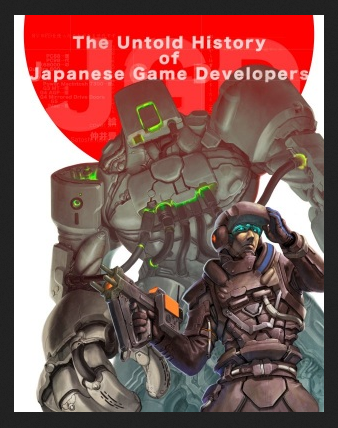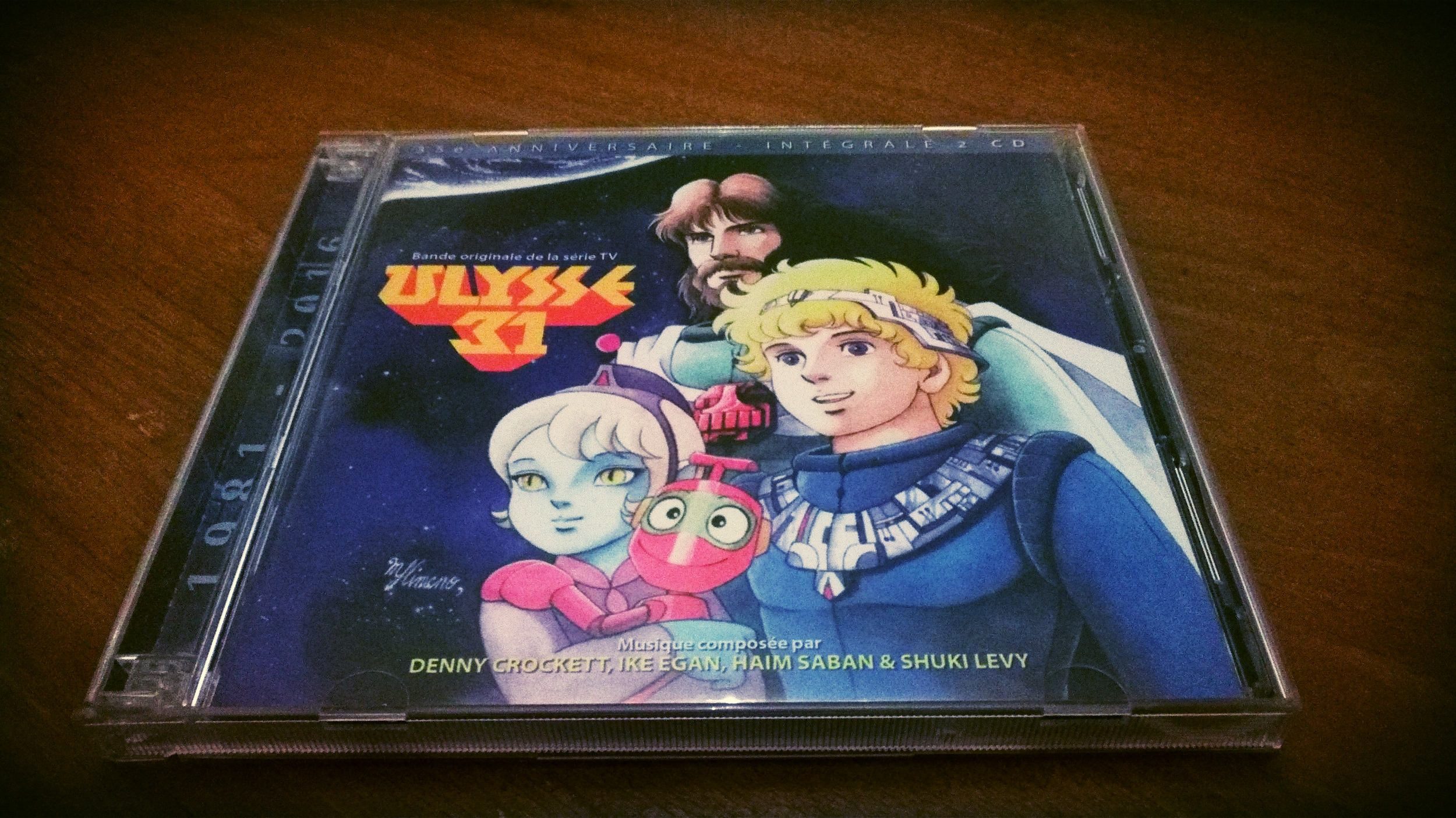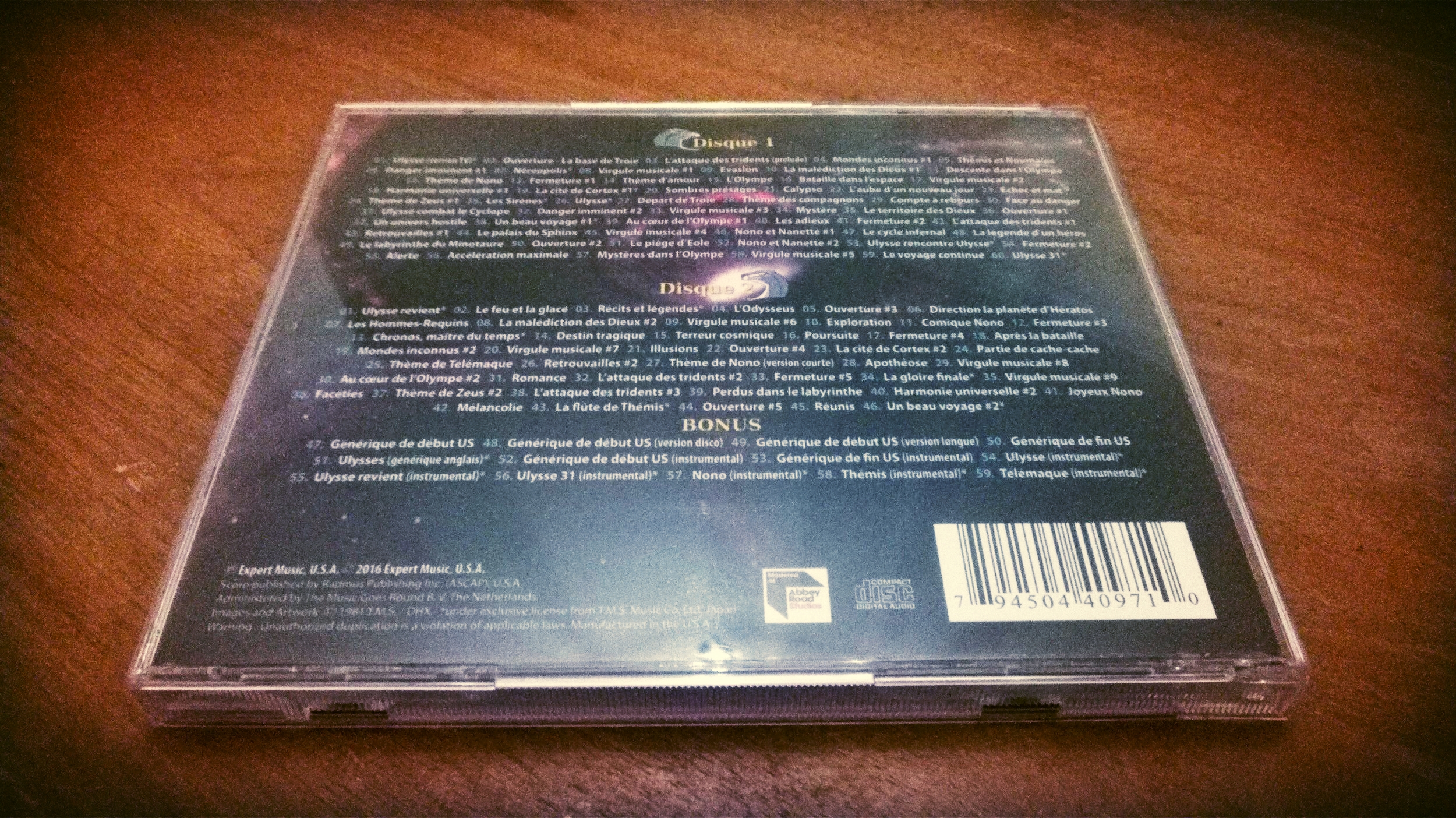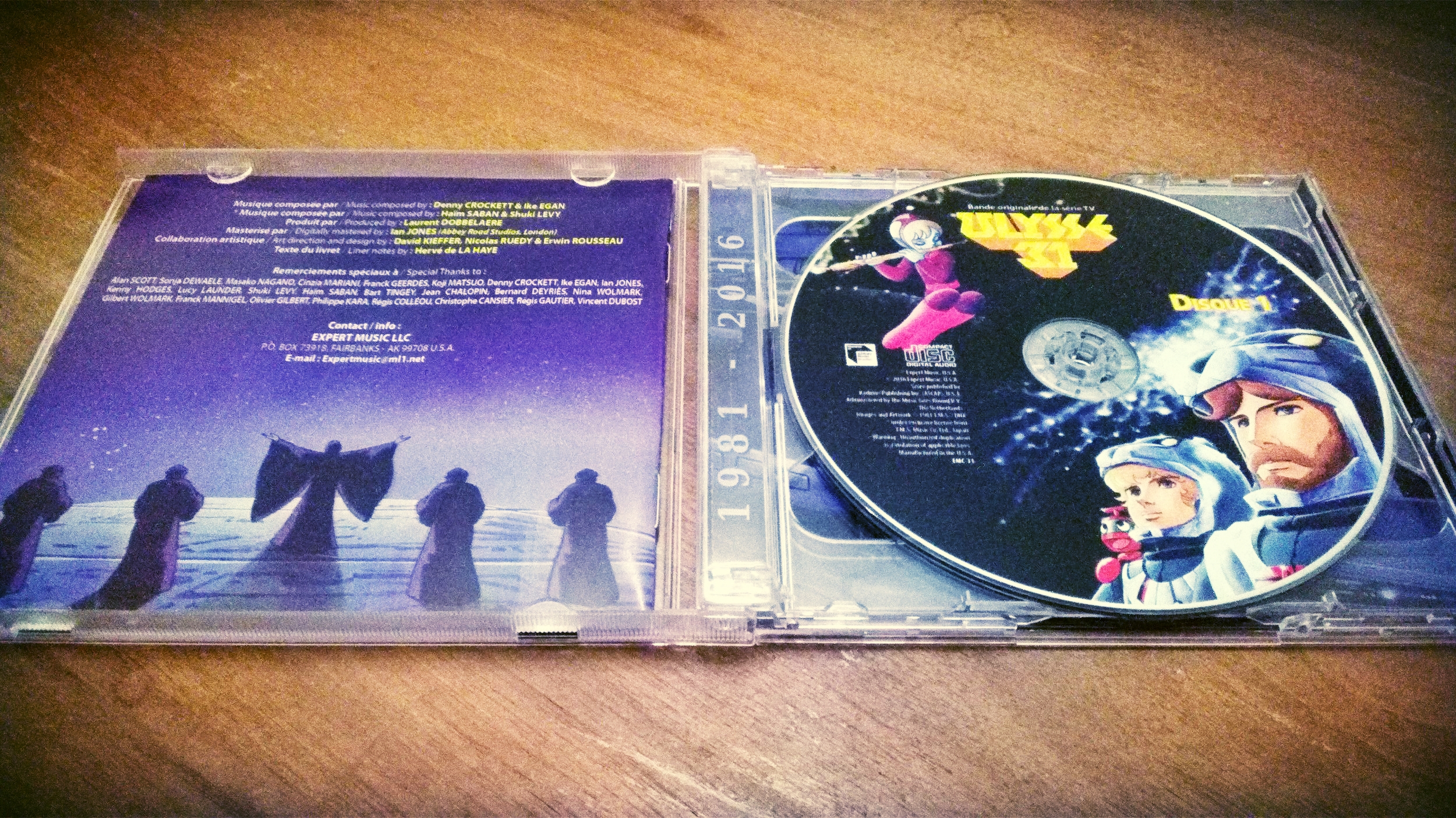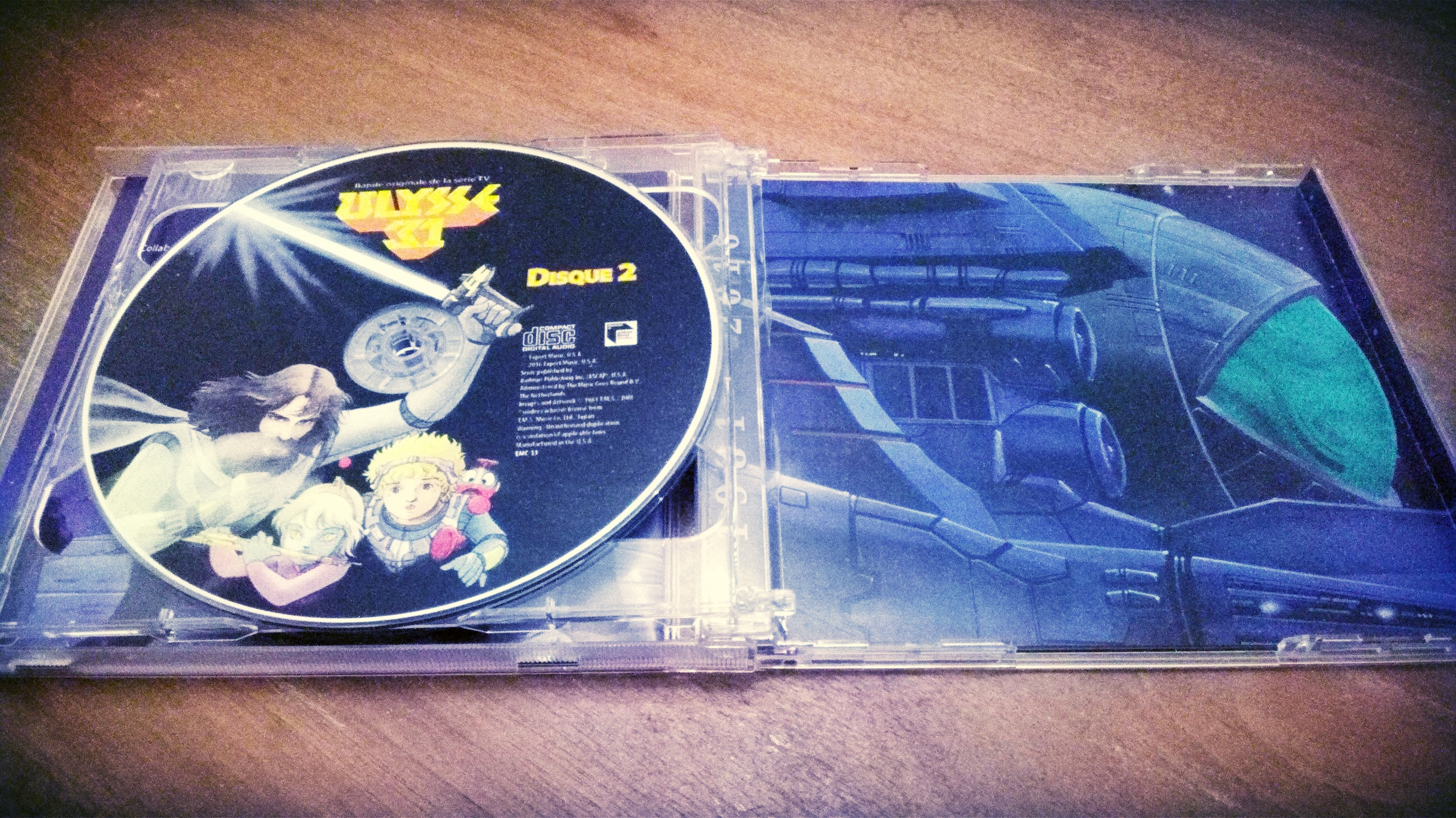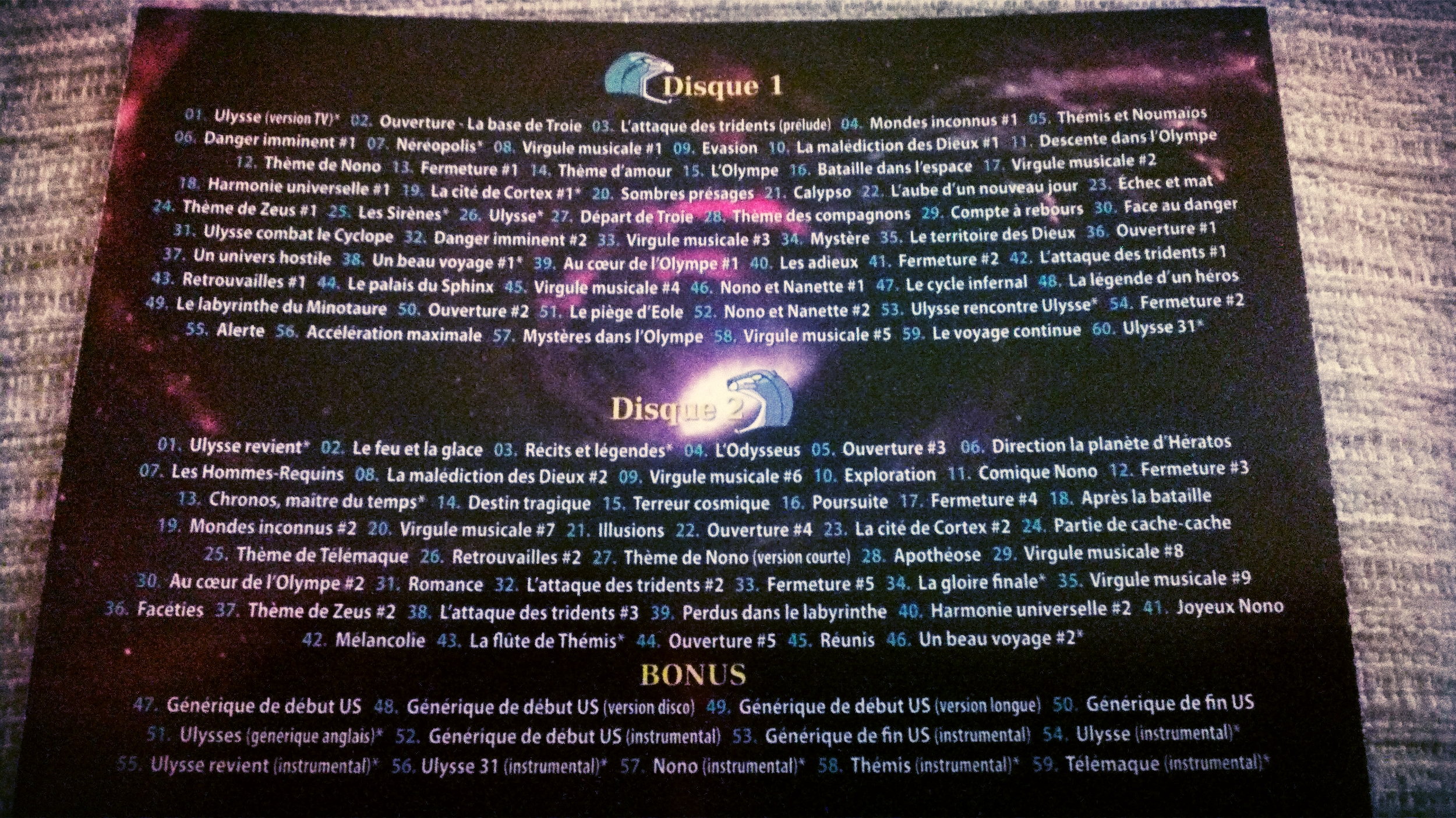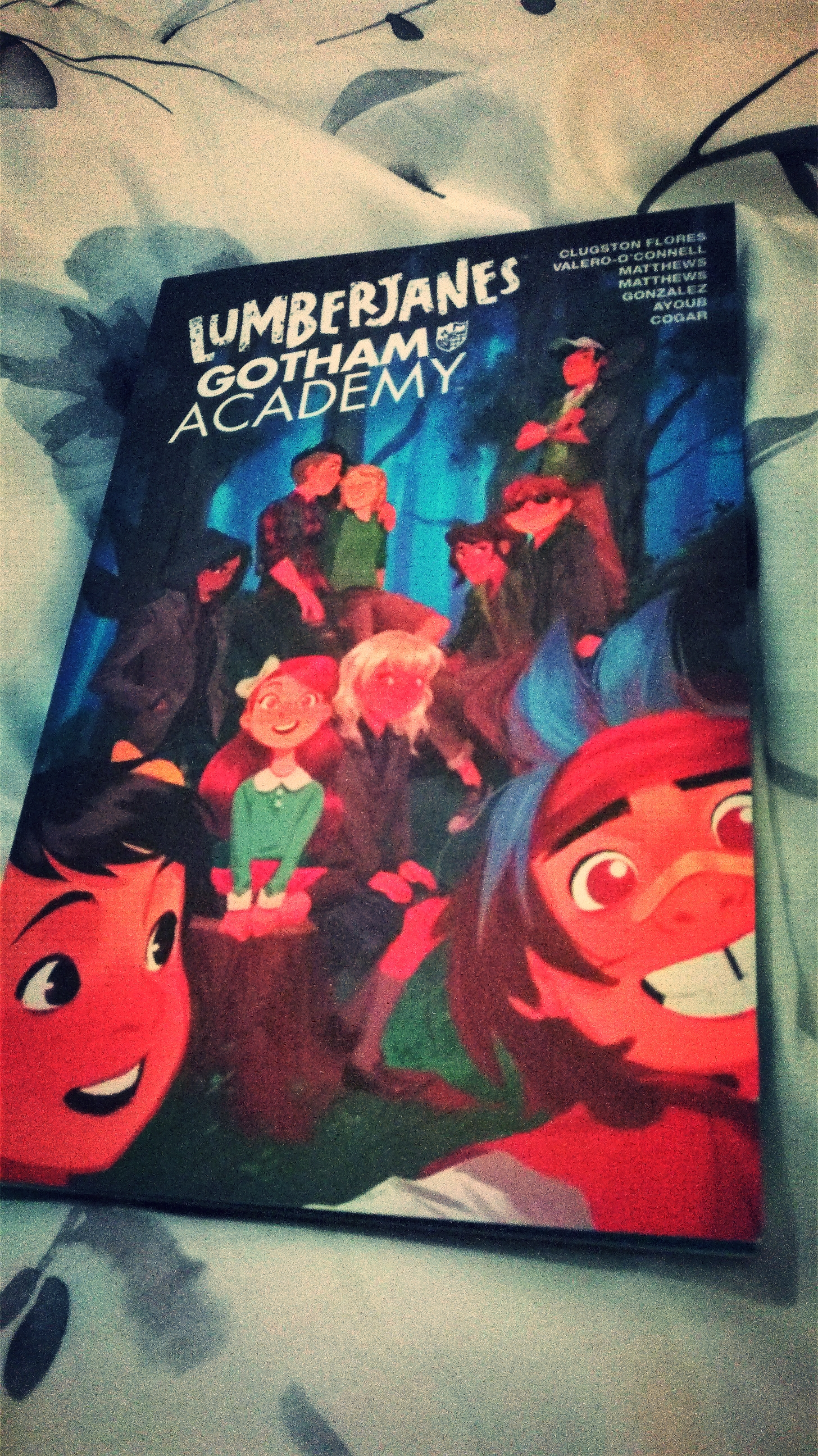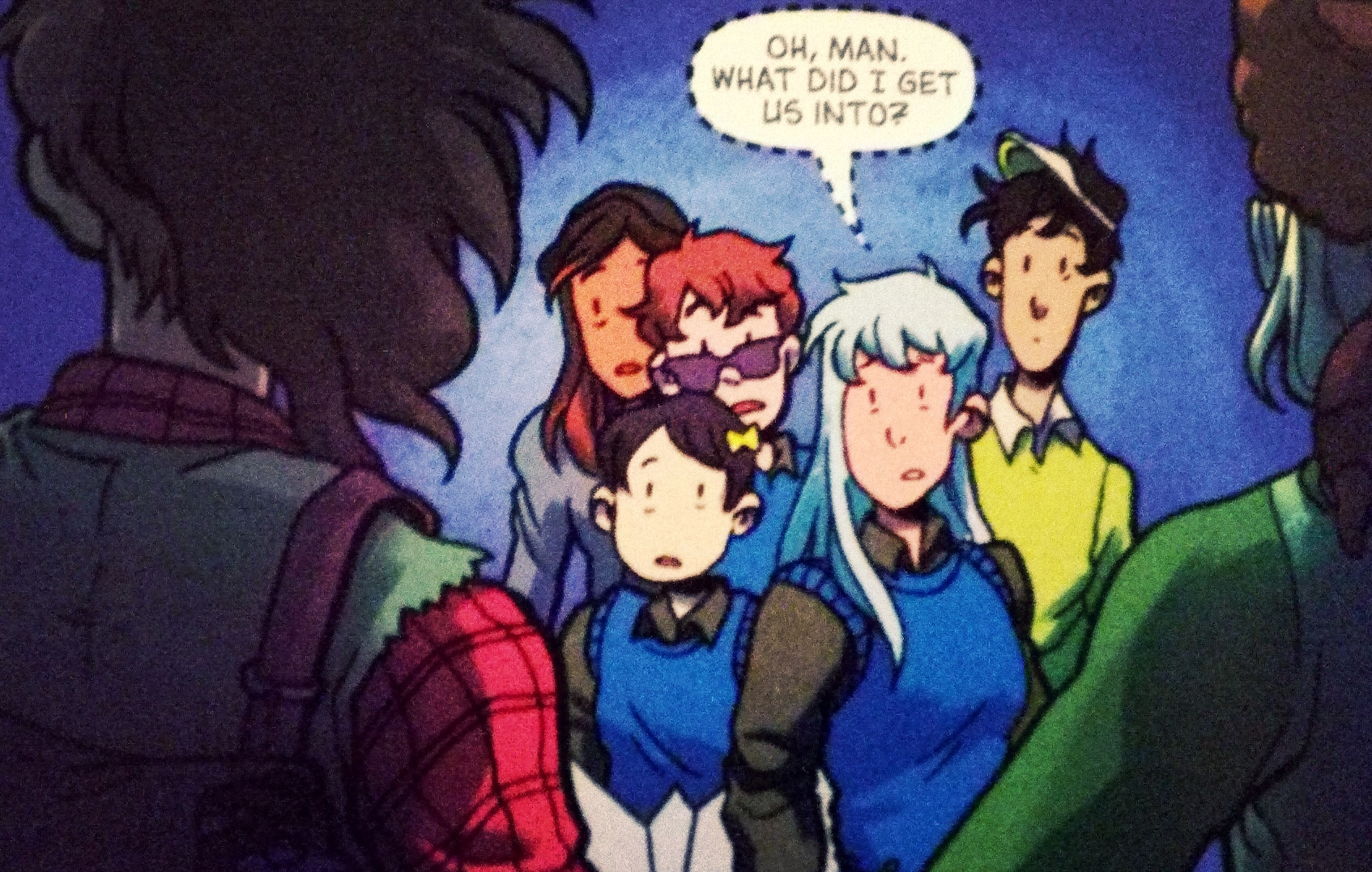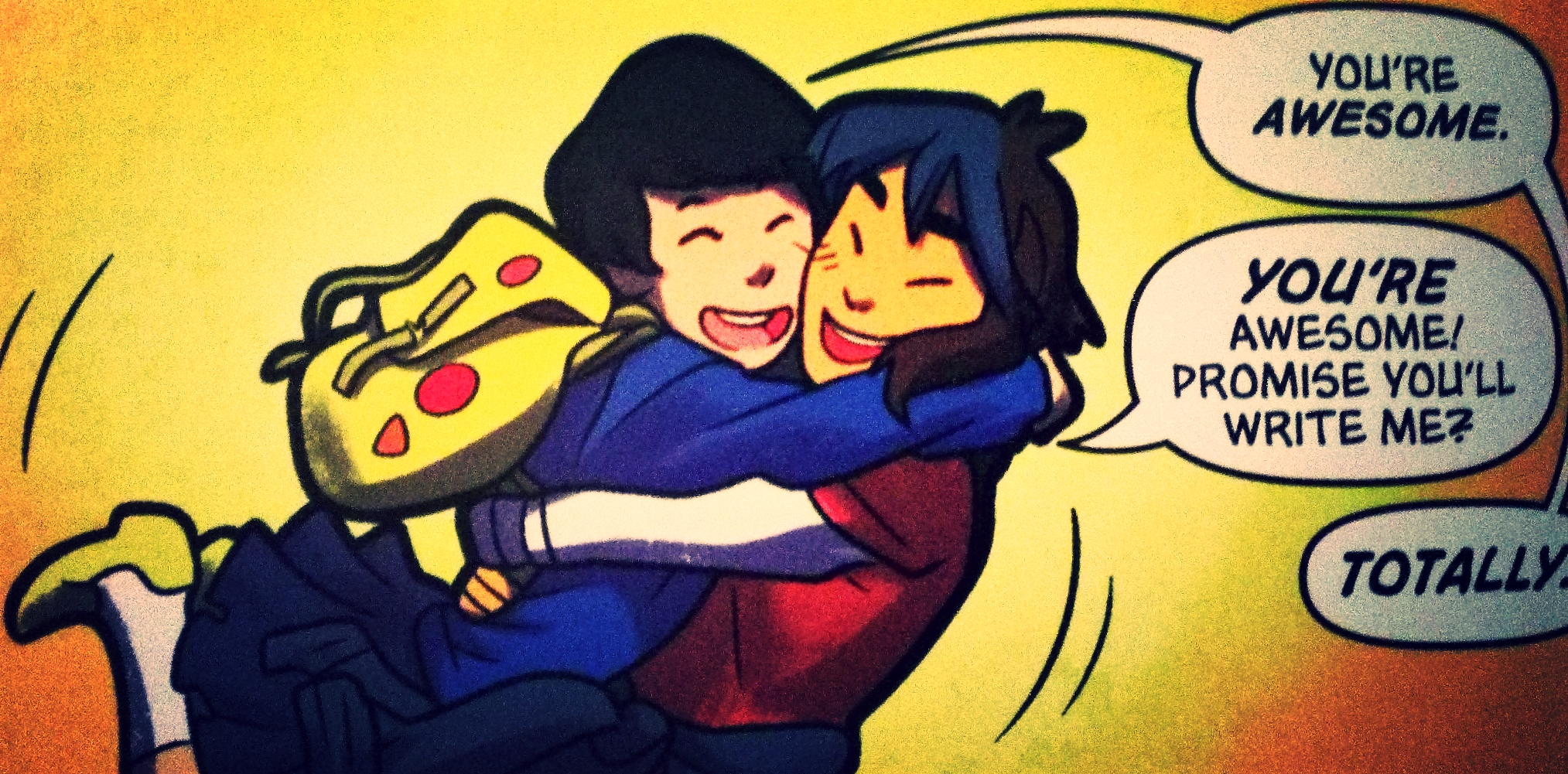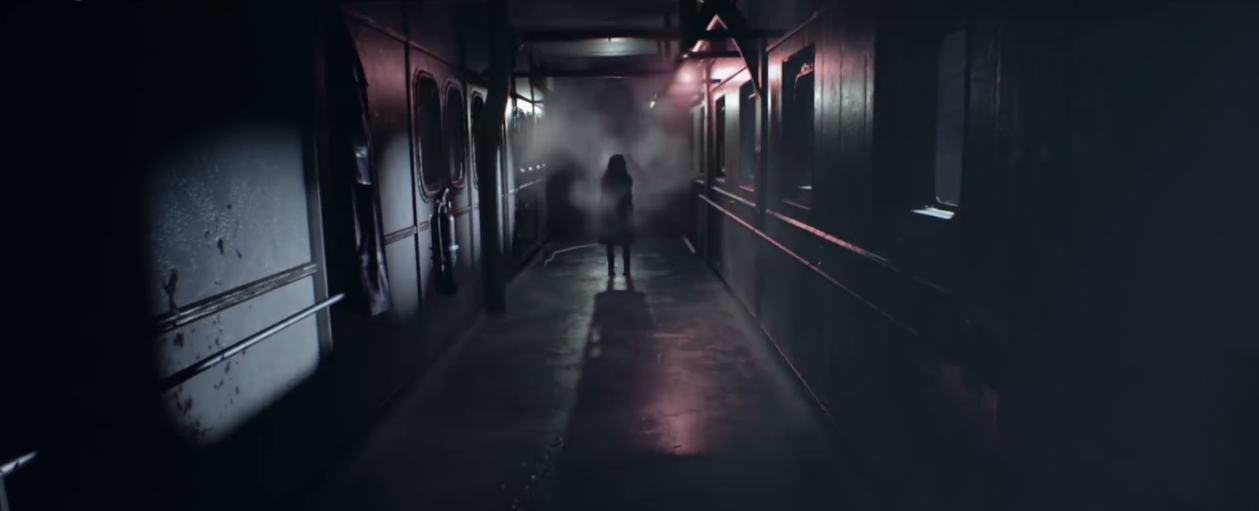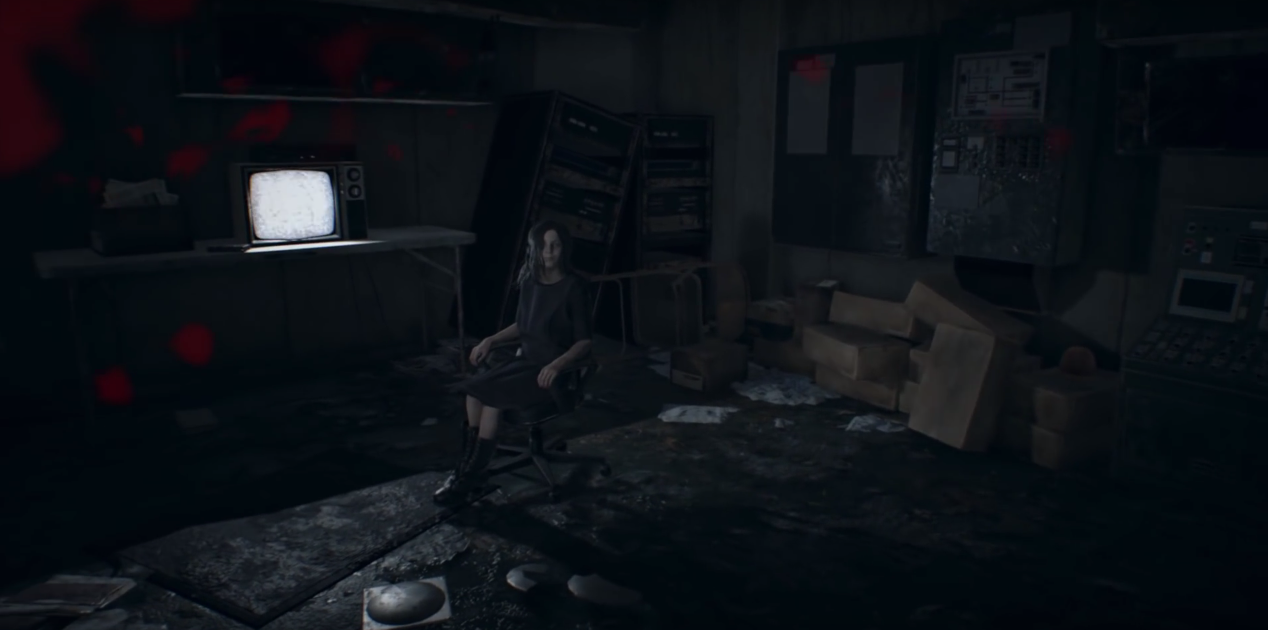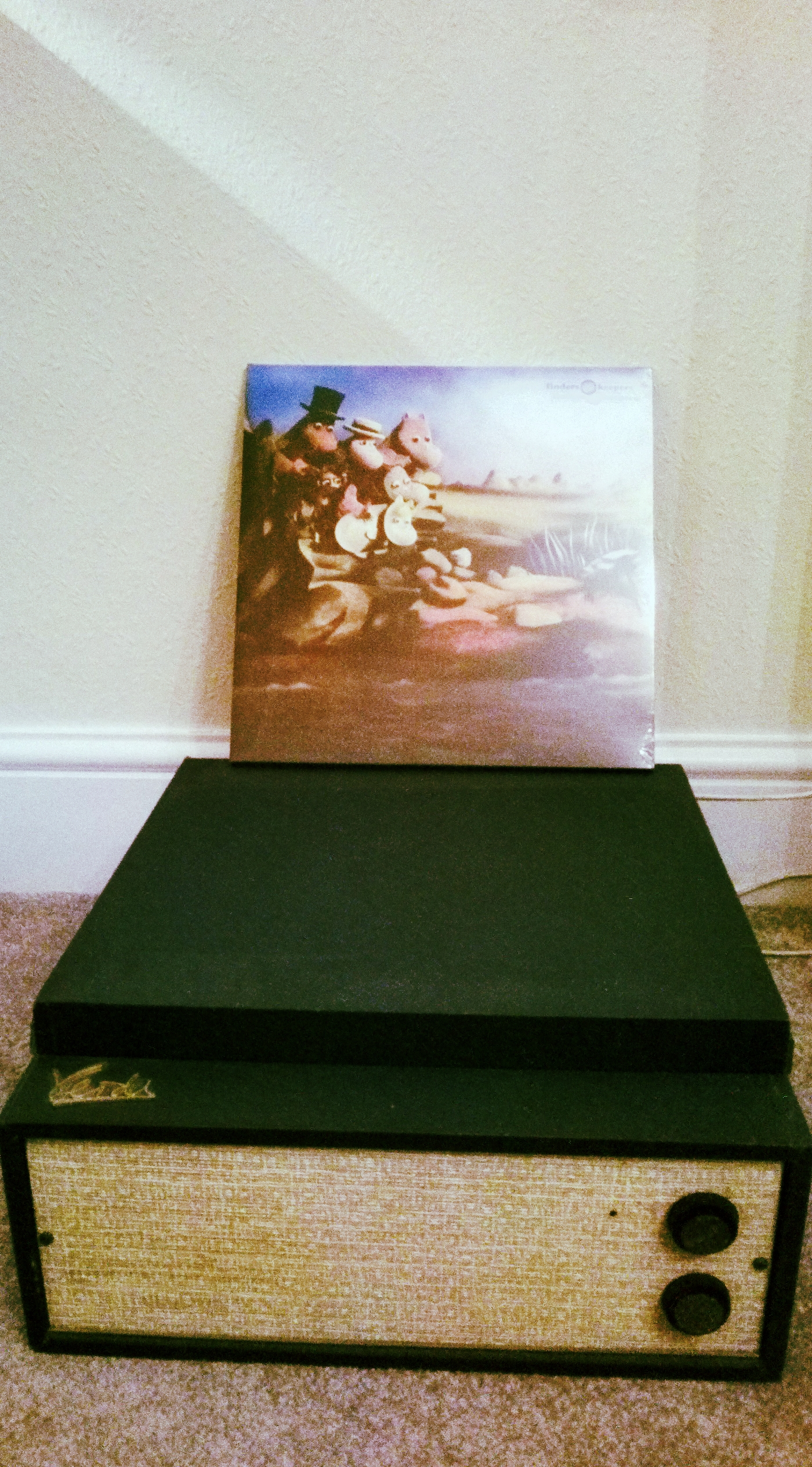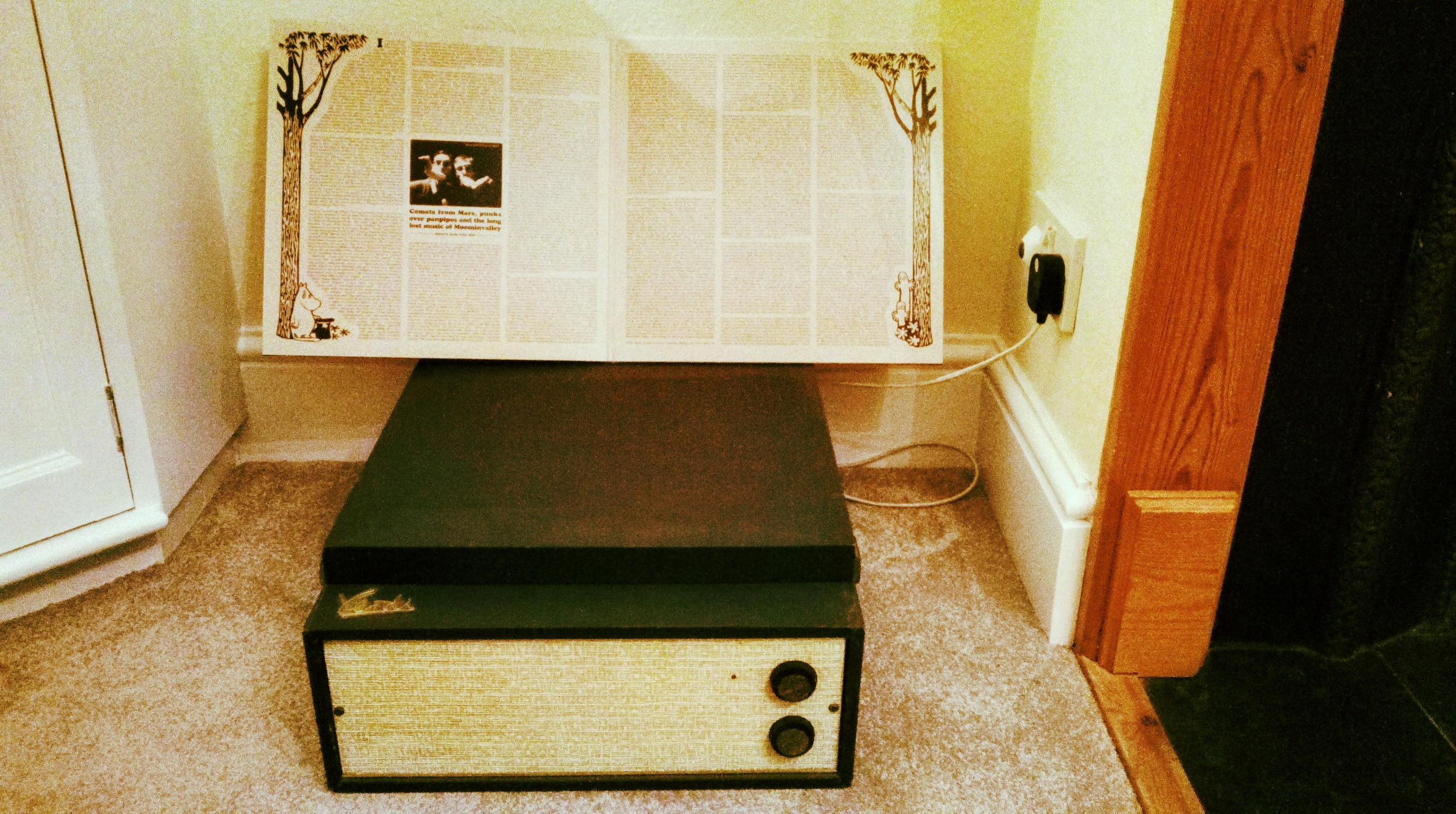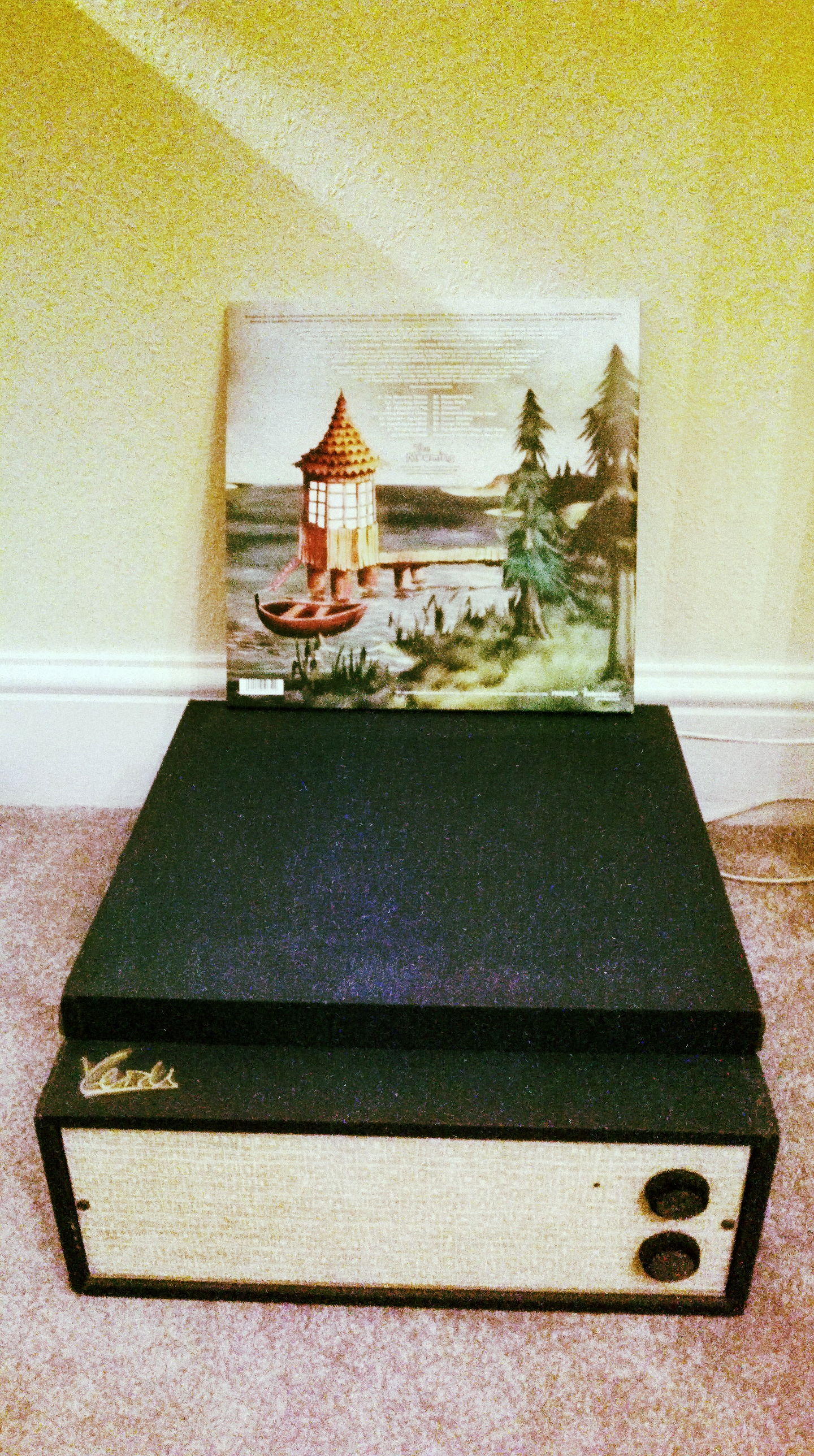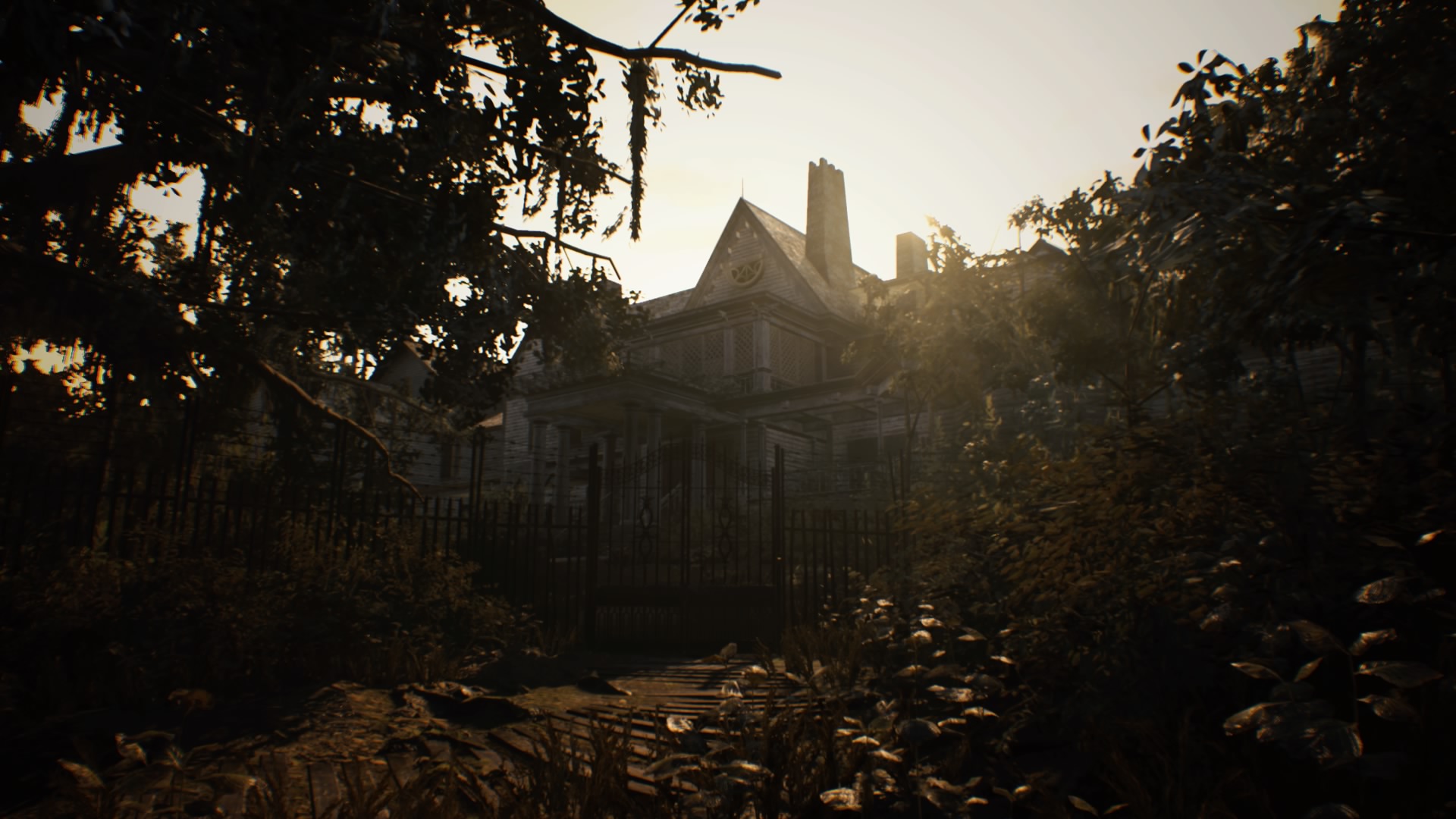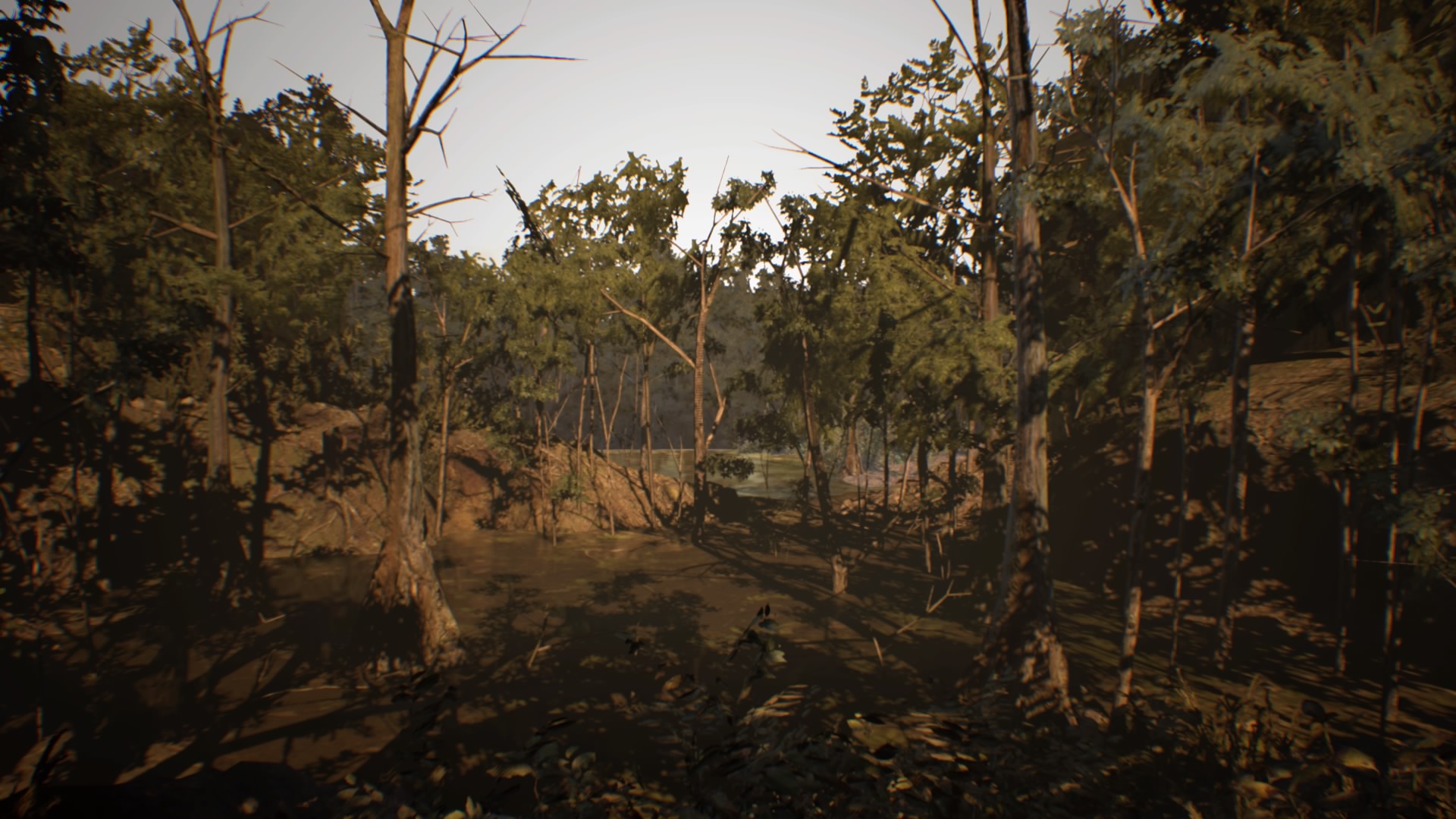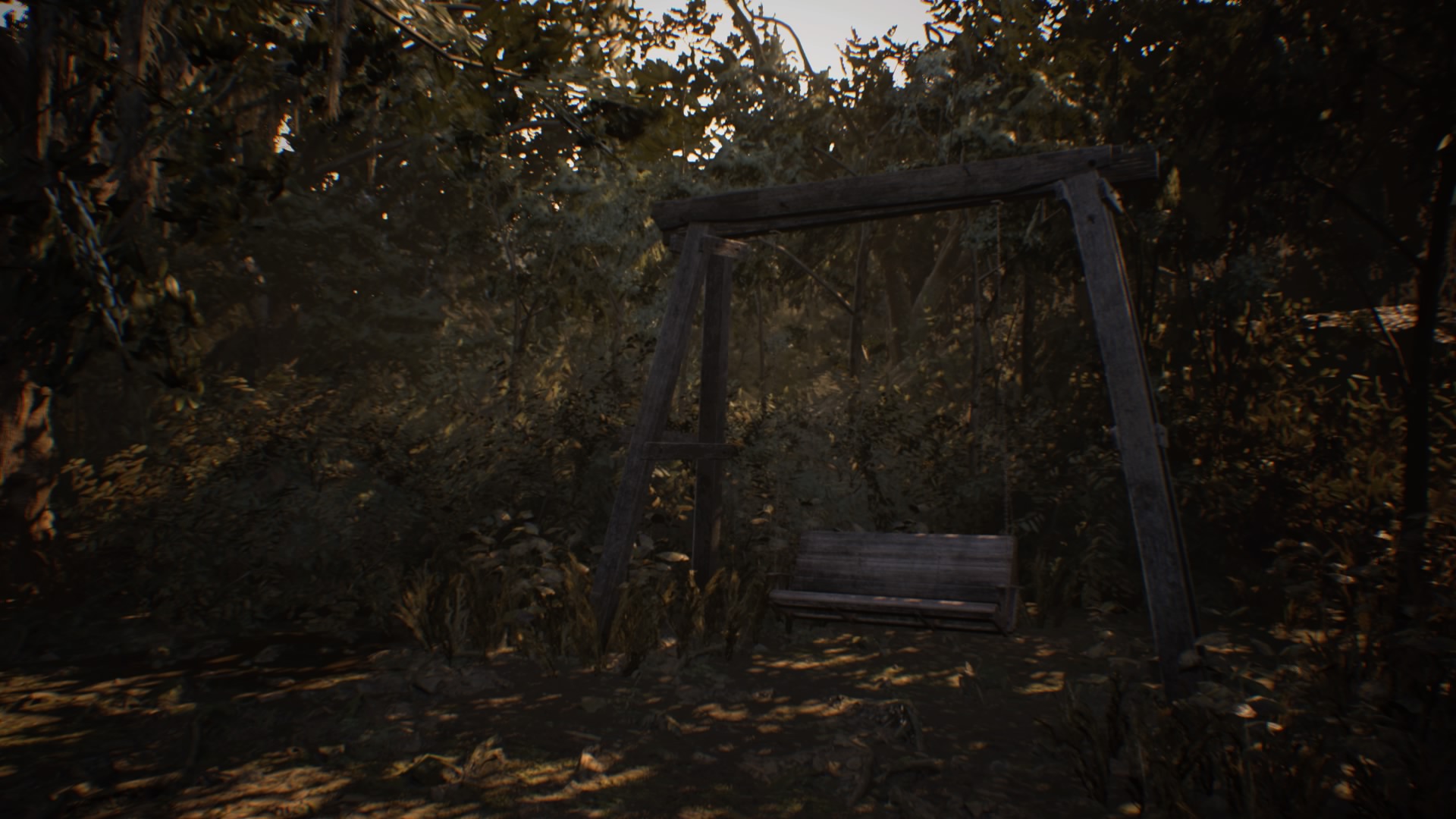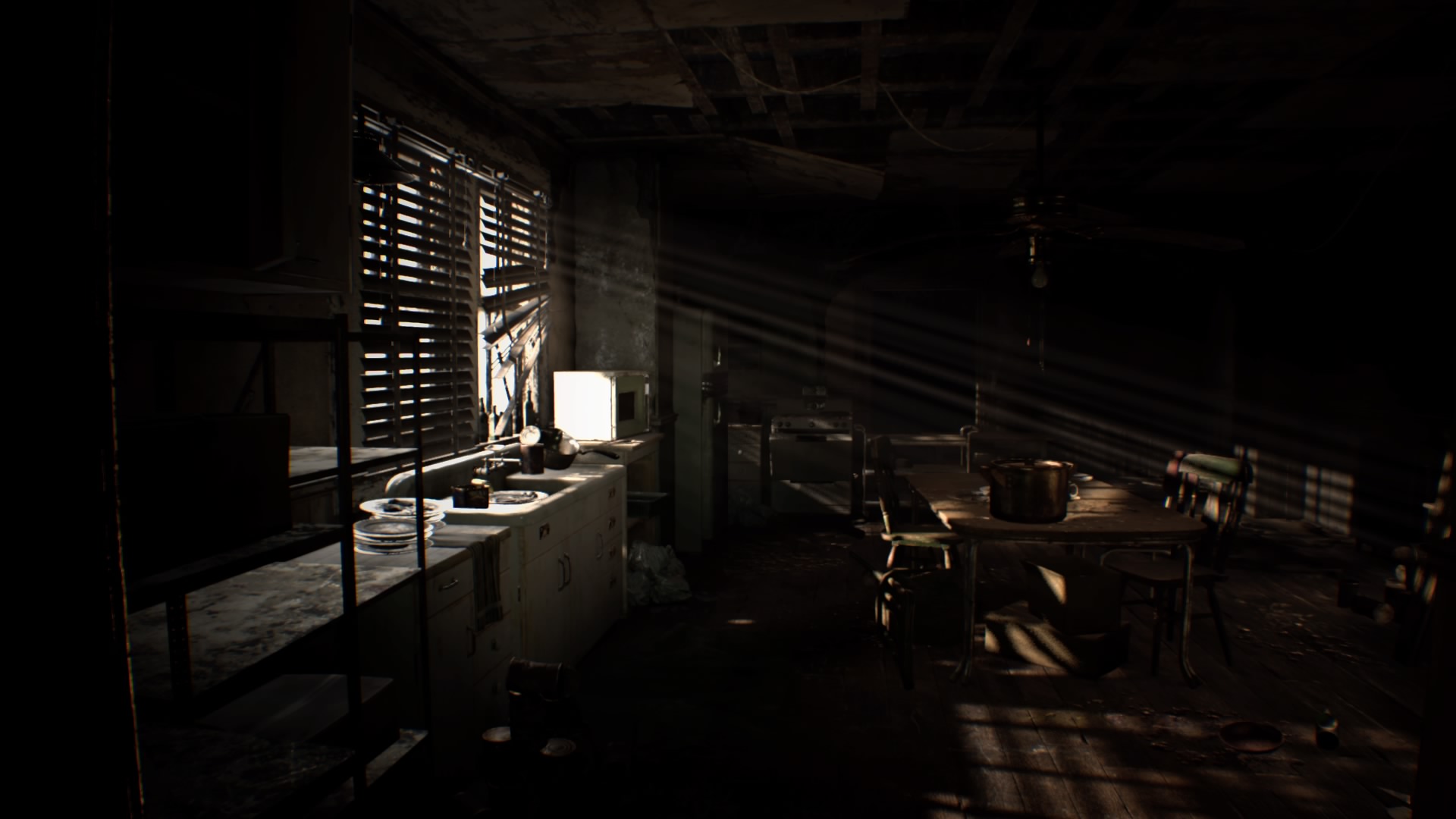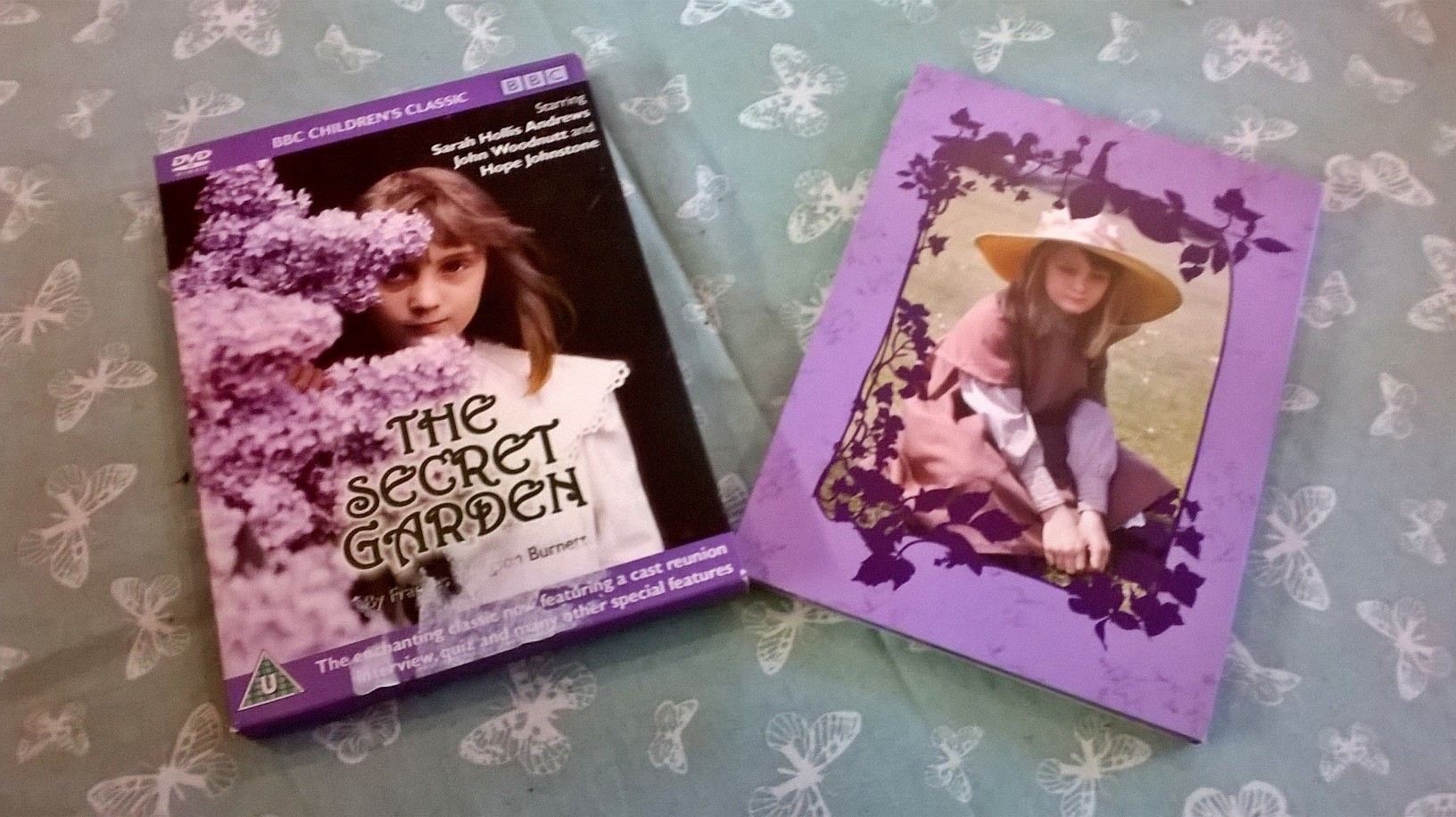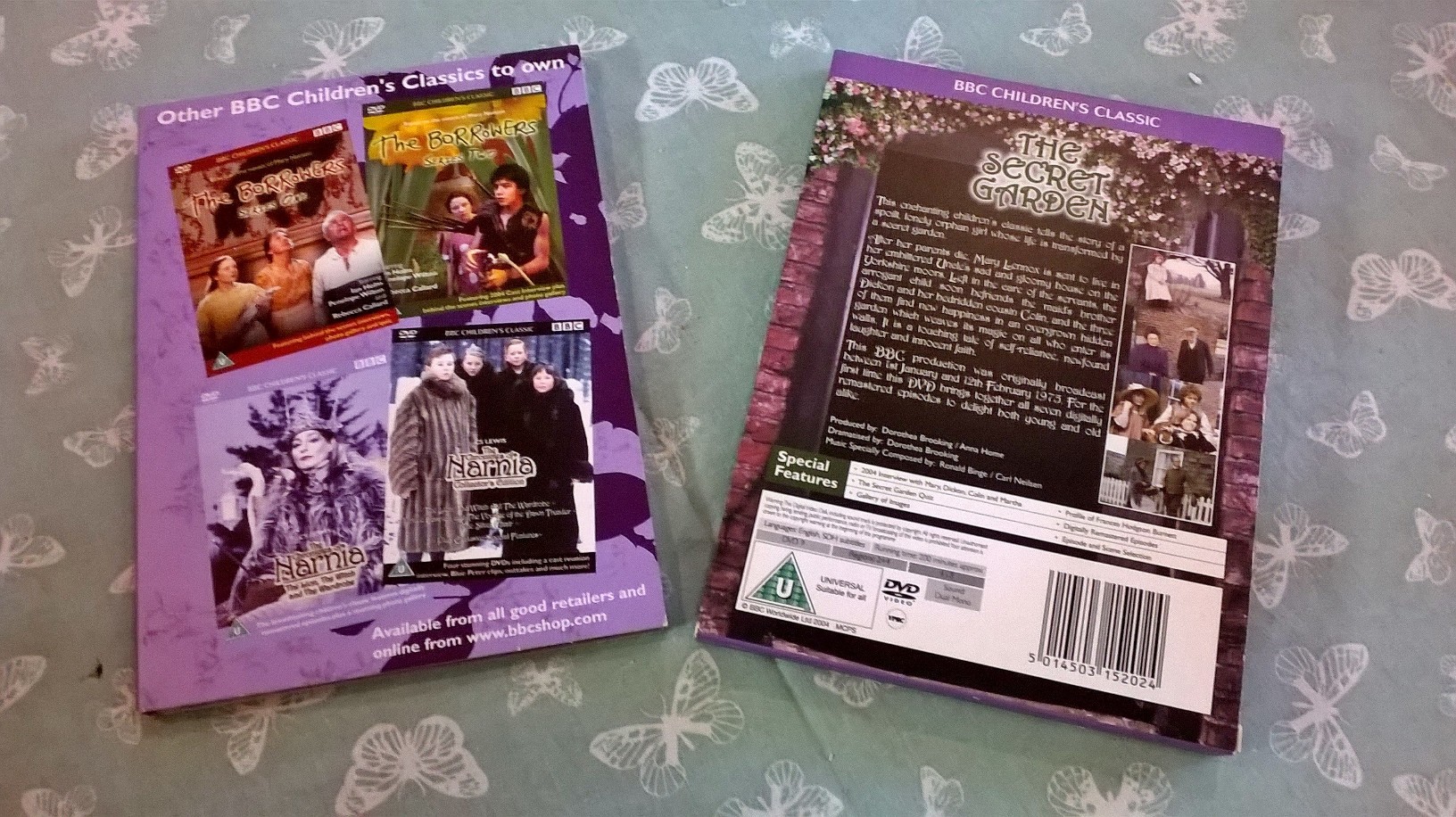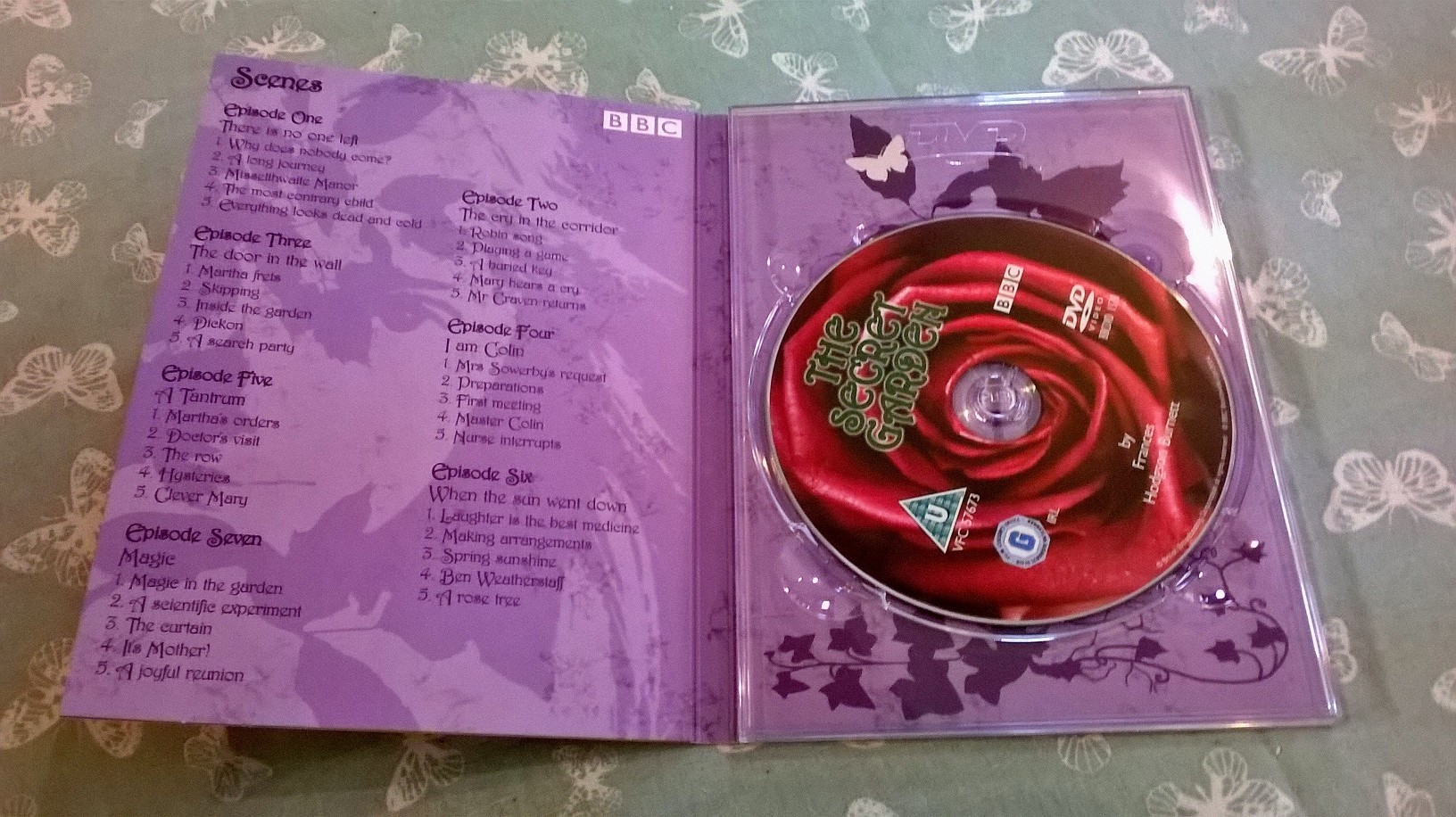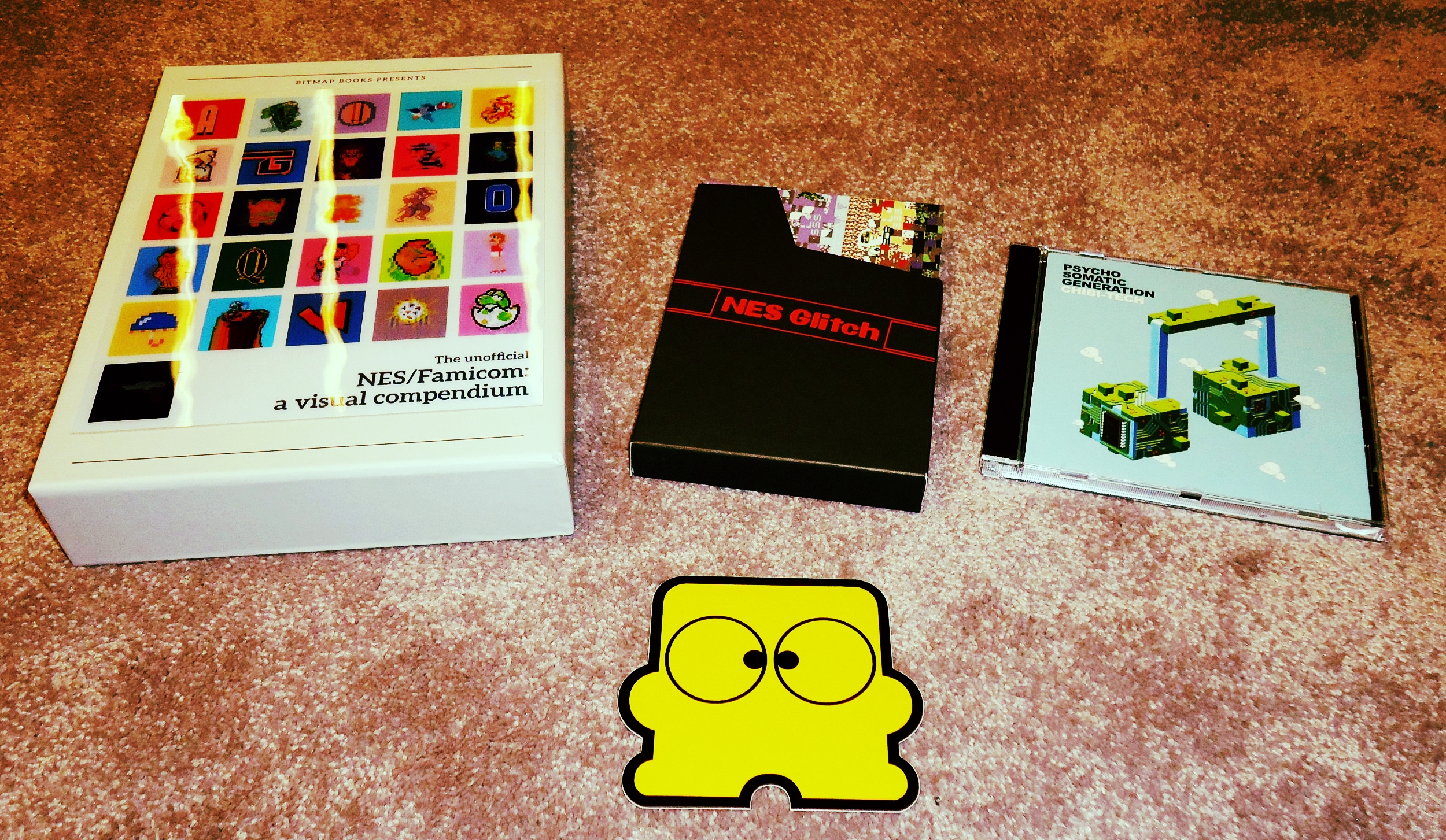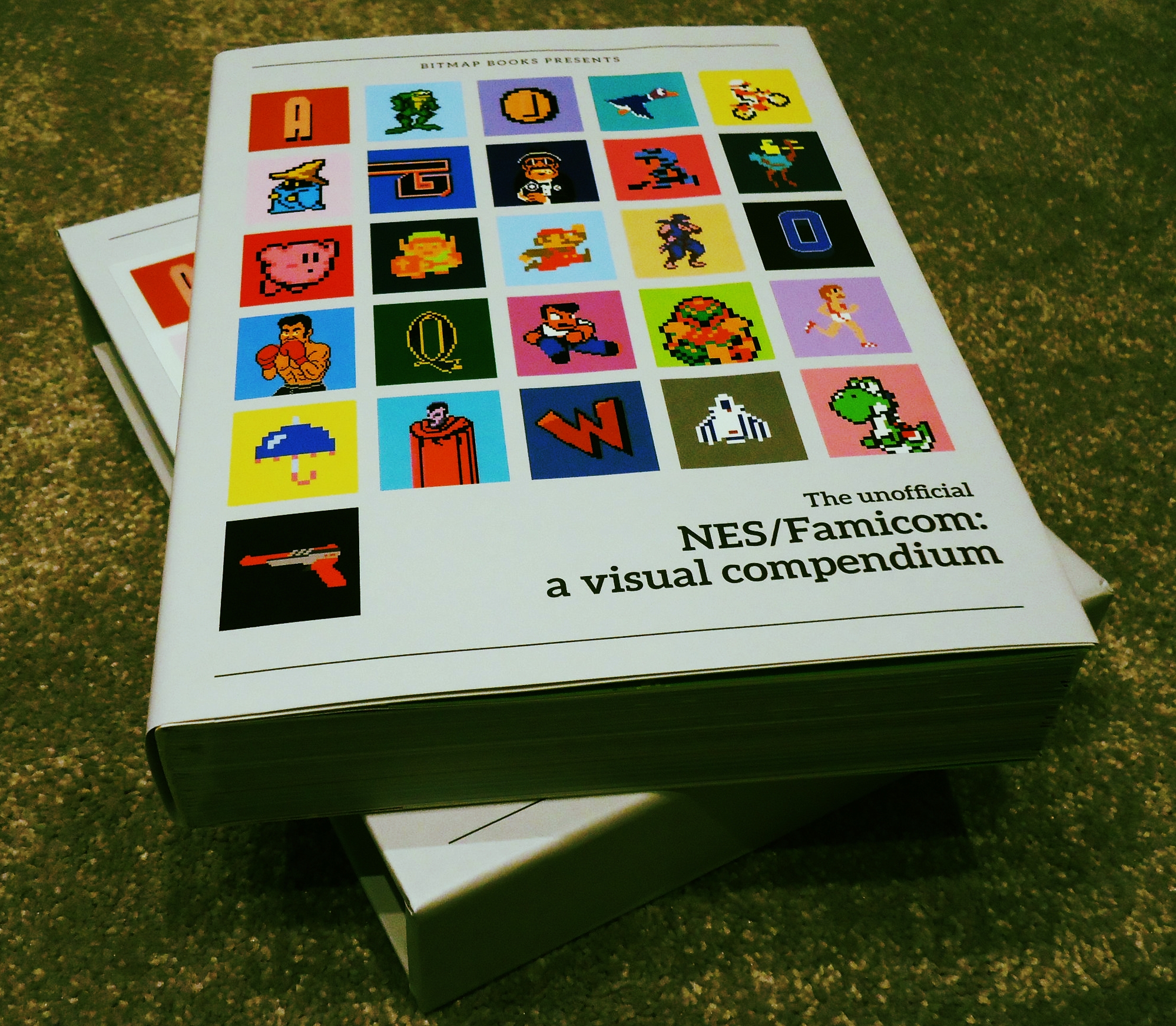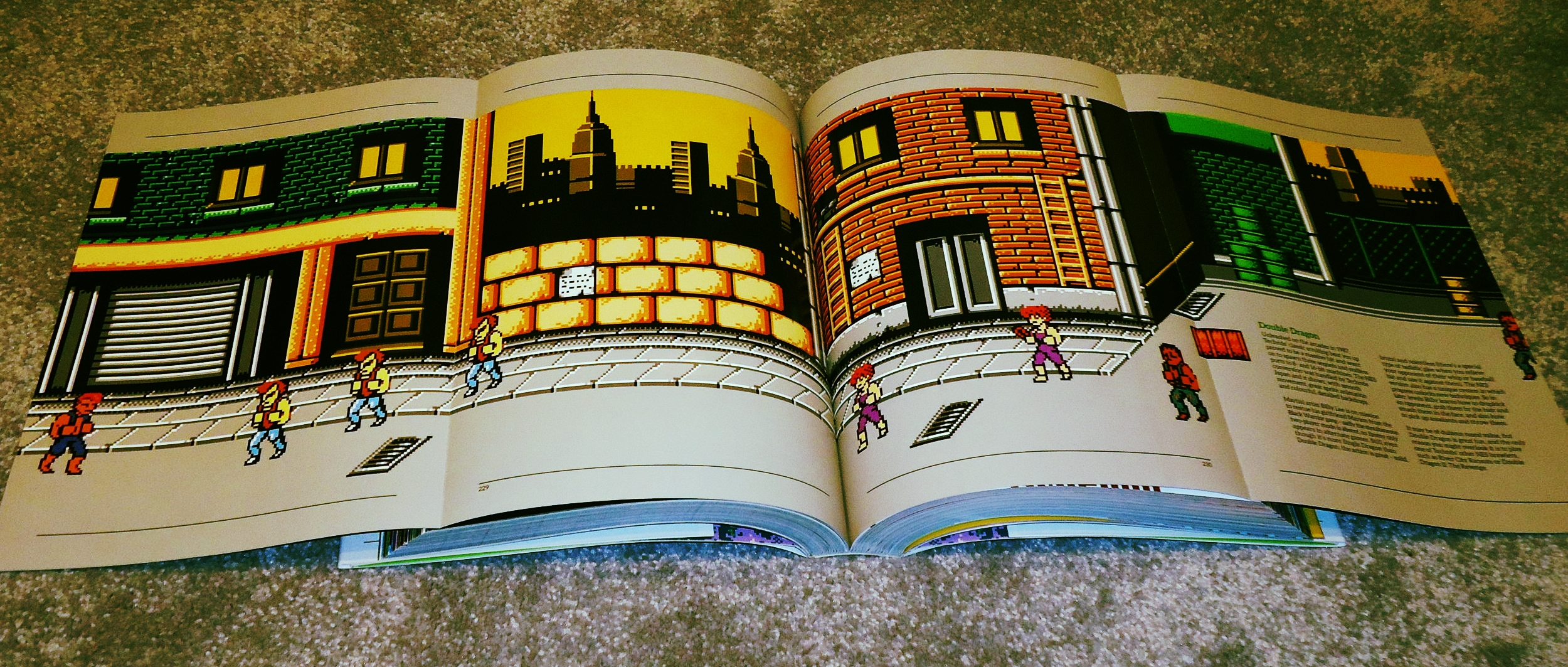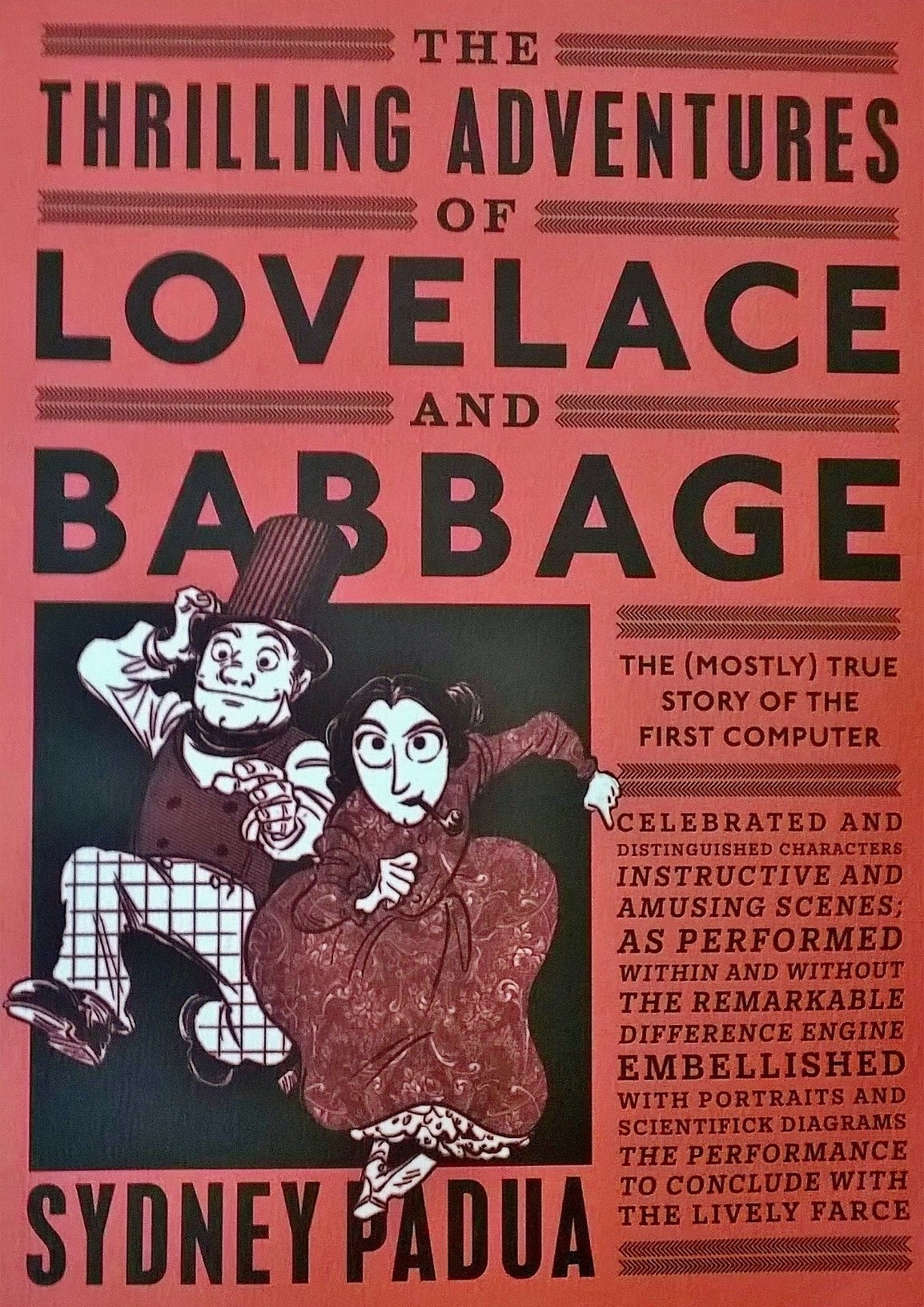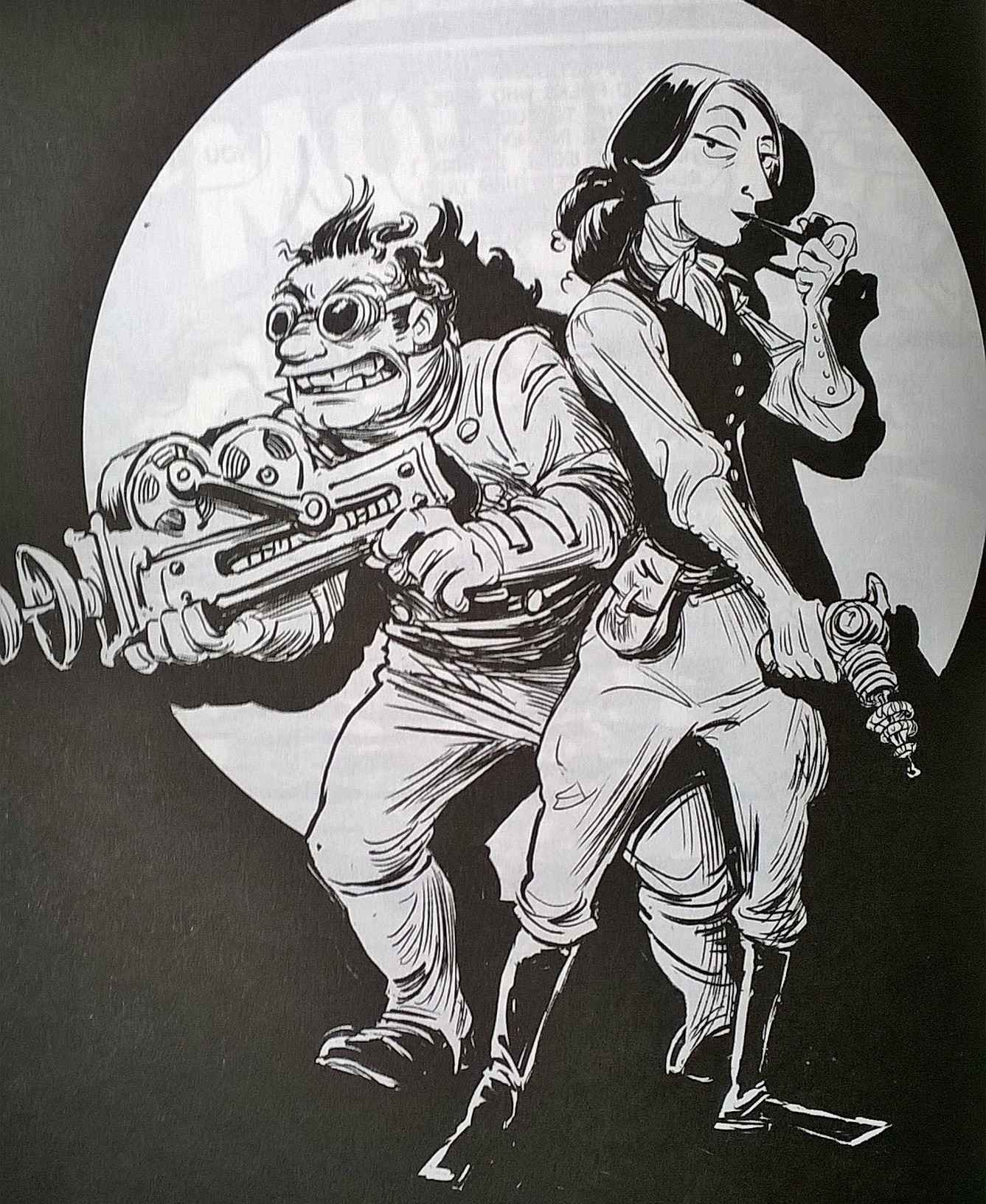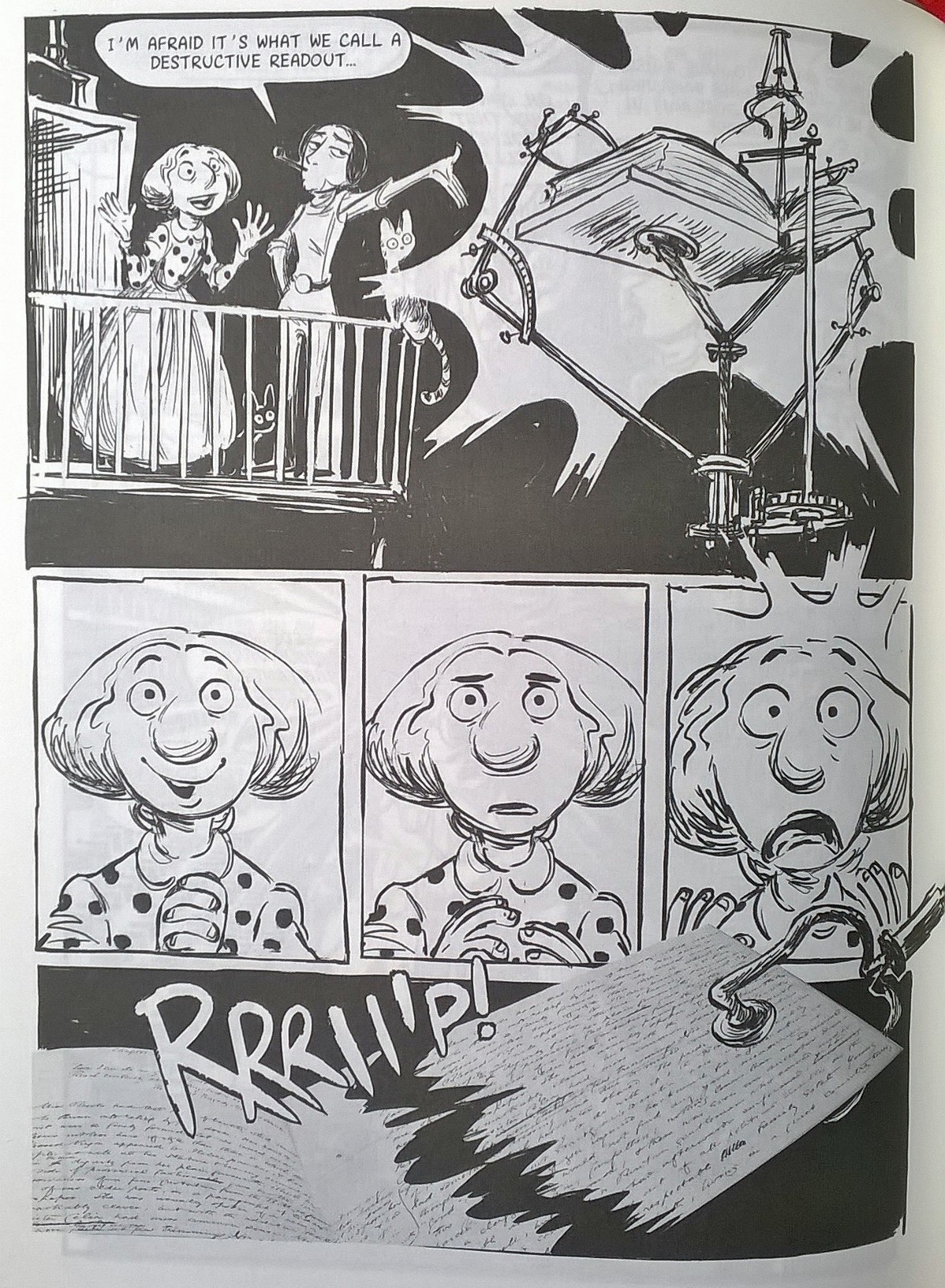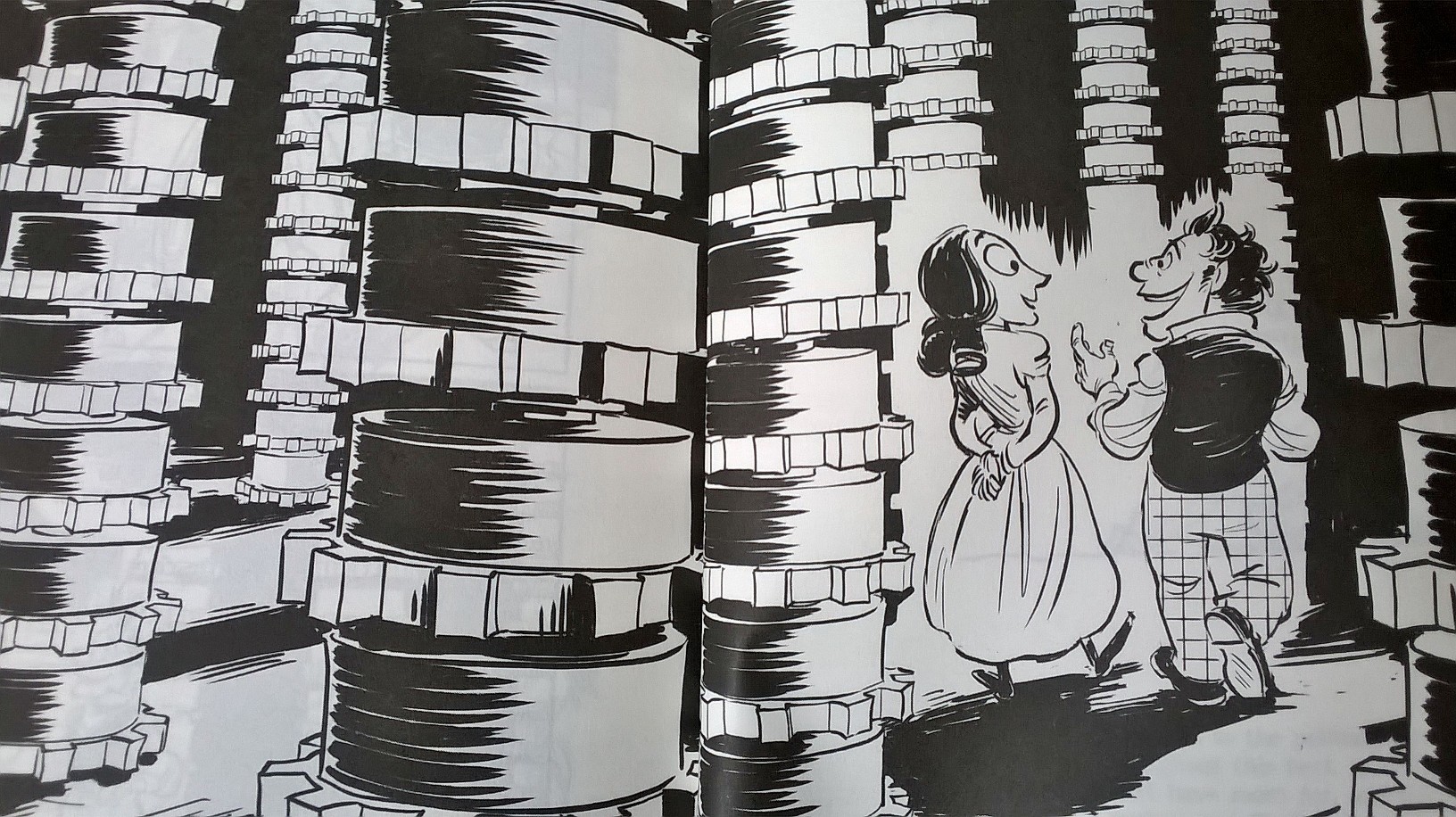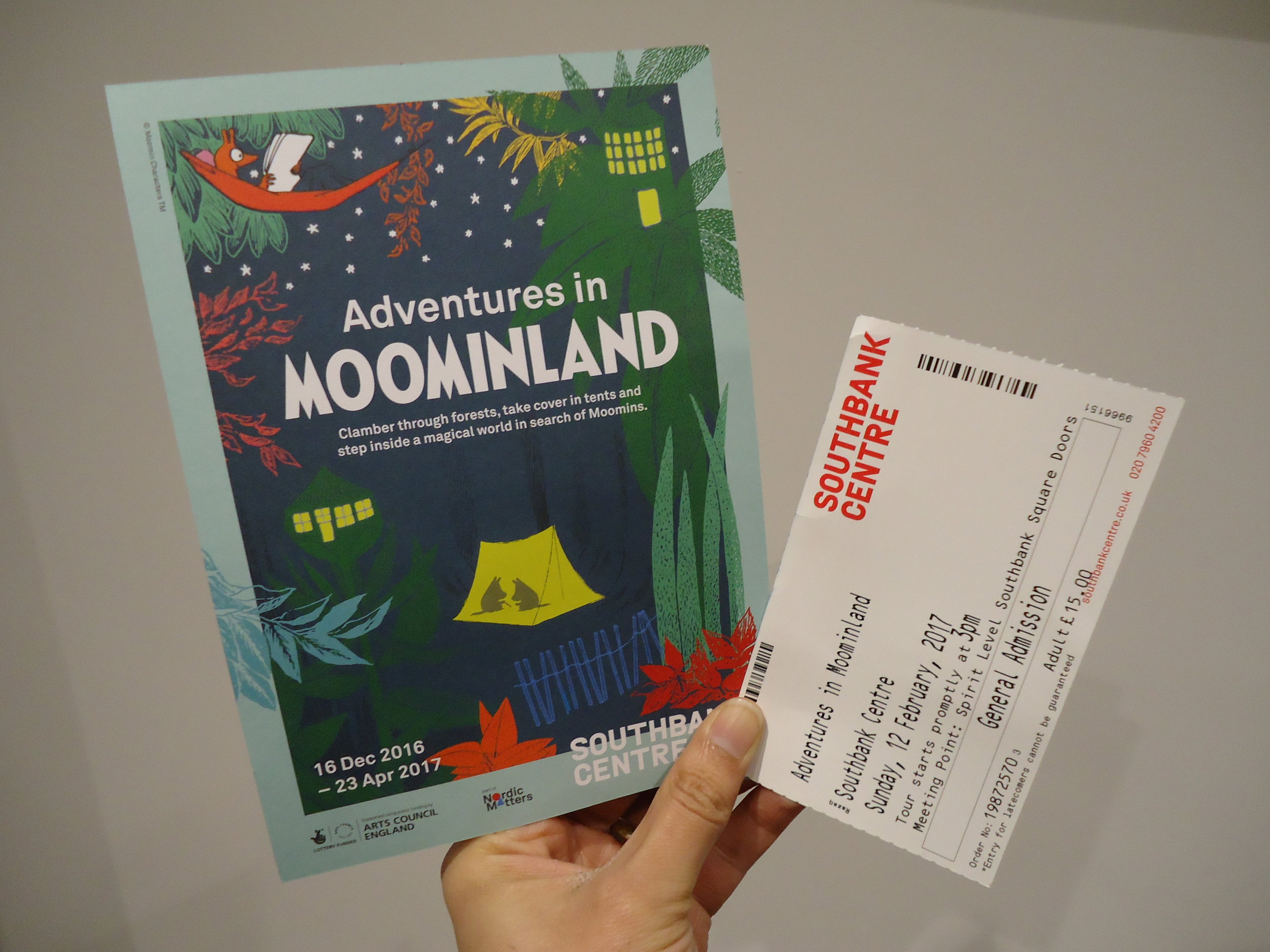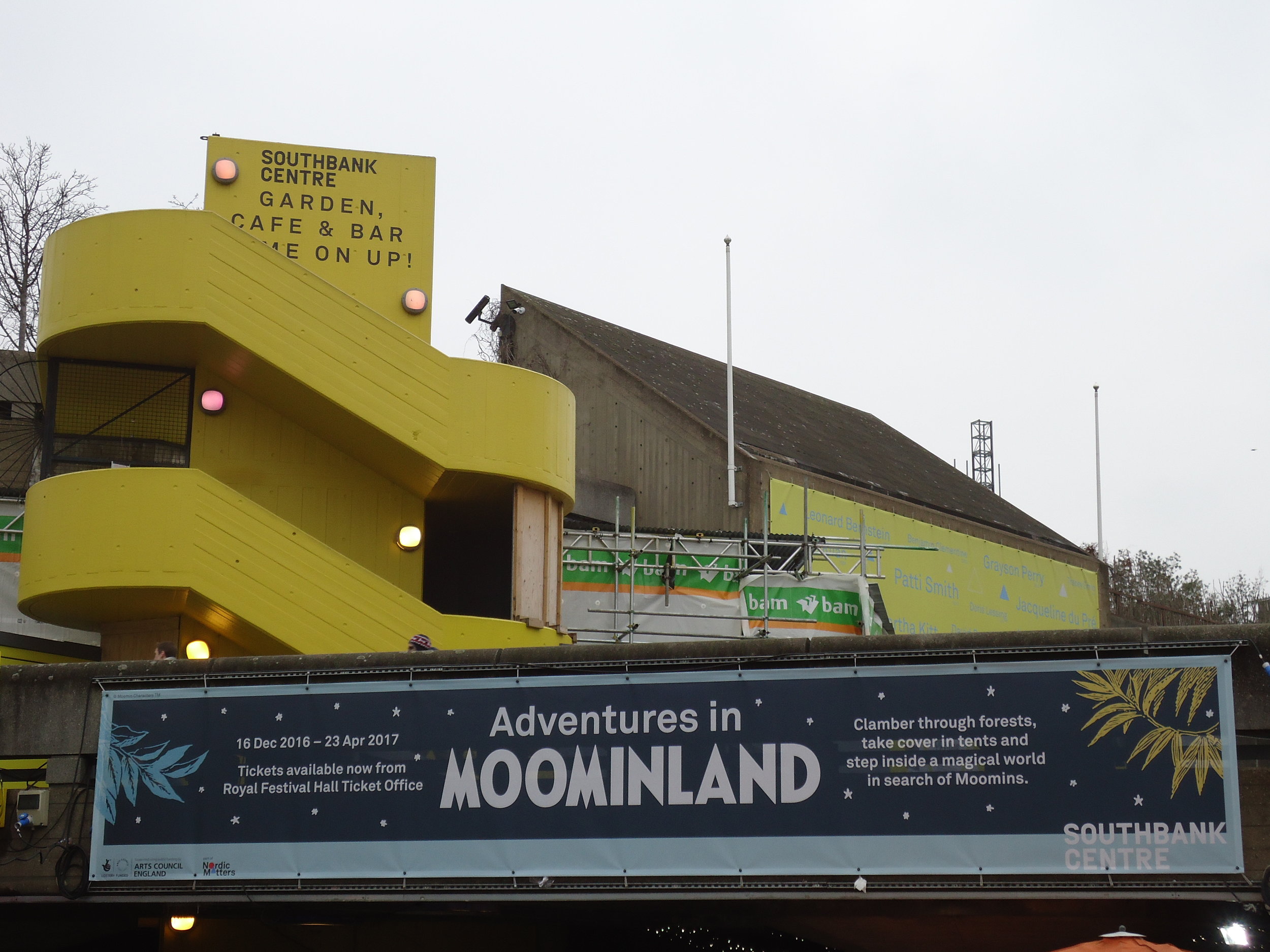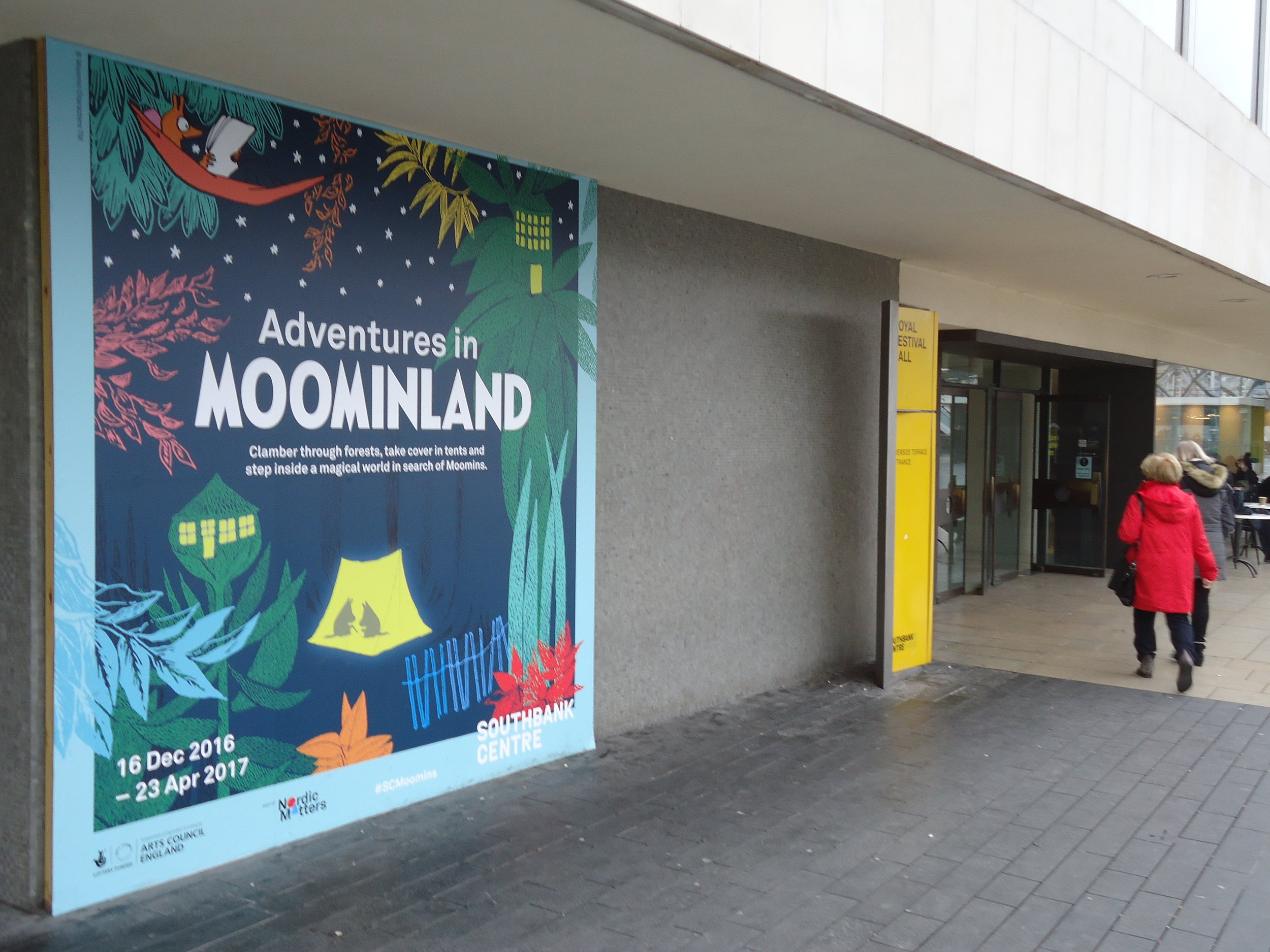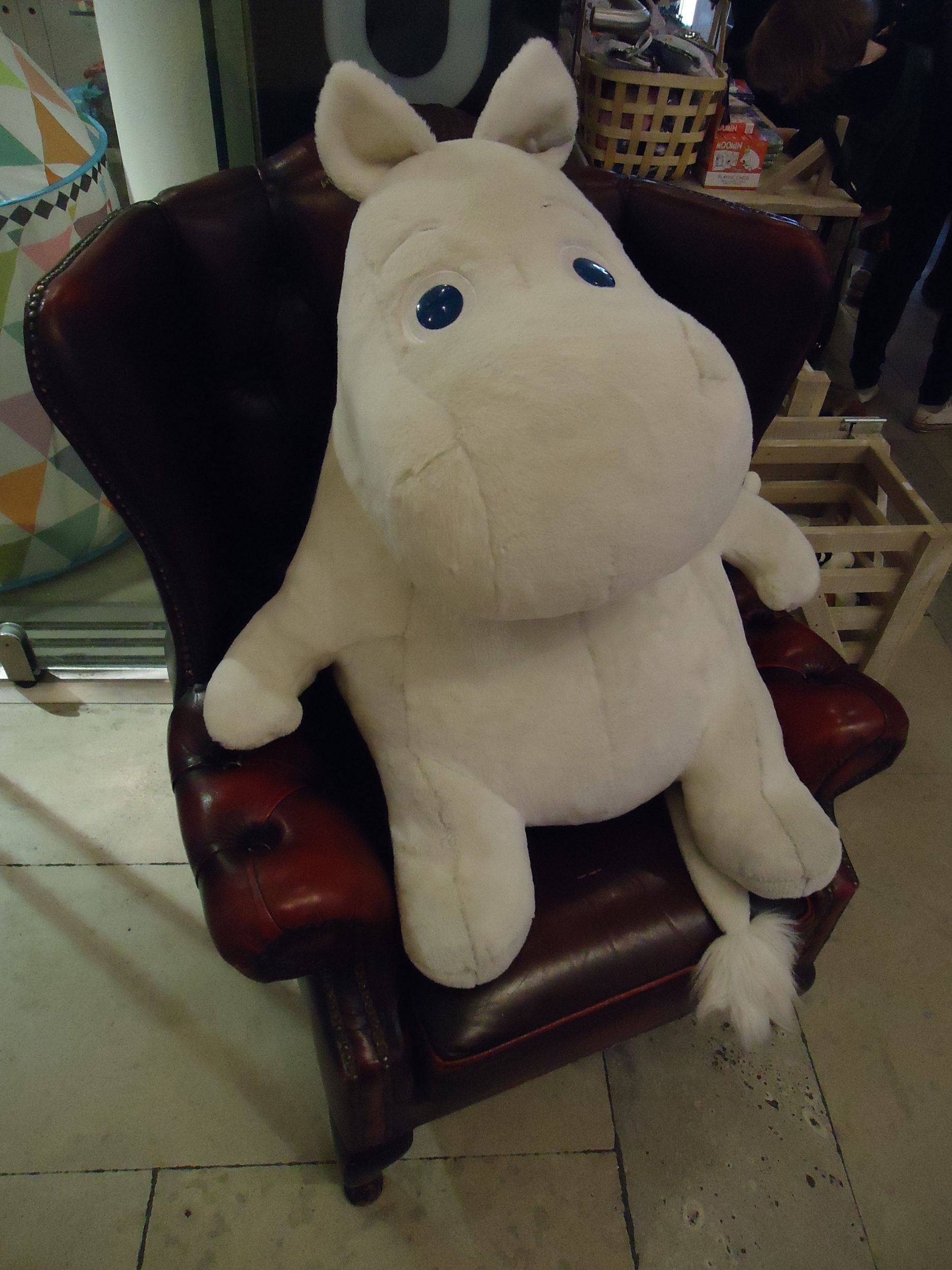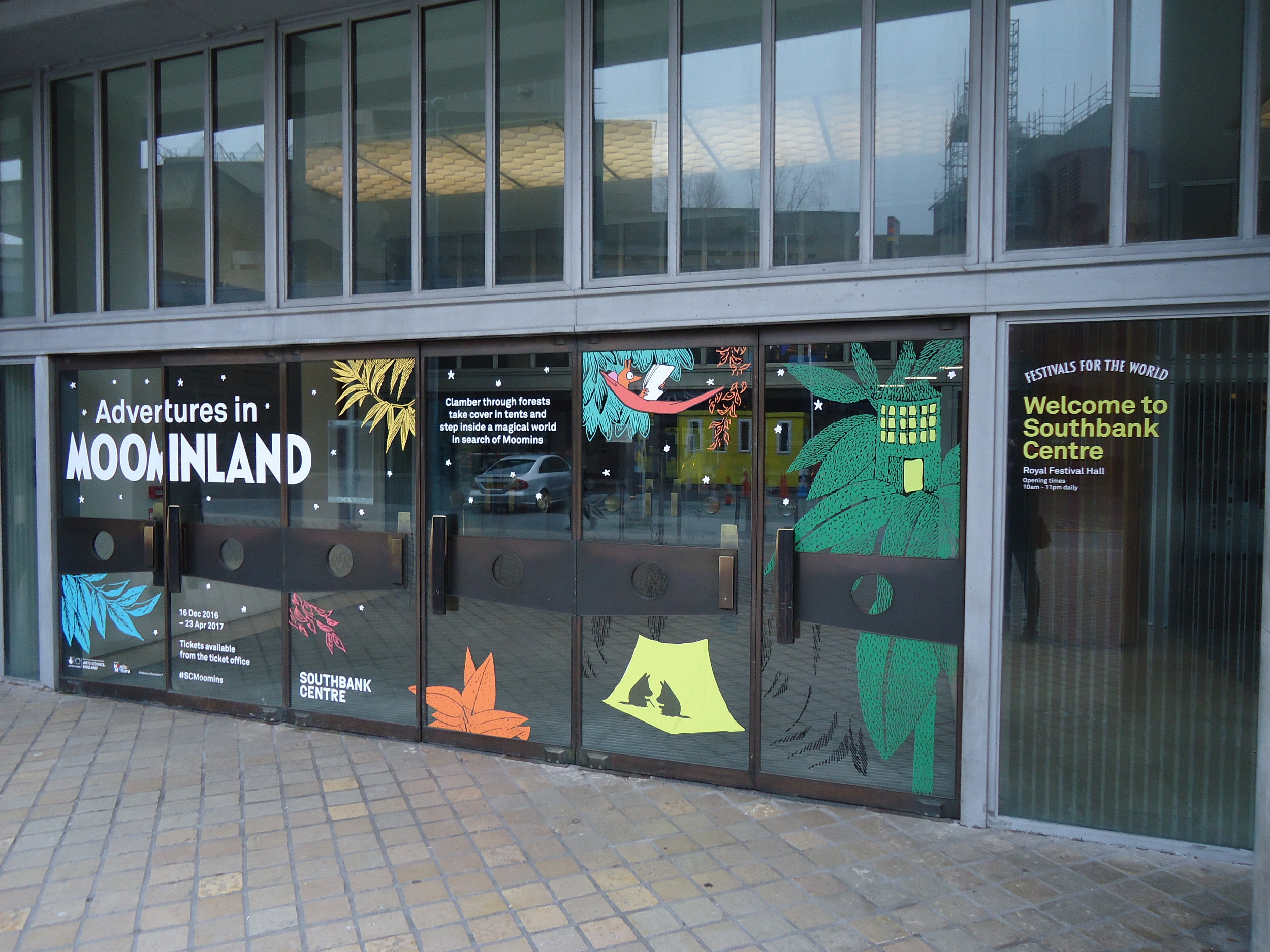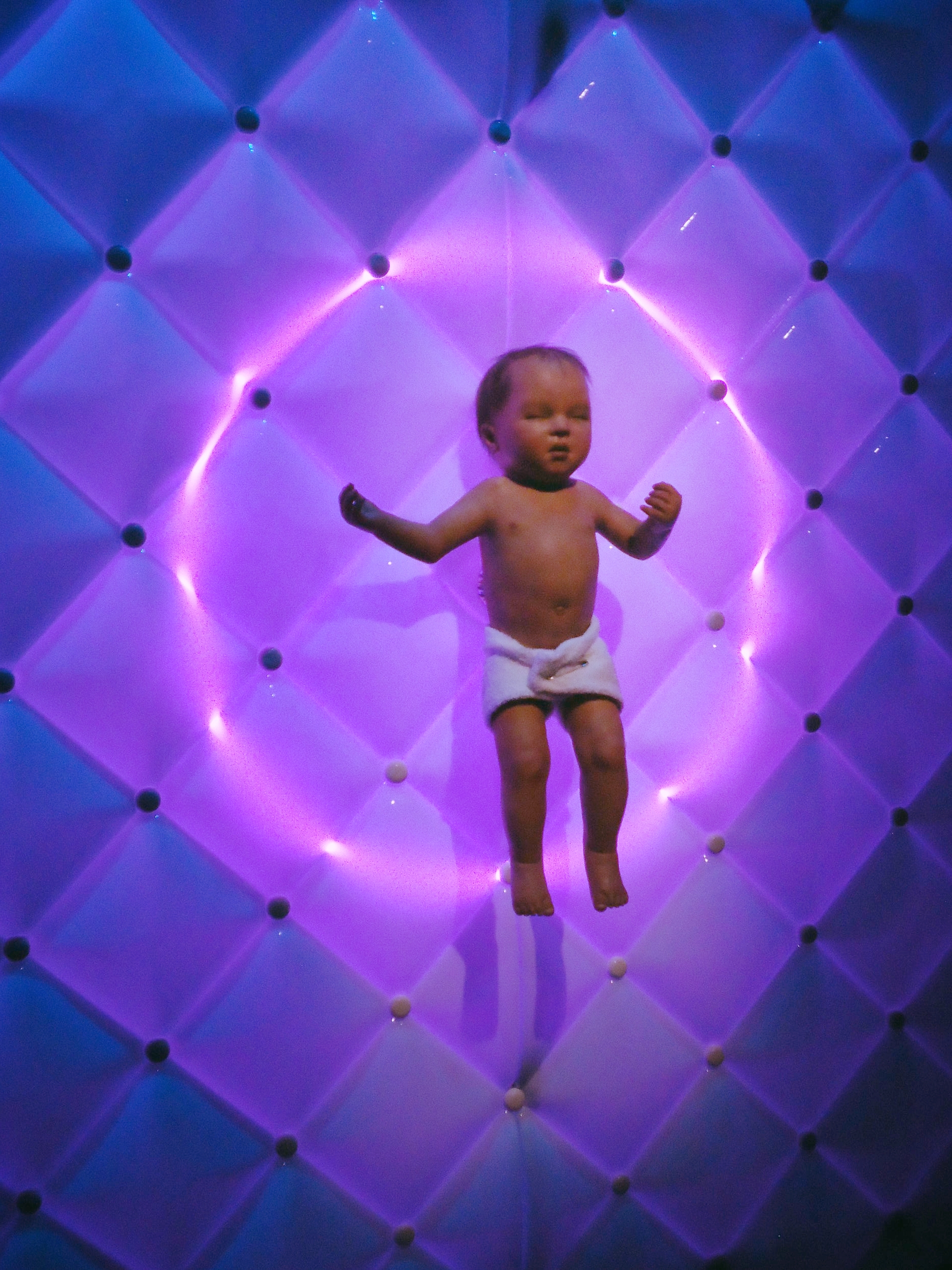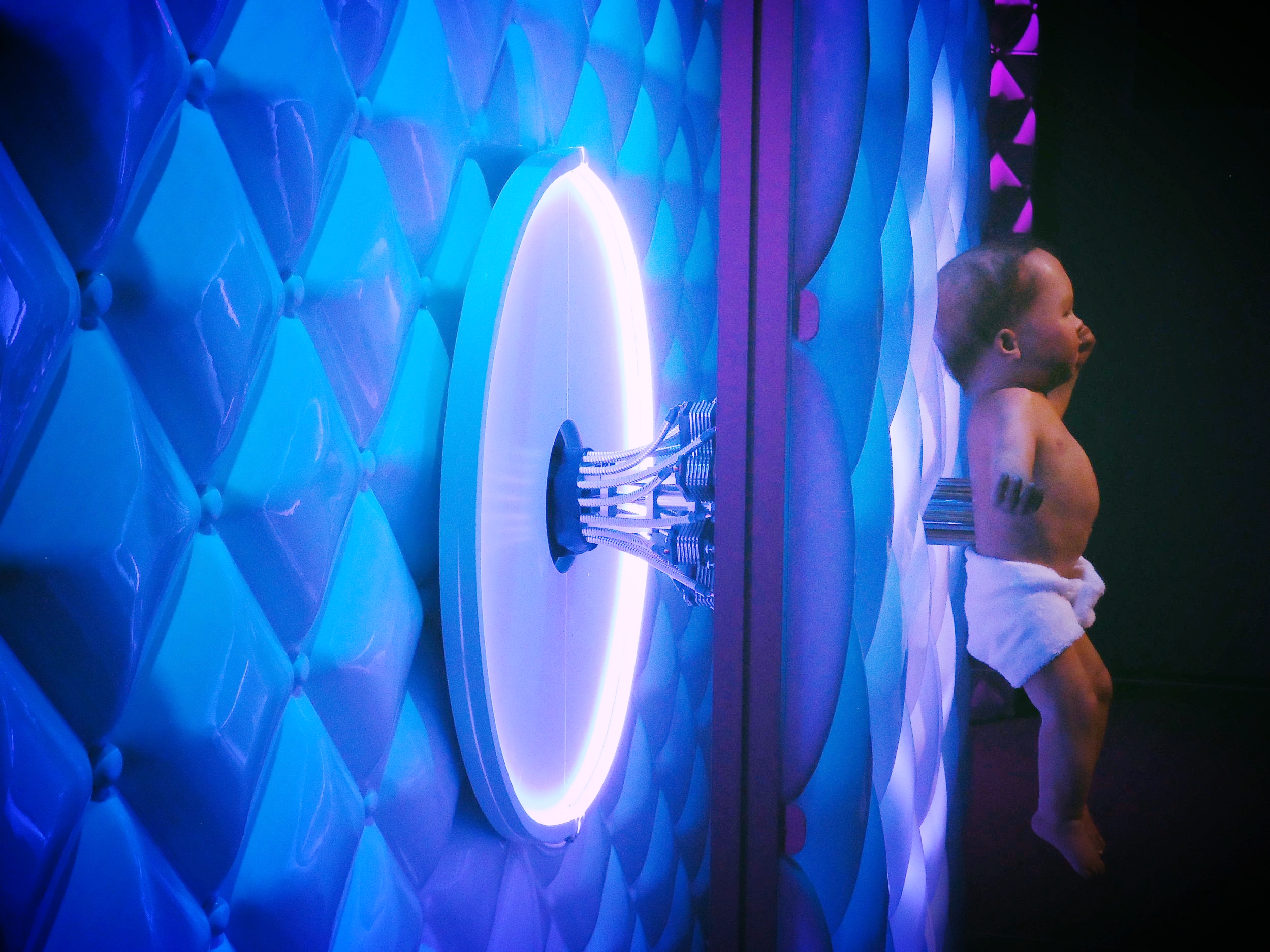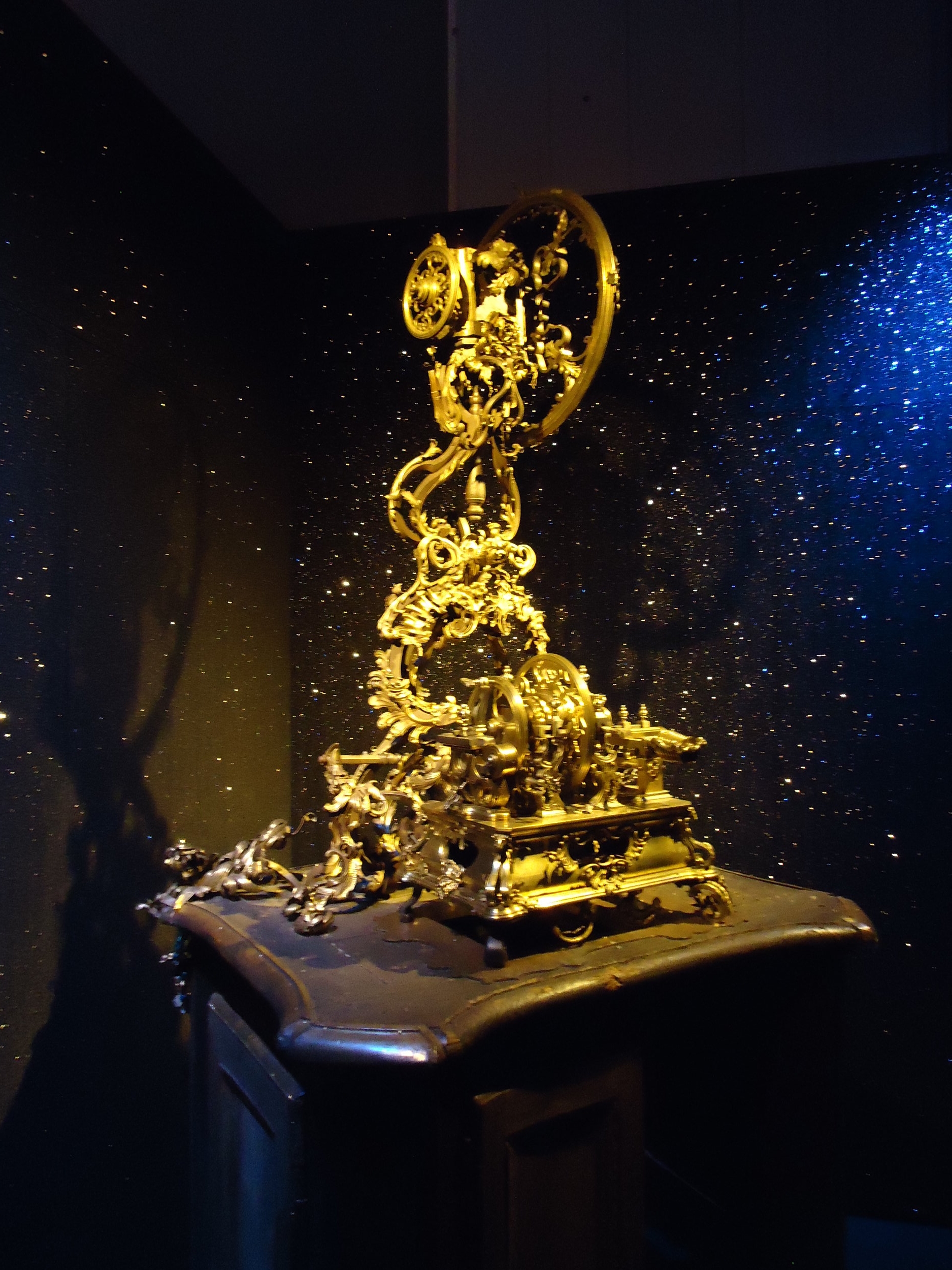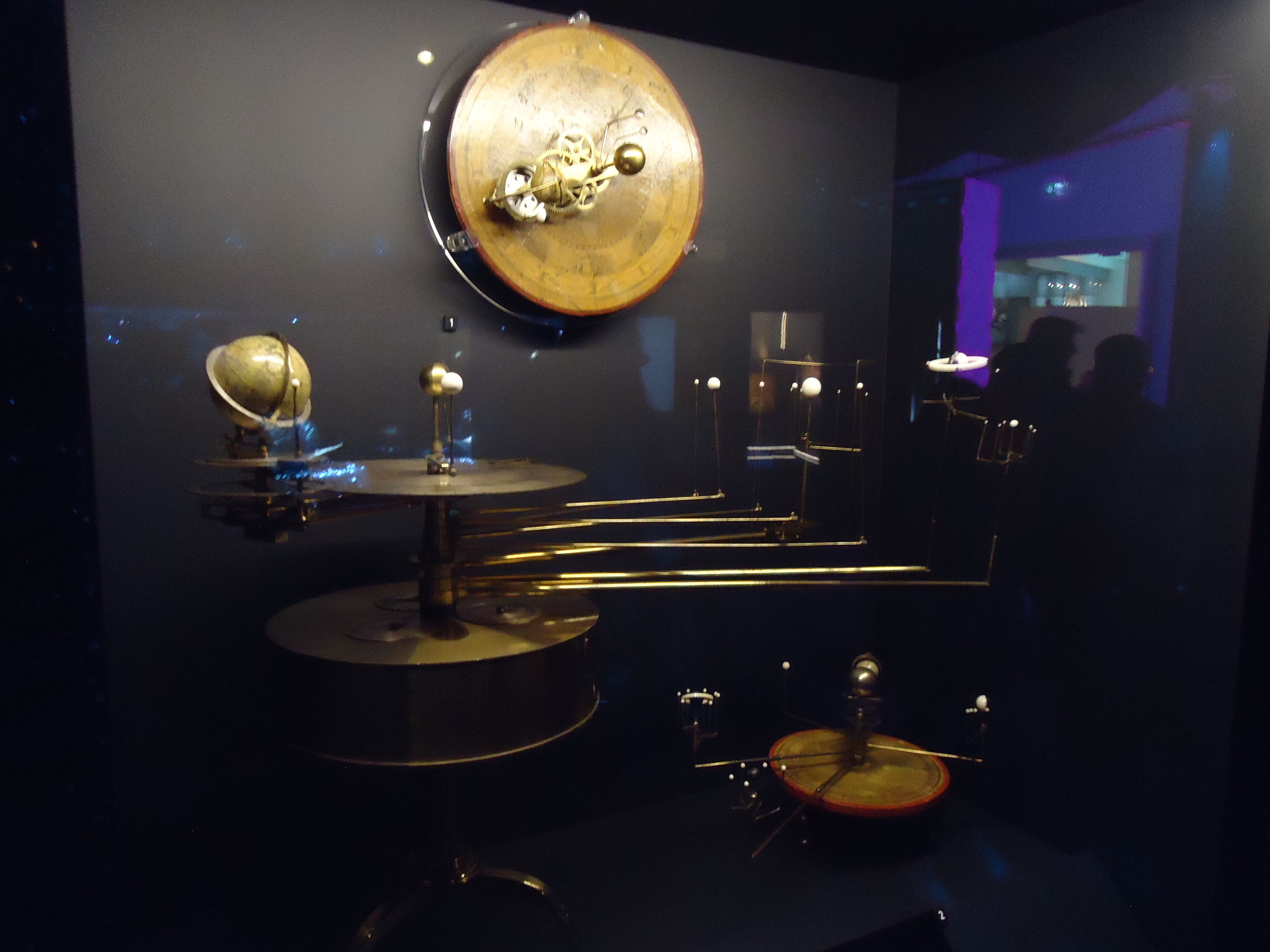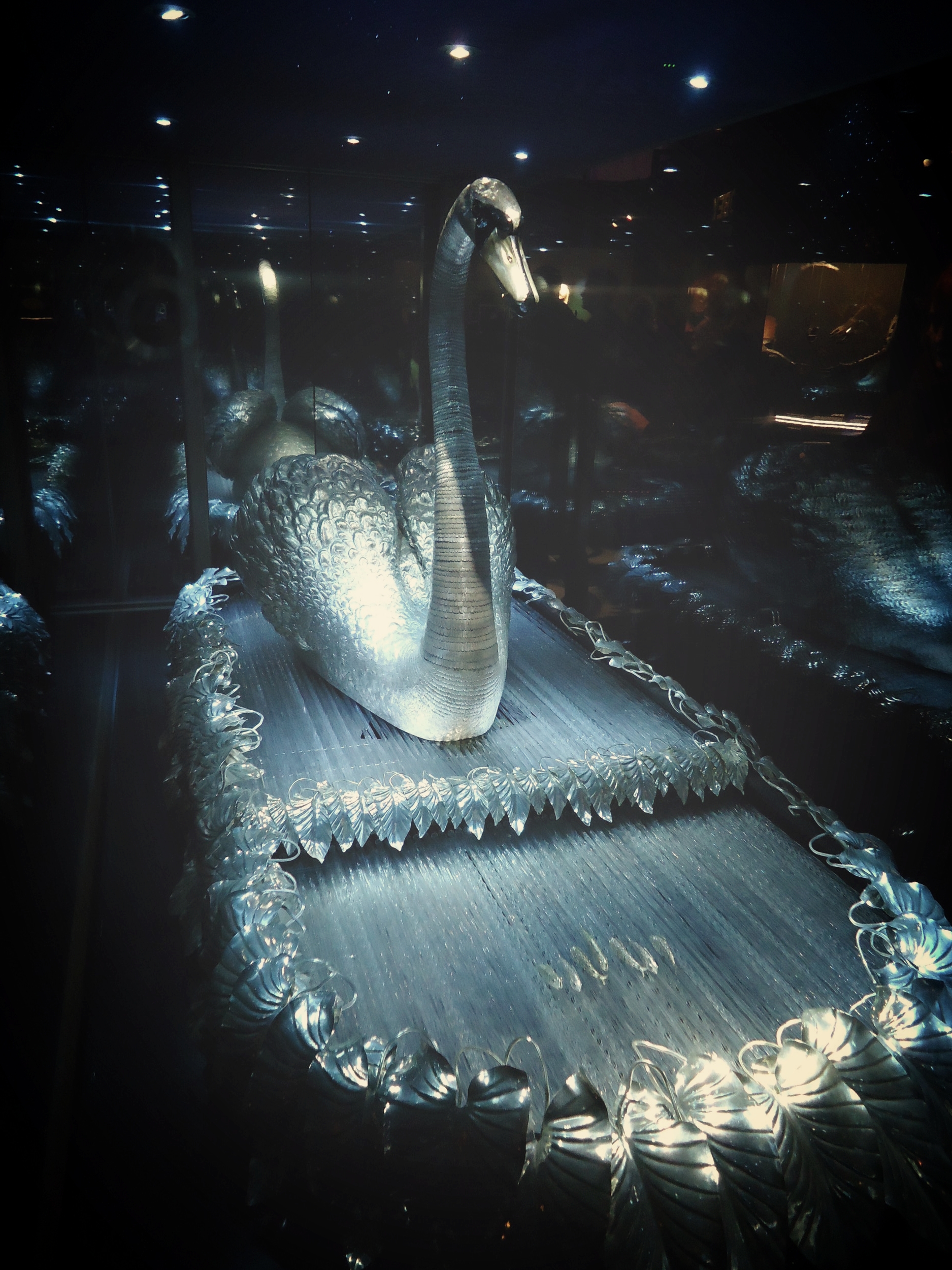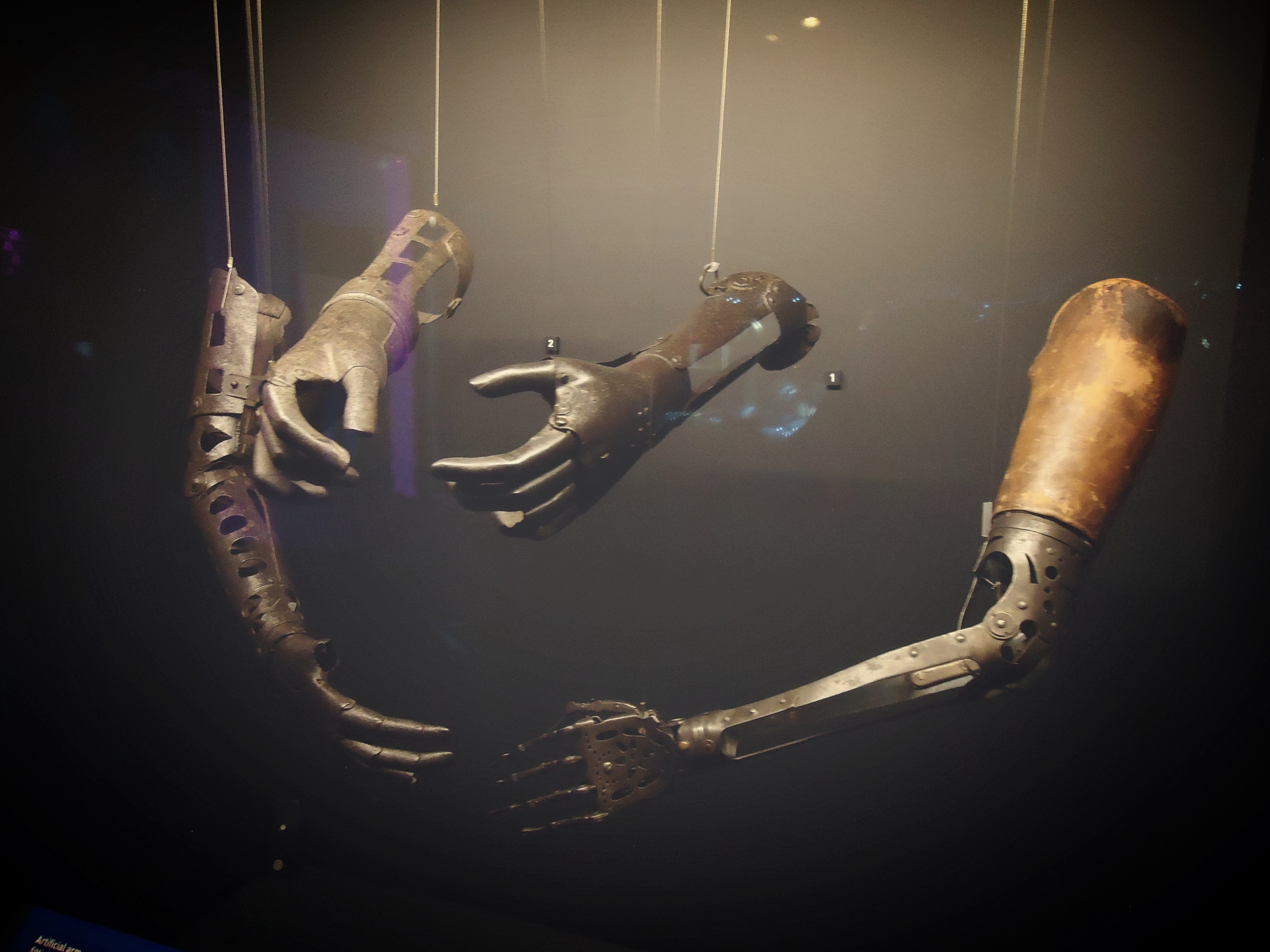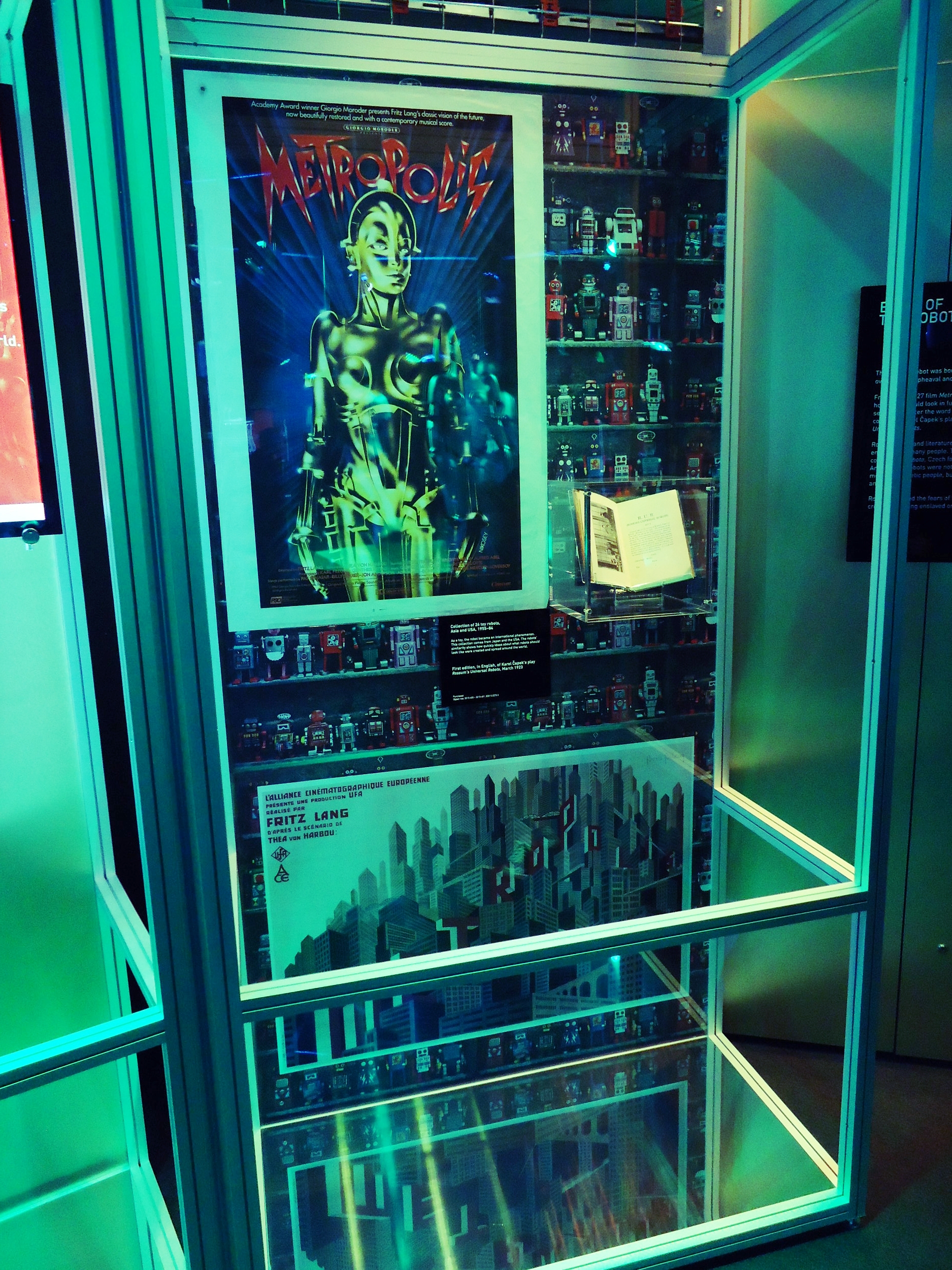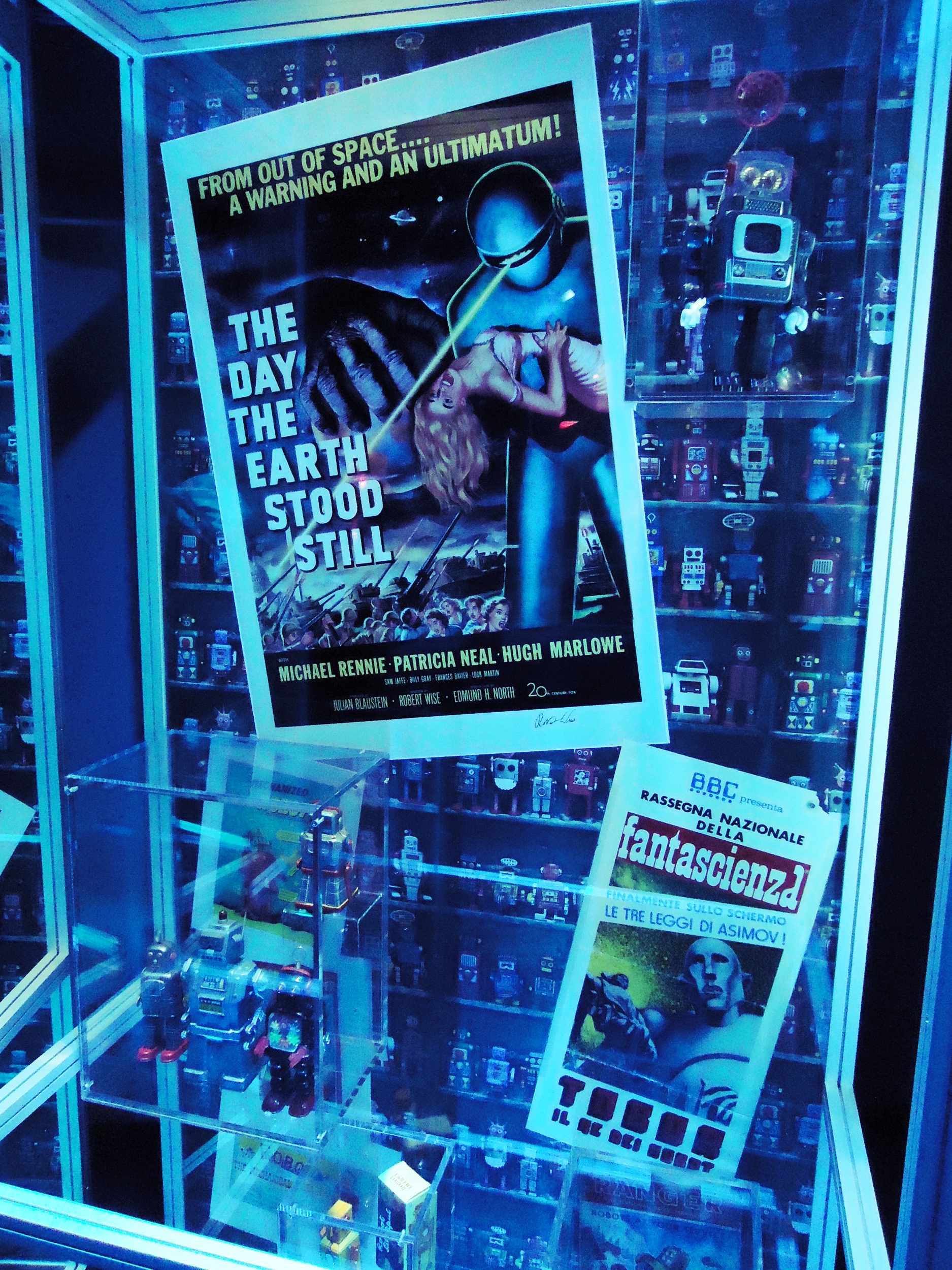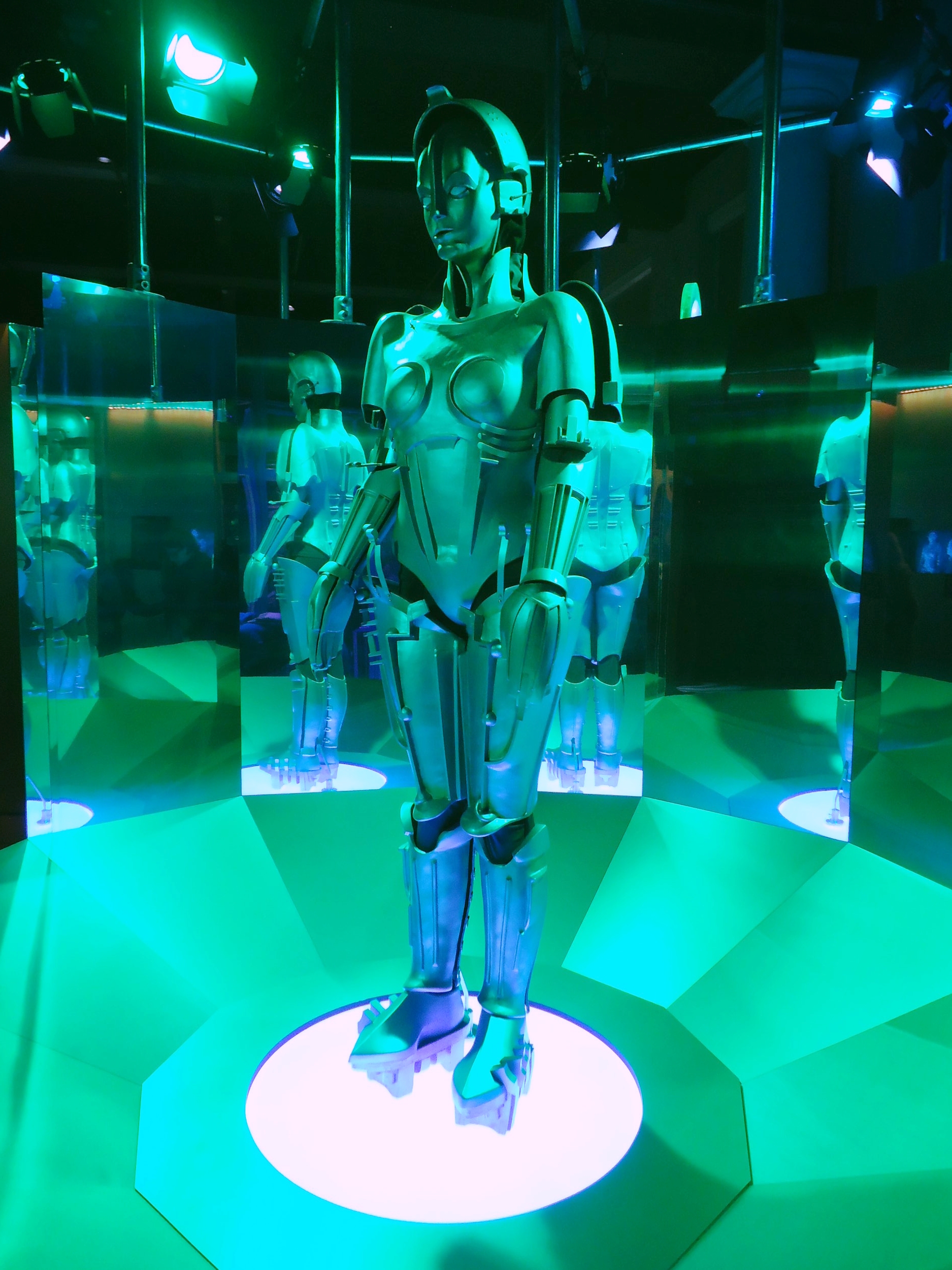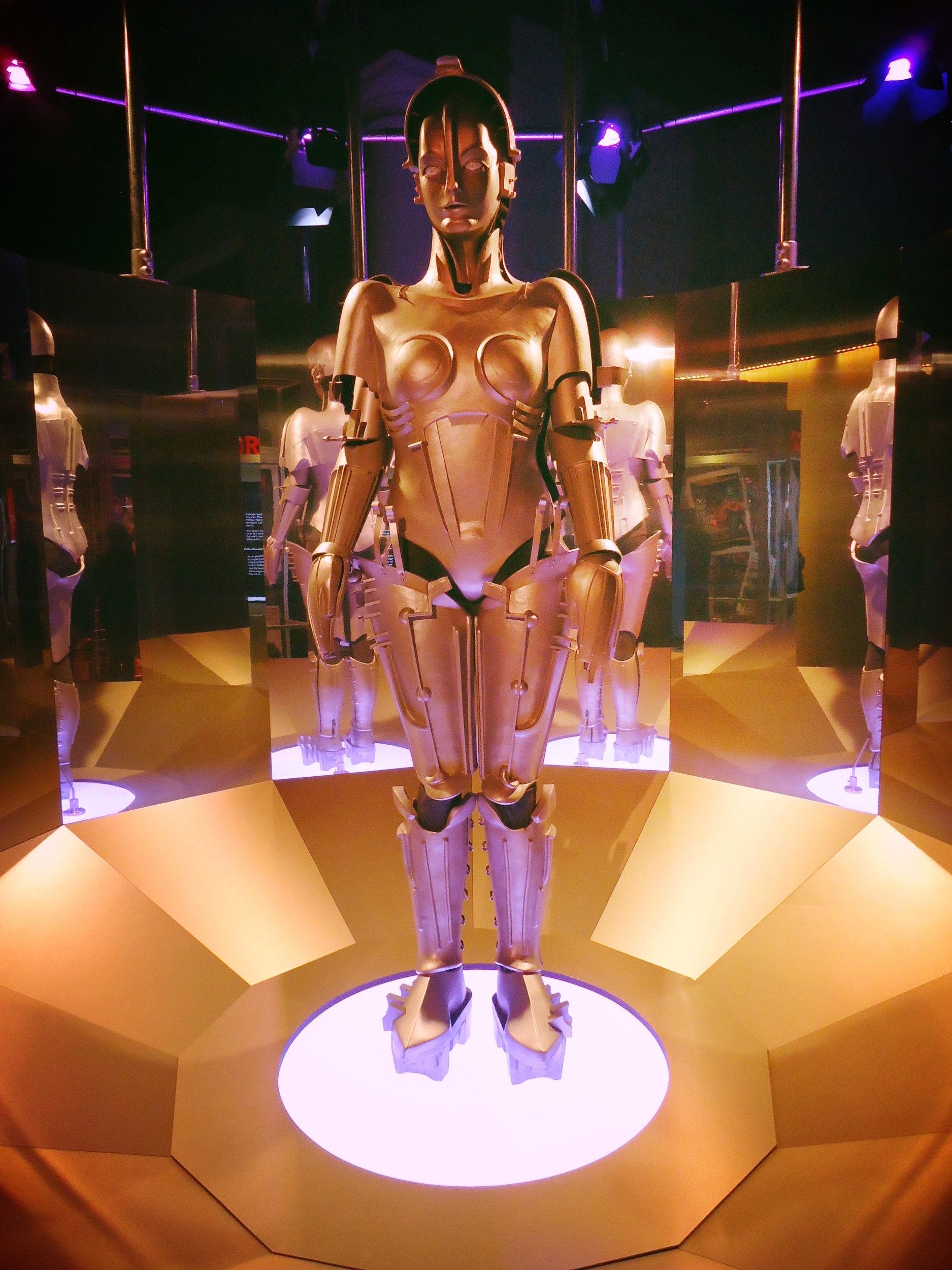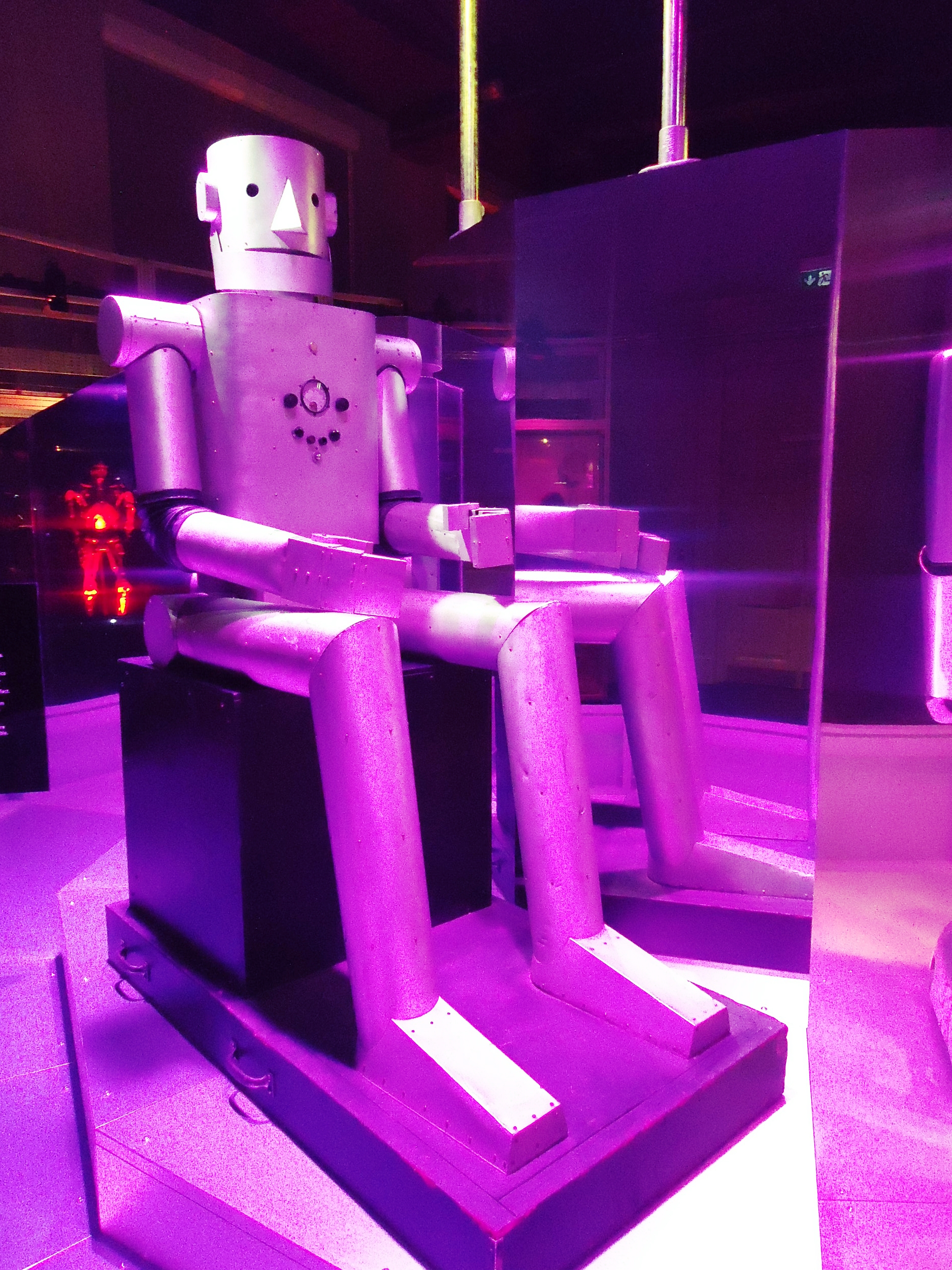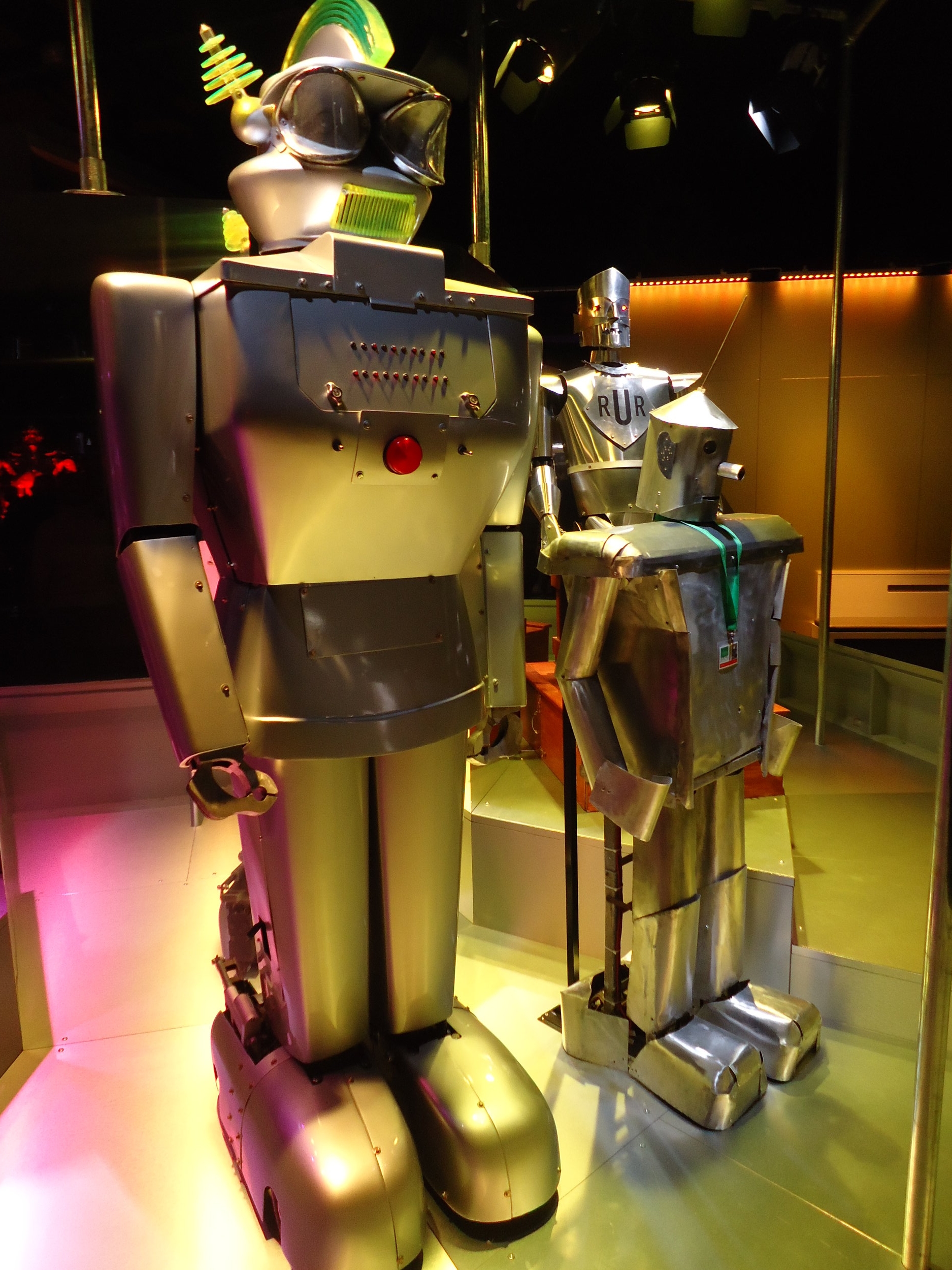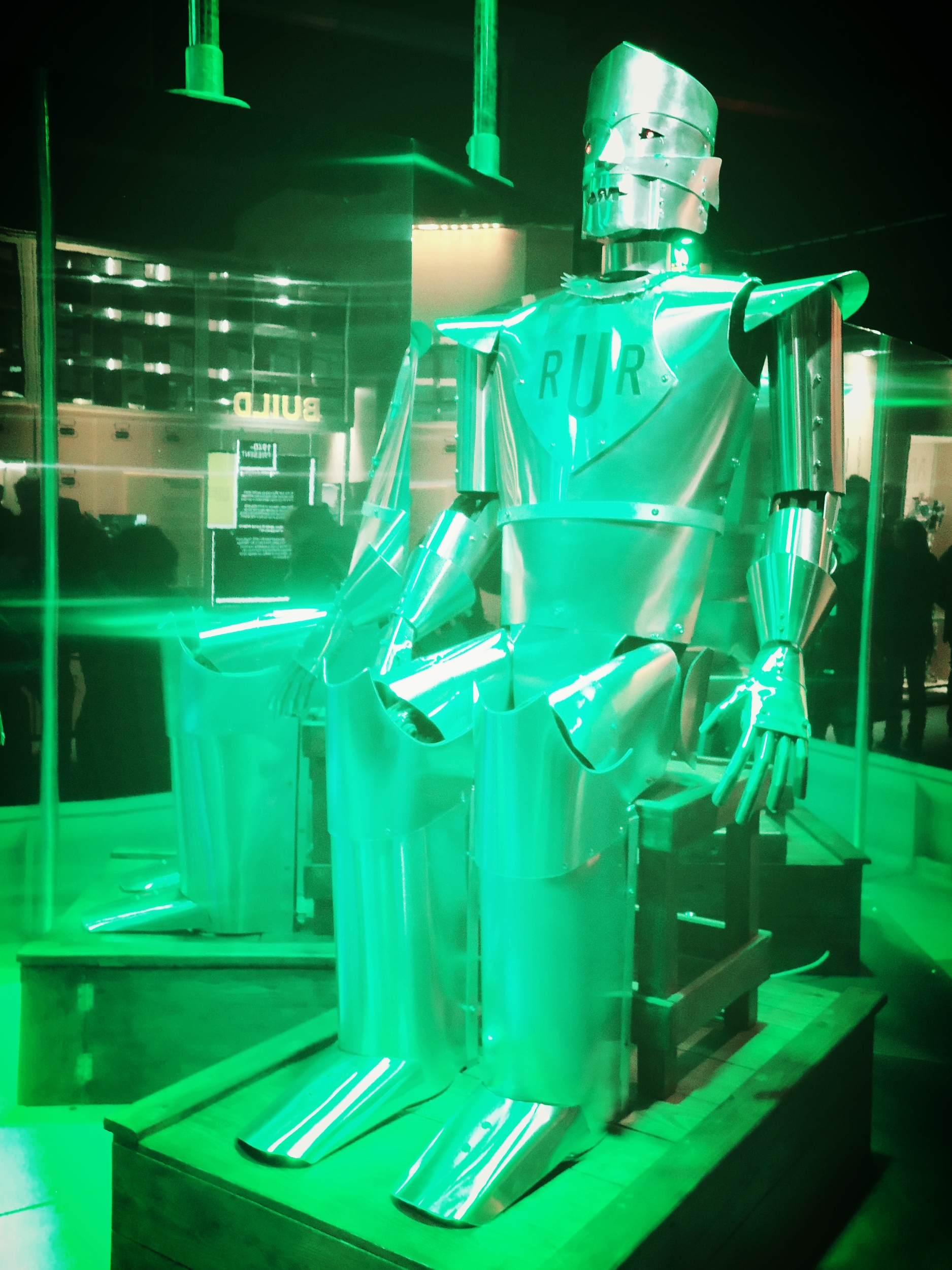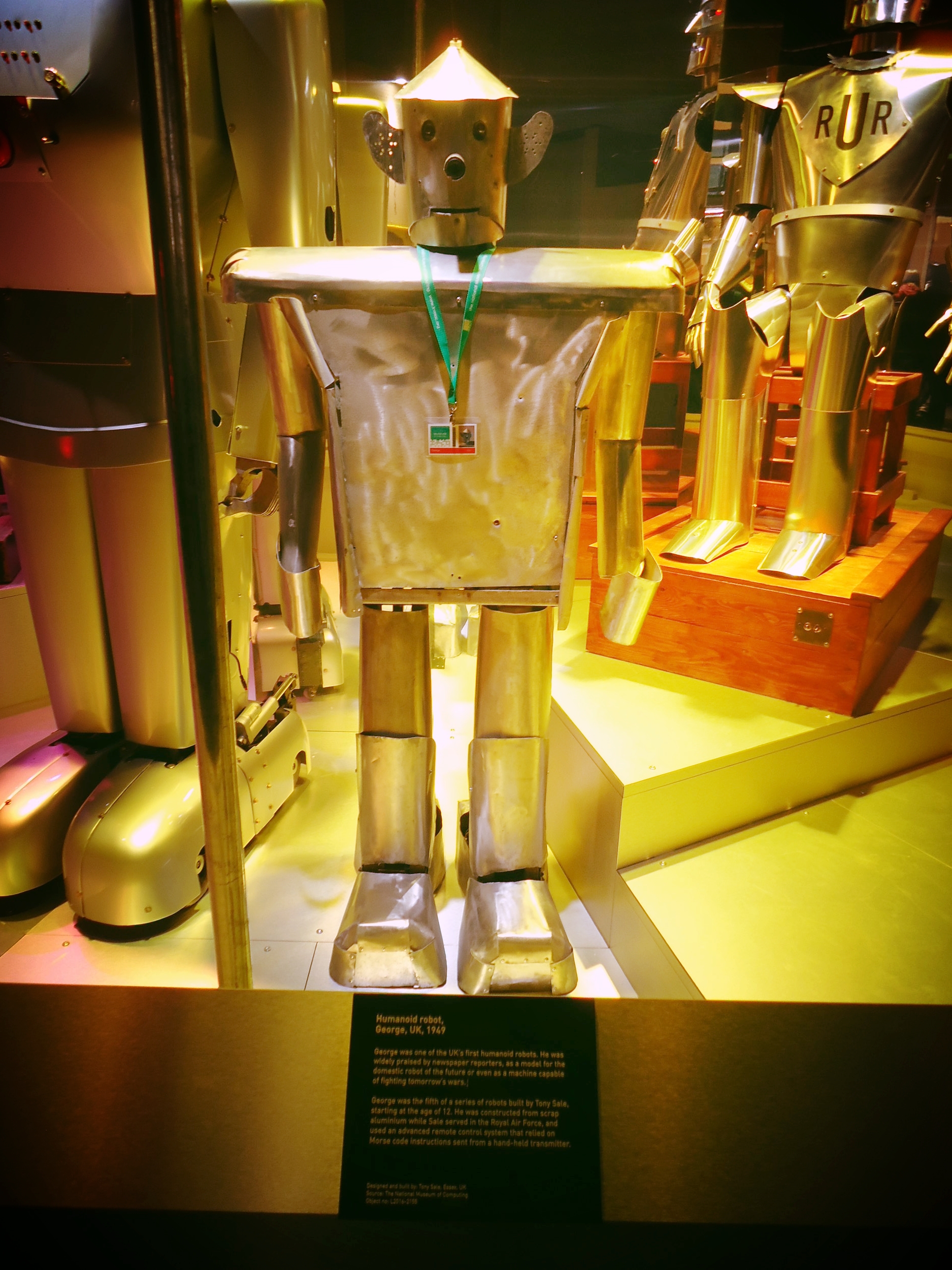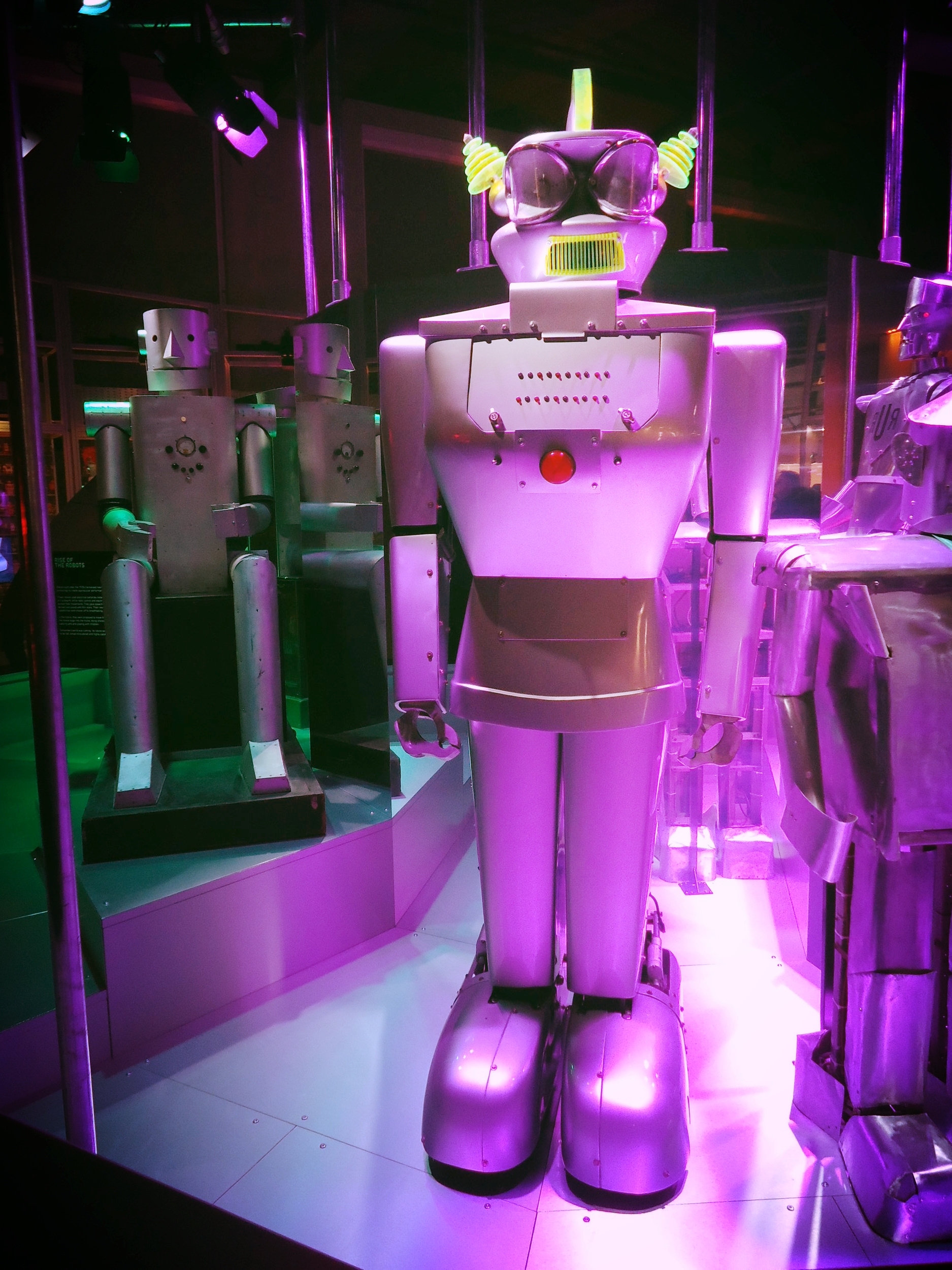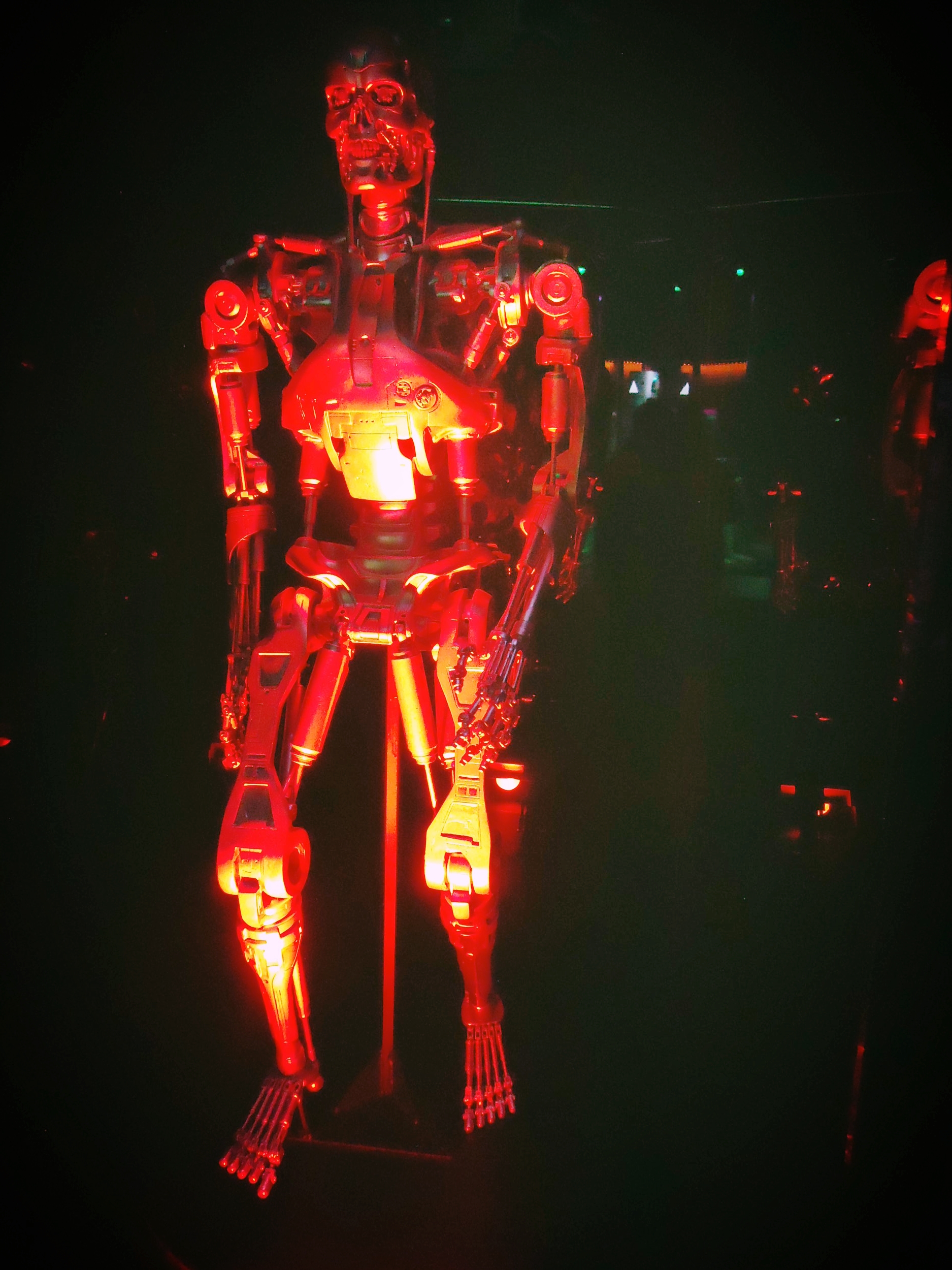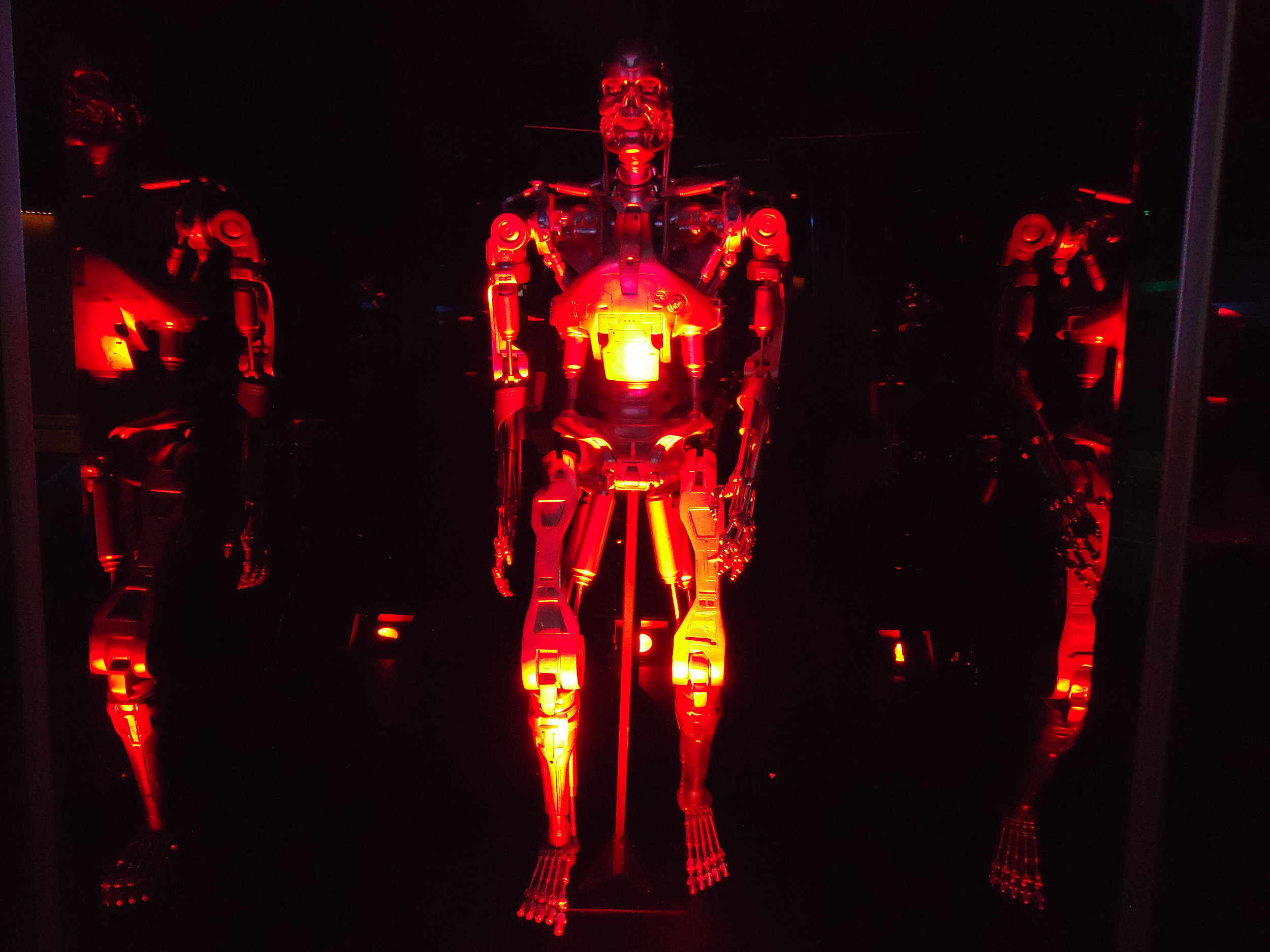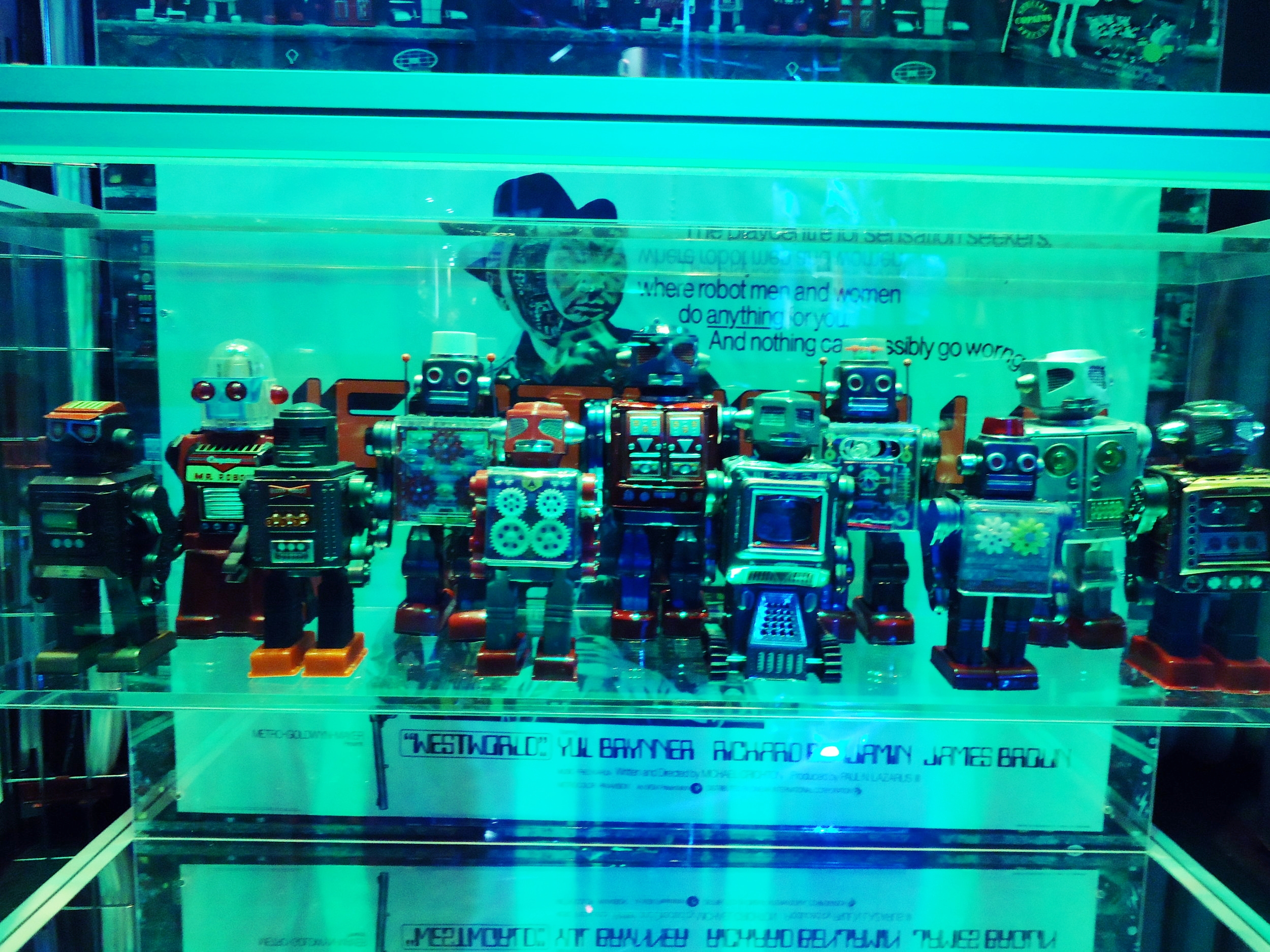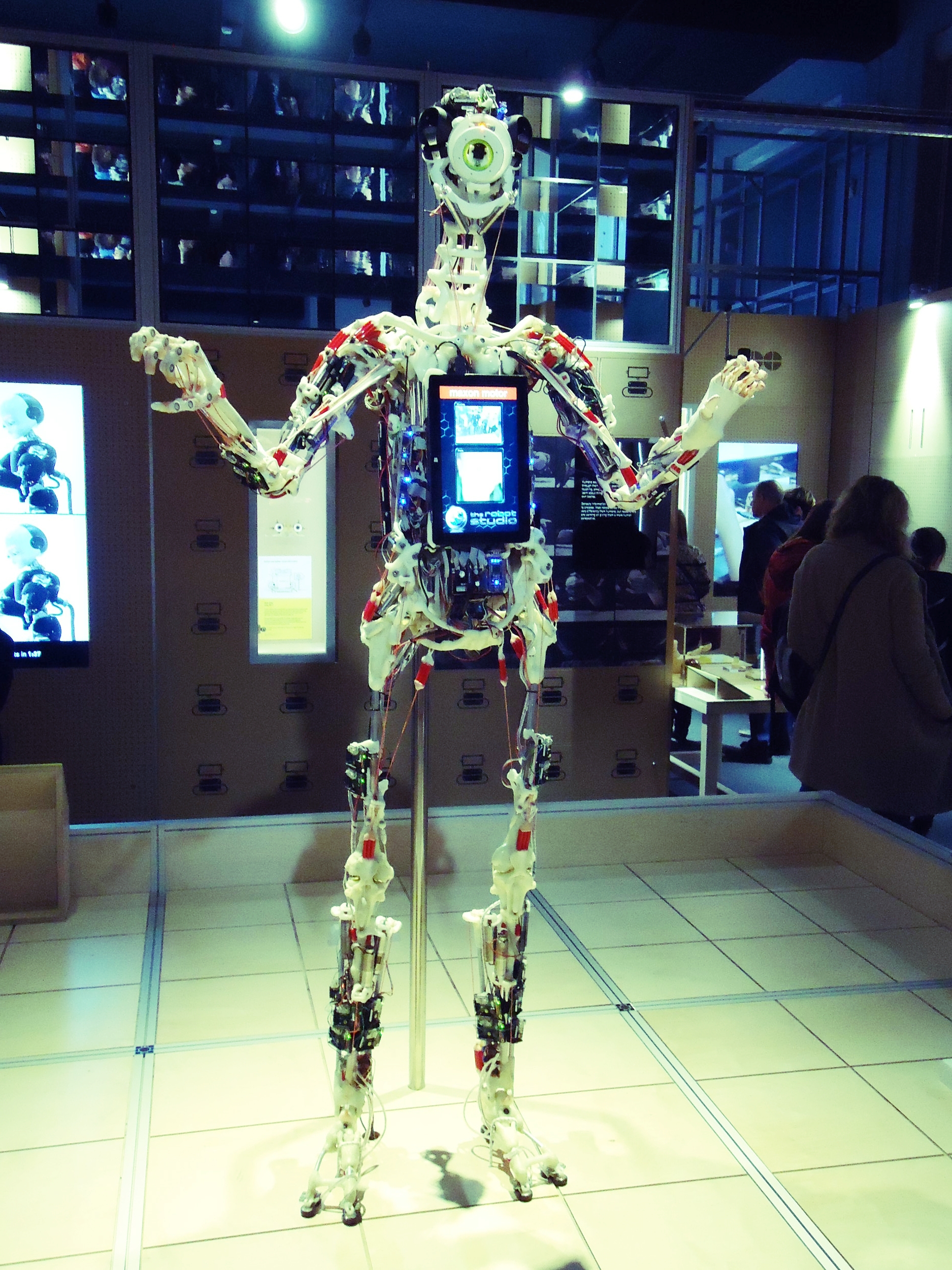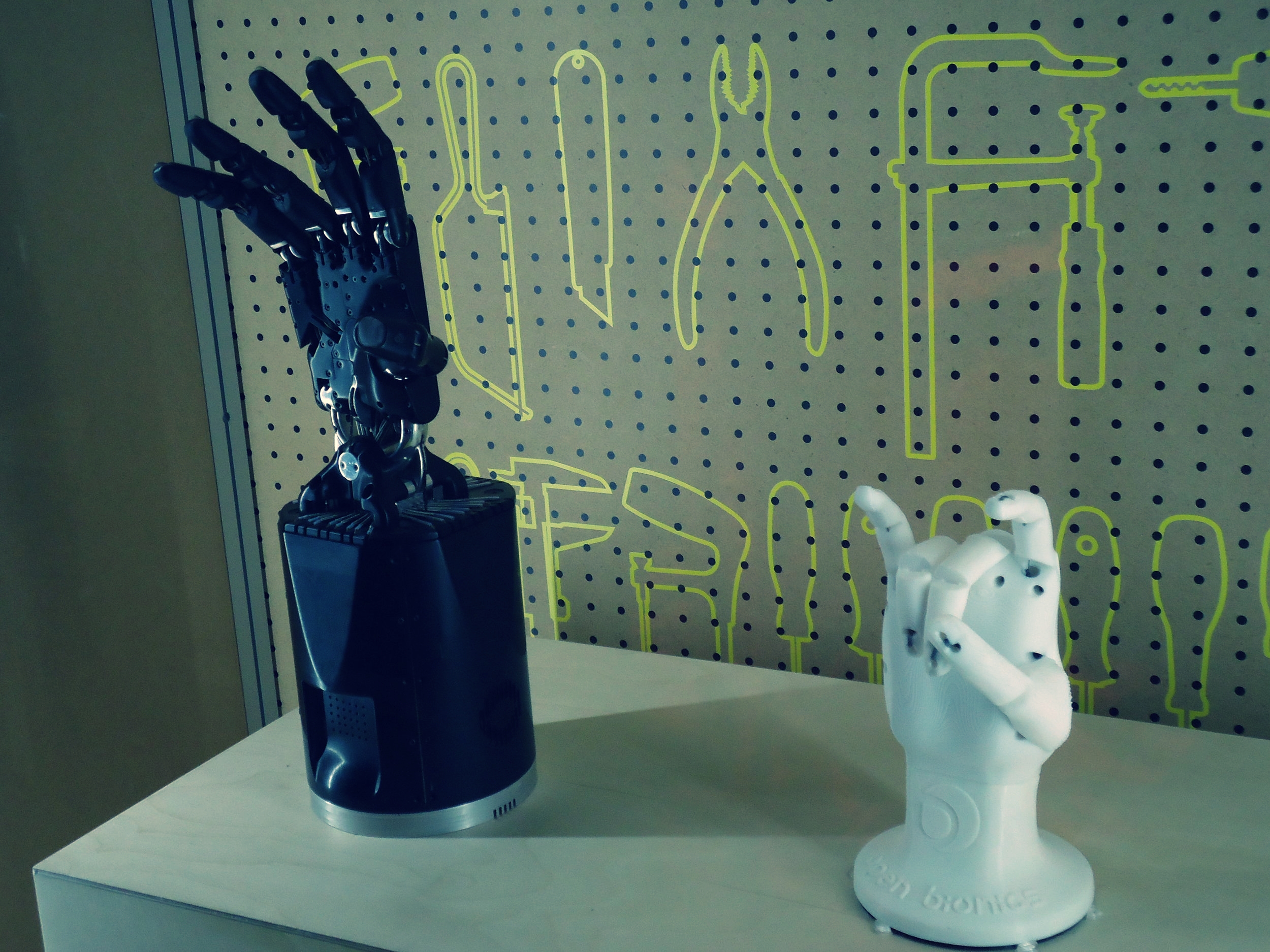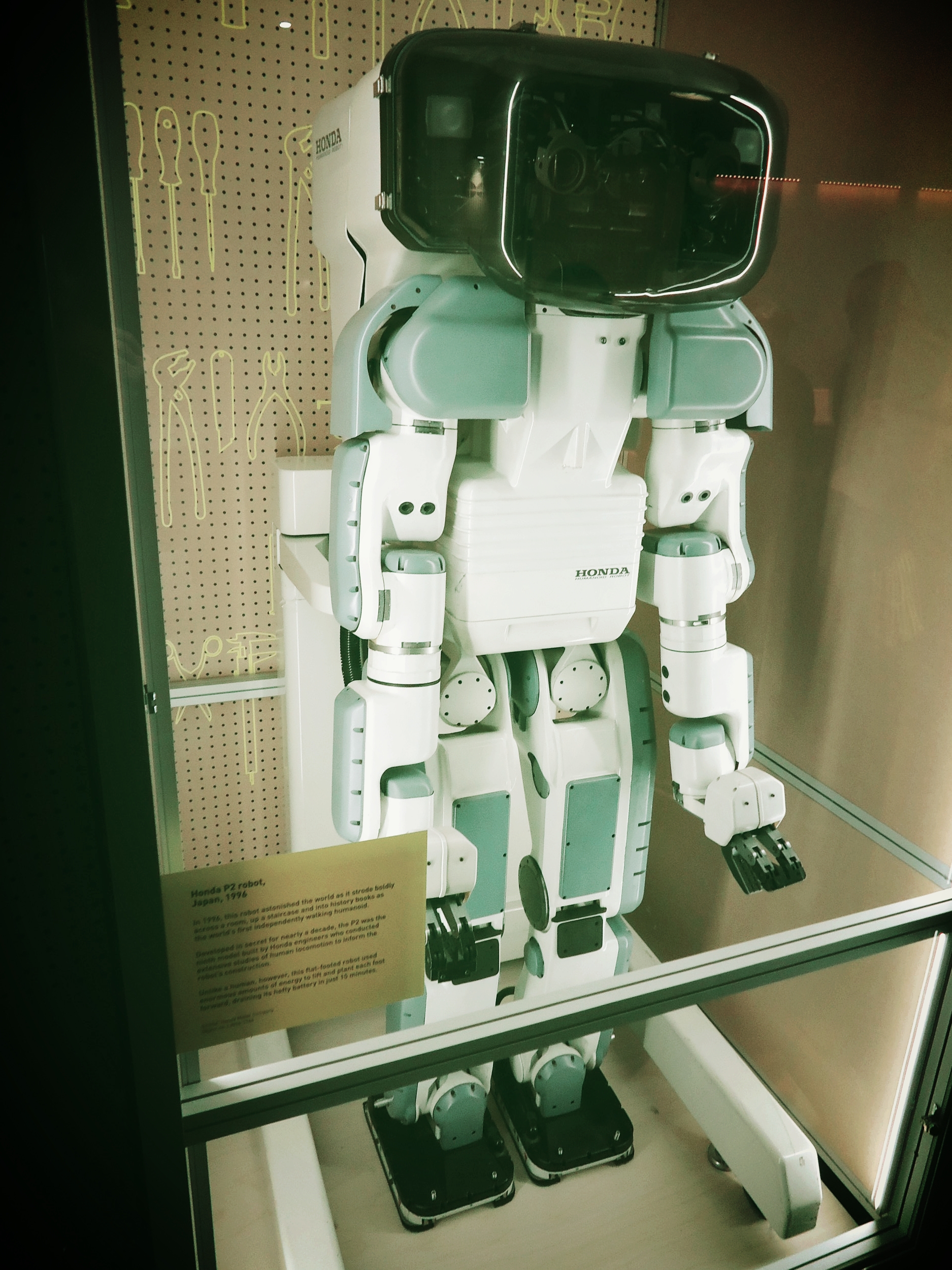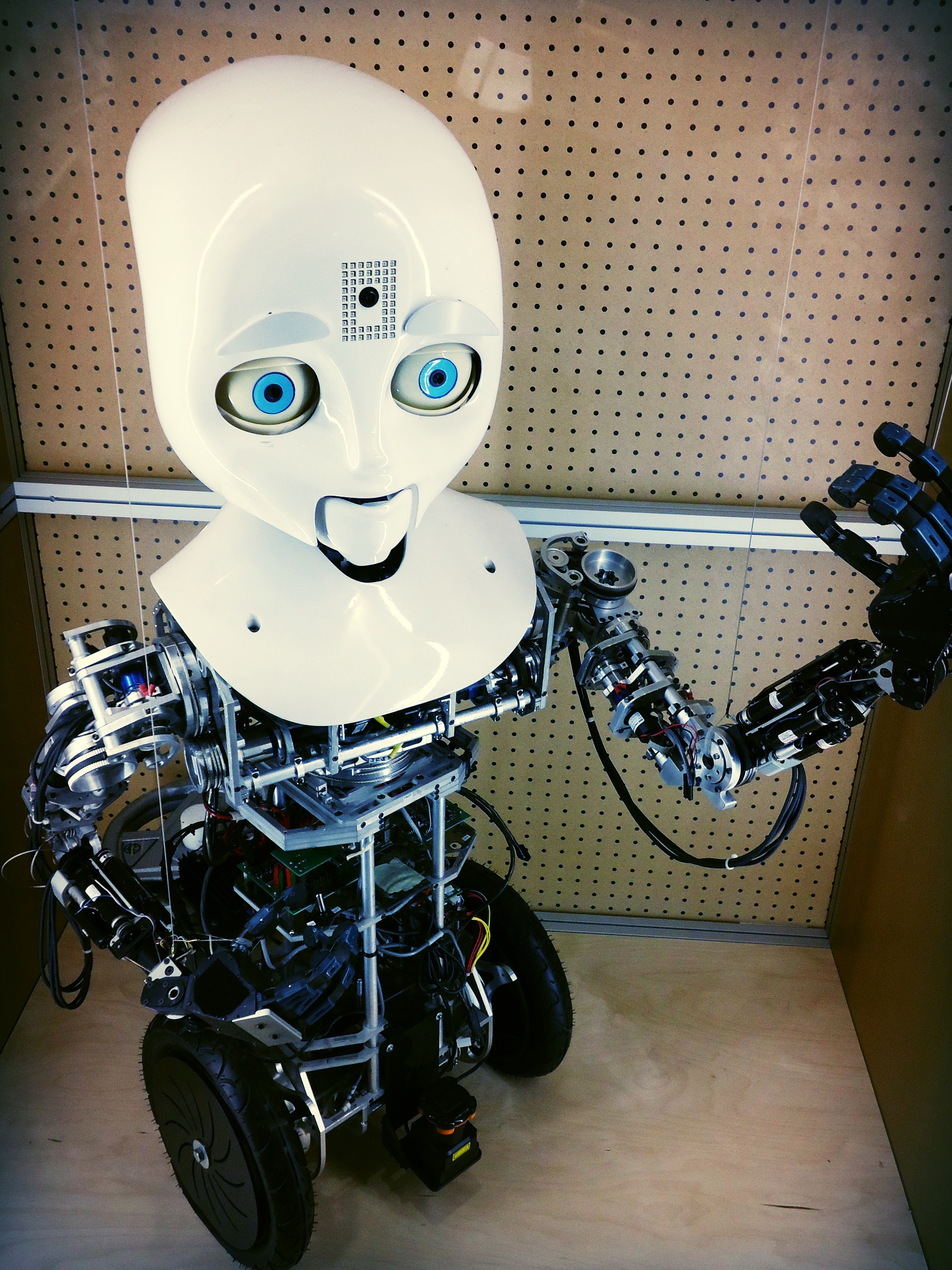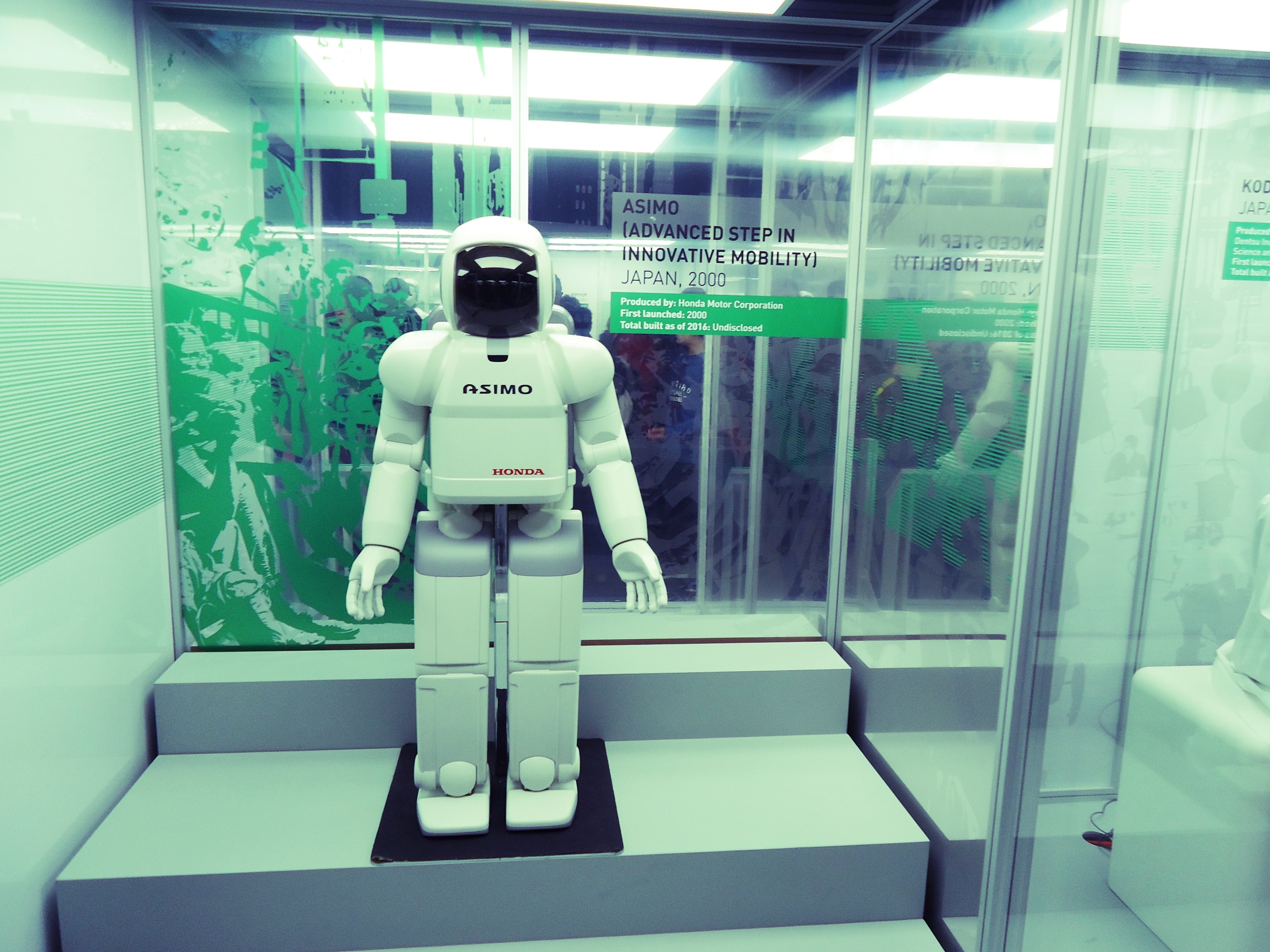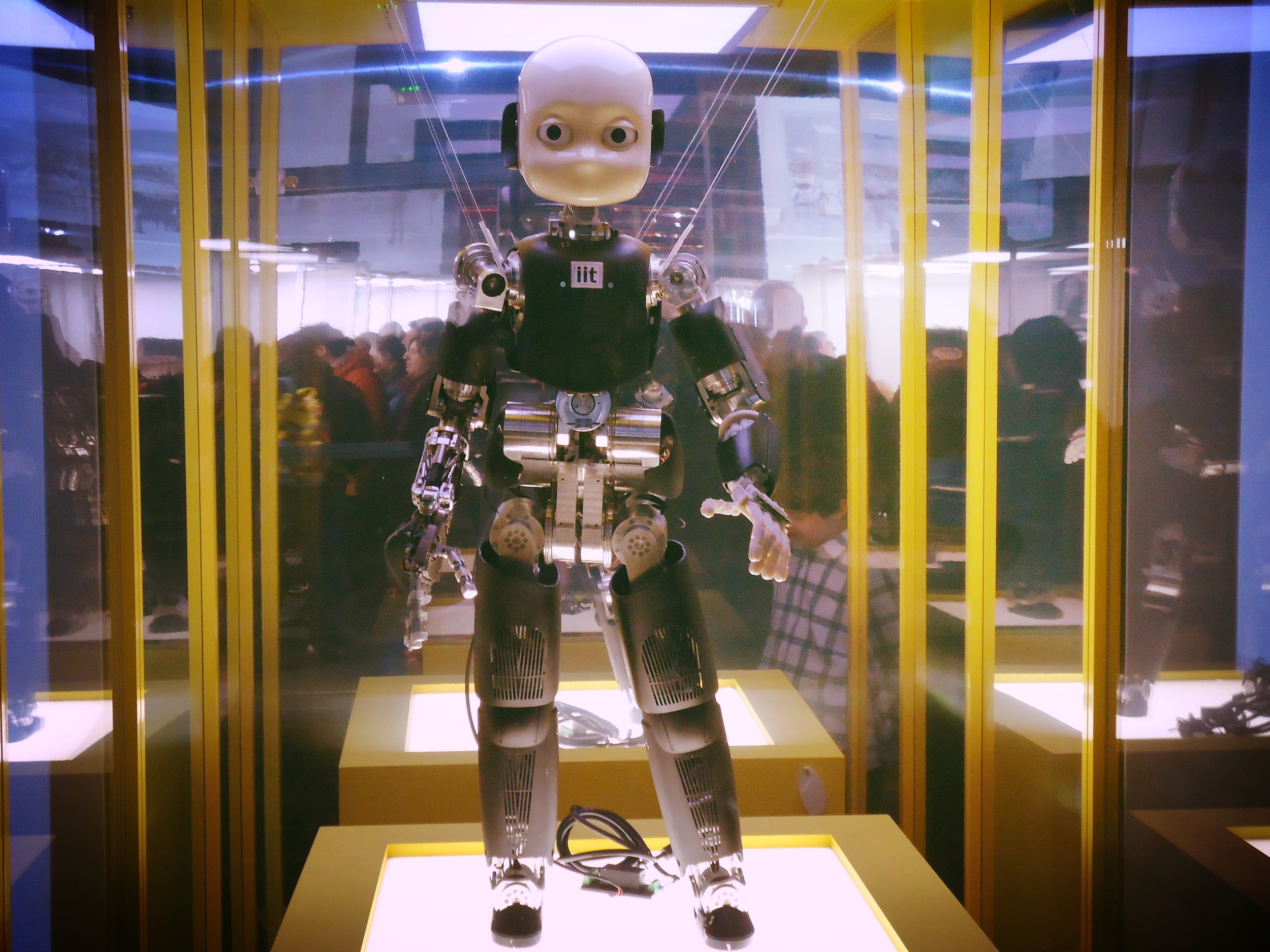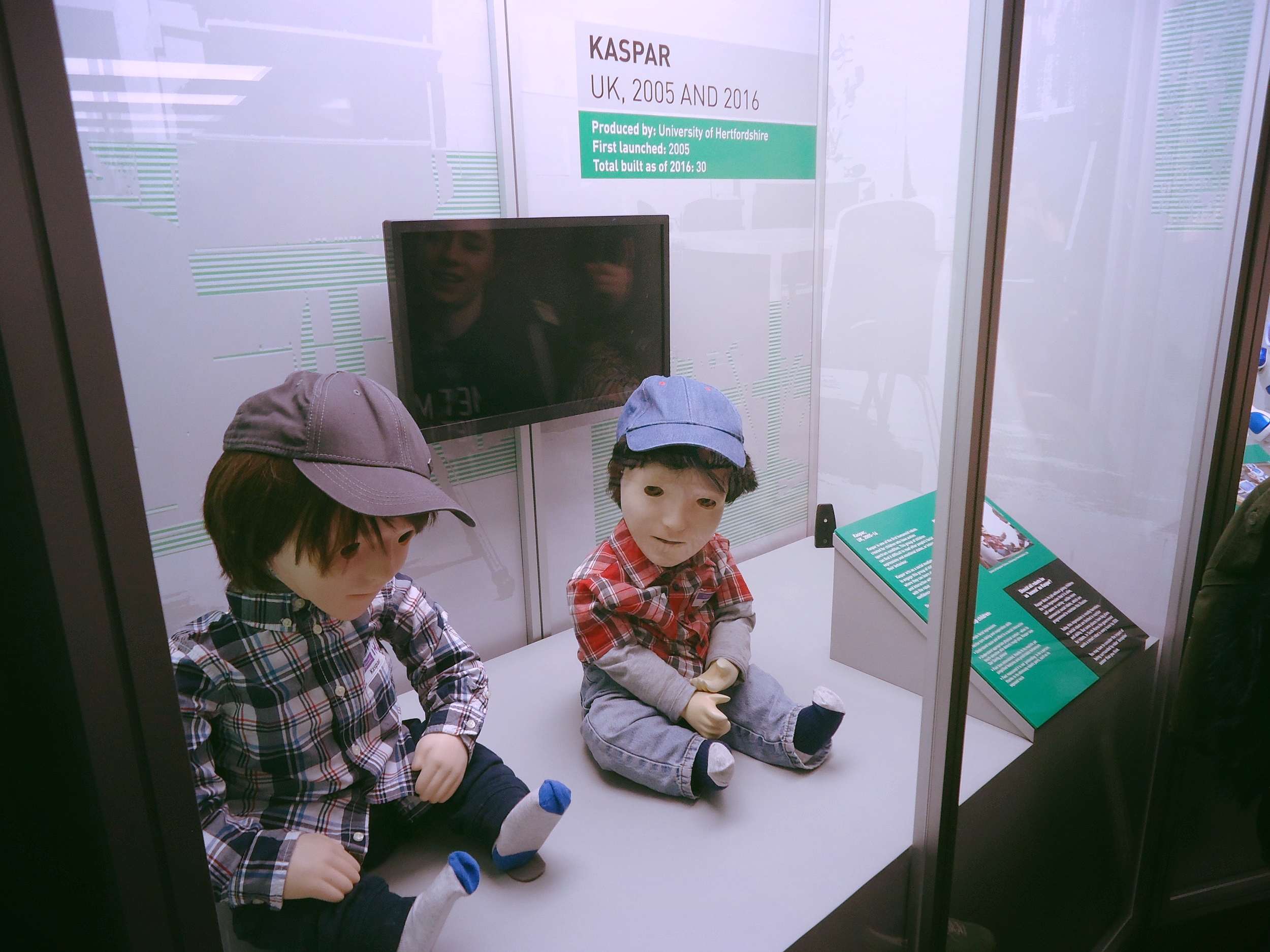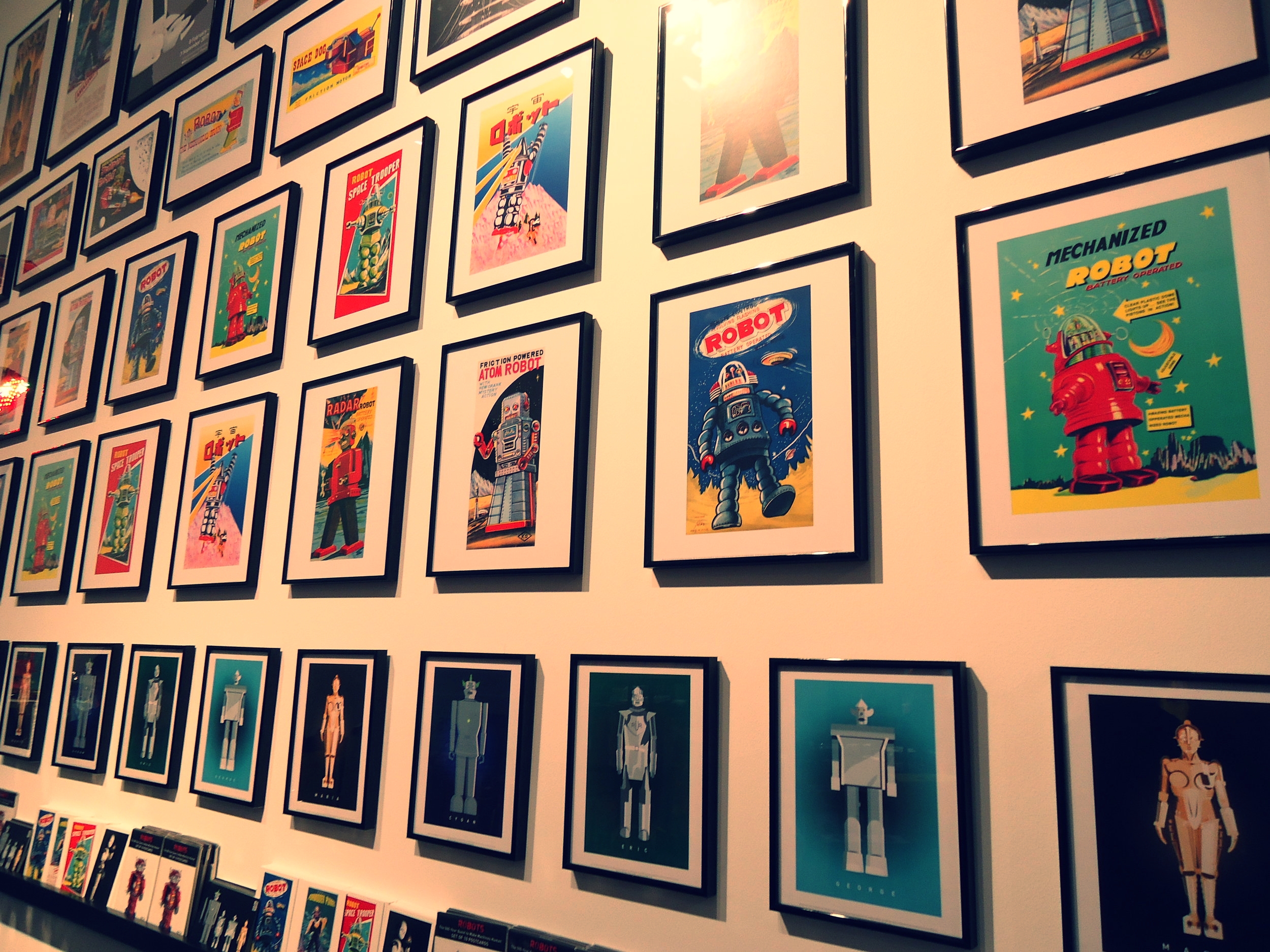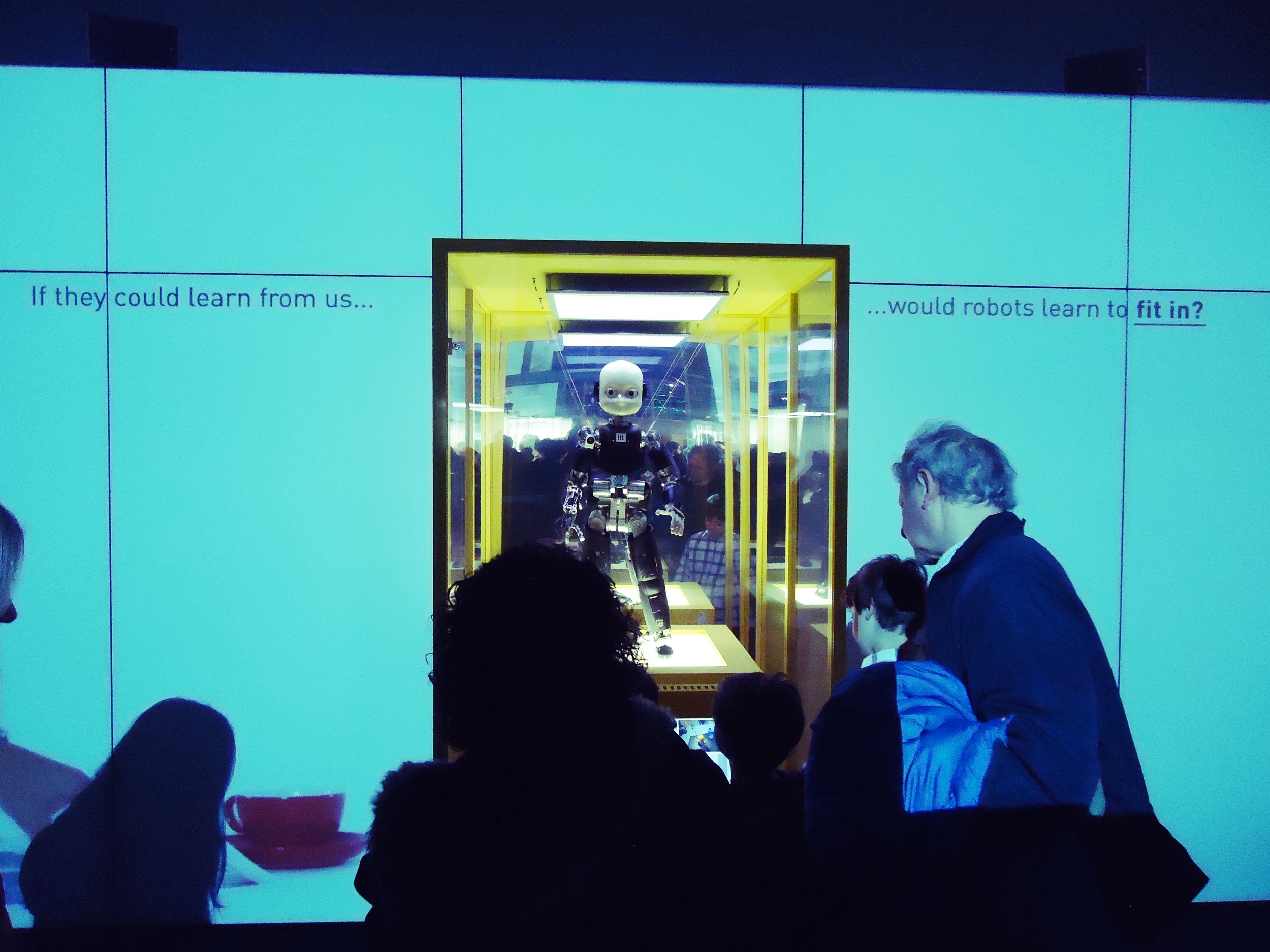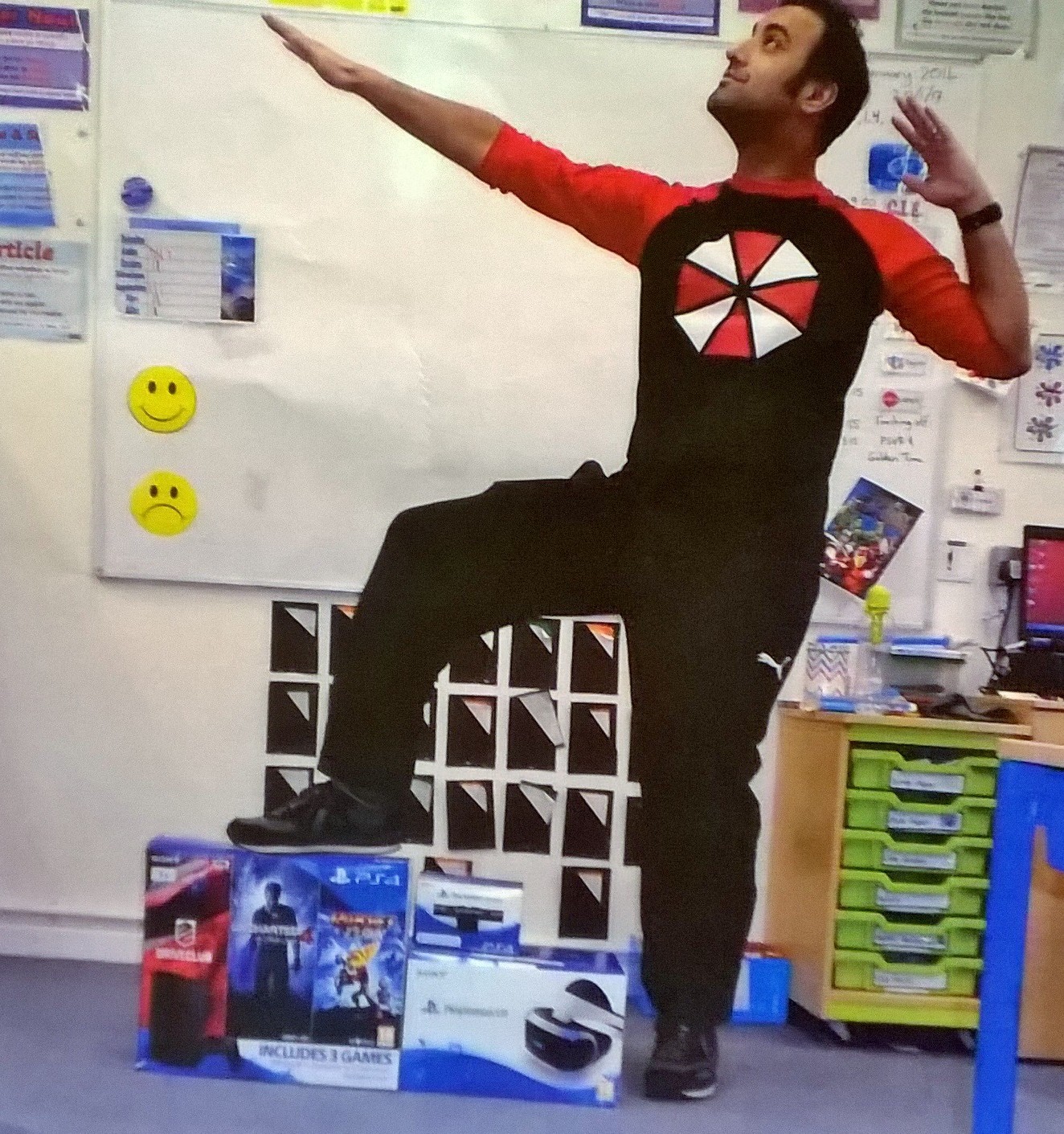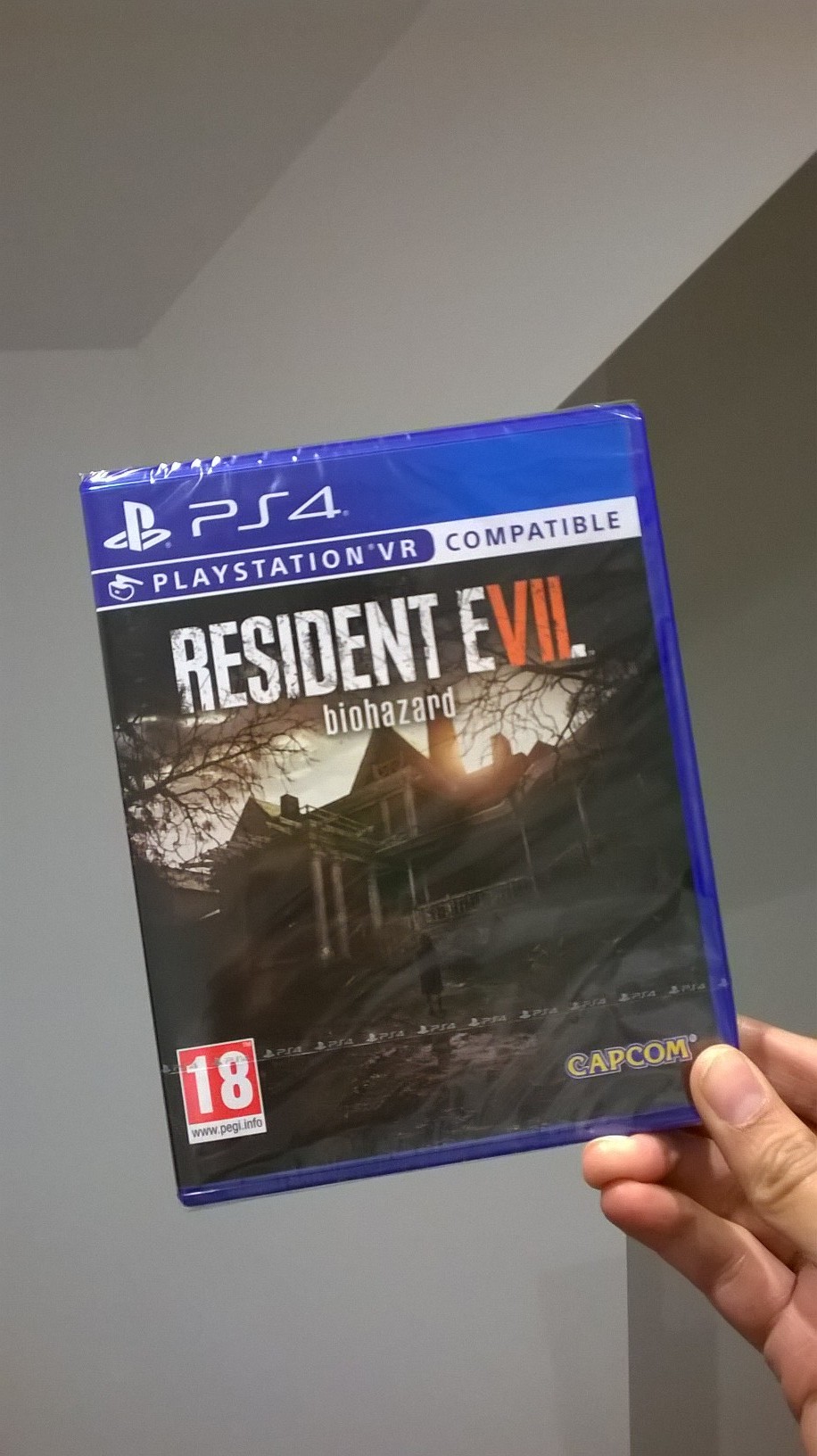Inspector Gadget was a staple of 80s cartoons for many children. The crazy adventures of a confused Clouseau-esque cybernetically enhanced policeman, who is rebuilt with many attachments may sound horrific and slightly reminiscent of the Robocop storyline but in the hands of Haim Saban and Shuki Levy it became a crazy farce that filled 86 episodes! I watched the cartoon regularly and even though it was never my favourite I still watched to see where Gadget would end up going each week. The soundtrack realy struck me at the time and the stunning introduction animation and theme song struck a cord with many people, being instantly hum-able even now.
Several soundtracks of the show were released in the 80s but they have been incomplete or suffered from noise distortion after being mastered from vinyl originals, Télé 80 released a CD in 2013 but it only had 22 songs, missing much from the series but the CD is still highly sought after by retro animation collectors.
The 2012 release of the soundtrack is incomplete and not worth getting. Also it is pretty expensive to purchase.
However a few years ago they released the updated Inspector Gadget 30th Anniversary Special Edition, which is the most complete collection so far published of Shuki Levy and Haim Saban's score. It contains all the surviving compositions known to exist and Levy provided the master tapes for the new CD himself so the quality of the tracks is pretty clear. So what of the soundtrack? The whole album is composed of 30 tracks, some vocal but many instrumental pieces from the show. The first 3 tracks feature French vocals over well known Inspector Gadget instrumental pieces. They are fine if you are into that kind of thing but they're not really for me. However the album starts properly with track 4, Gadget Sur Mars (Gadget on Mars) which is a moody slice of 80s synth with a deep wubby bassline. In parts there are sounds that are similar to some Mysterious Cities of Gold tracks.
- Track 5, Le Fantome (The Ghost) is a warbly piece of music which sounds like a synthesized zither. You can imagine it being played in a ghost house, all jaunty and kiddy scary.
- Track 6, Musee De L'art Fou (The MAD Art Museum) is an upbeat piano piece, it moves from dramatic theatricalopening to a quick piano piece which wouldn't be out of place in a stereotypical Western saloon scene. Then the main Inspector Gadget motiff plays over what I can only describe as the sound I hear when people are trying to hide in cartoons. You'll know what I mean when you hear it.
- Track 7, Gadget in Japon (Gadget in Japan) is the stereotypical Japanese music, almost comically racist if it wasn't so charming, it opens with a gong and moves along to a rendition of chopsticks and then has a traditional flute sound. It is a rather whimsical and a wonderful piece.
- Track 8, L'usine de Chocolats (The Chocolate Factory) is a rather bouncy track that reminds me of ska music with its use of piano and trumpets. The track moves at a cracking pace and the Gadget motiff is there popping up every now and again.
- Track 9, Rodeo (Rodeo) is the Gadget motiff played in a American mid-west like dancing tempo, lots of fiddles, trumpets and piano combining energetically.
- Track 10, Theme of the Dr's Gang (Theme of Dr Claw's Gang) sounds wildly different, like an 80s cop show, it is all marching beat and jazzy and has a poppy trumpery sound with some cool bass and wailing bass guitar sinuously working its way in under some serious cello.
- Track 11, Hero's Dan's La Jingle Africaine (Heroes of the African Jungle) sounds like your stereotypical African sound, all drumming and pulsing jungle beat but then it changing tempo and a trumpet comes in to give it a little verve and variety, before going back to the traditional drum sound.
- Track 12, Gadget Chez Les Incas, (Gadget With the Incas) is a piece all panpipes and traditional folk guitar and flute. The piece reminds me of Tao's Theme from another series from the time, The Mysterious Cities of Gold, and is well worth a listen
- Track 13, Fai's Gaff (I'm not sure what this means) is one of my favourites tracks, it was often used when Brain the dog had to help Gadget from certain death. It changes rhythm quite a bit moving from dramatic driving synth to jaunty ska-esque high-jinks.
- Track 14, Gadget en Difficulte (Gadget in Trouble) was often used when Gadget was just about to fall into Dr Claw's trap, it moves around quite a bit from scary synth to ska.
- Track 15, Desert Arabia, (Arabian Desert), is your stereotypical Middle-Eastern sound, all flute, jingly percussion and boingy drums.
- Track 16, Gadget Le Sophistique (Sophisticated Gadget) sounds like a lounge piano piece, all classy and slow and then it devolves into jazzy brass and almost big showtune-esque.
- Track 17, Theme Du Train (Train Theme) is a fast pulsating synth piece, the Gadget motiff plays quickly at a fast pitch with a bass sounds that recalls the sound of a train in the tracks.
- Track 18, Le Royaume (The Kingdom) is a majestic soaring piece with a marching sound that goes into dreamy hazy territory before coming back to marching music.
- Track 19, Le Course de Voitures (The Race of Cars) starts of judderingly then move at a quick pace, with keys moving up and down and the pitch changing constantly, it sounds frantic and driving.
- Track 20, Les Pharaons (The Pharoahs) is another stereotypical sound with flute and tambourine playing over a beautiful drum beat. It certainly creates a vivid image of Egypt in your head.
- Track 21, Le Theme de Finot (Finot's/ Brain's Theme) a jaunty piece which is very joyful, usually when Brains is trying to help Gadget.
- Track 22, Gadget En Italie (Gadget in Italy) is very quick and stereotypical with the sound of fast folky guitar.
- Track 23 is the Gang Theme reprised and has more wailing guitar sound and a heavier burst of trumpets.
- Track 24 is the opening theme in instrumental and is just as wonderful as you remember.
- Track 25 is one of the highlights of the album for me as it is Sophie's Theme (Penny's Theme), a beautiful brass piece playing over a cheerful and jaunty beat.
- Tracks 26 to 30 are different versions of the opening and closing tracks and track 27 gives us the English-language opening theme in true stereo.
This is the soundtrack that any fan of the show should get as it has many of the tracks used in the show, more than any previous soundtrack release.
Overall this is an excellent soundtrack with some really strong pieces that sound similar in instrumentation to MCOG. The album itself if wonderfully eclectic but brought together with the constant Gadget motiff. The album is well worth getting and as it has been remastered from the originals, probably the best you'll get of this fondly remembered series.


